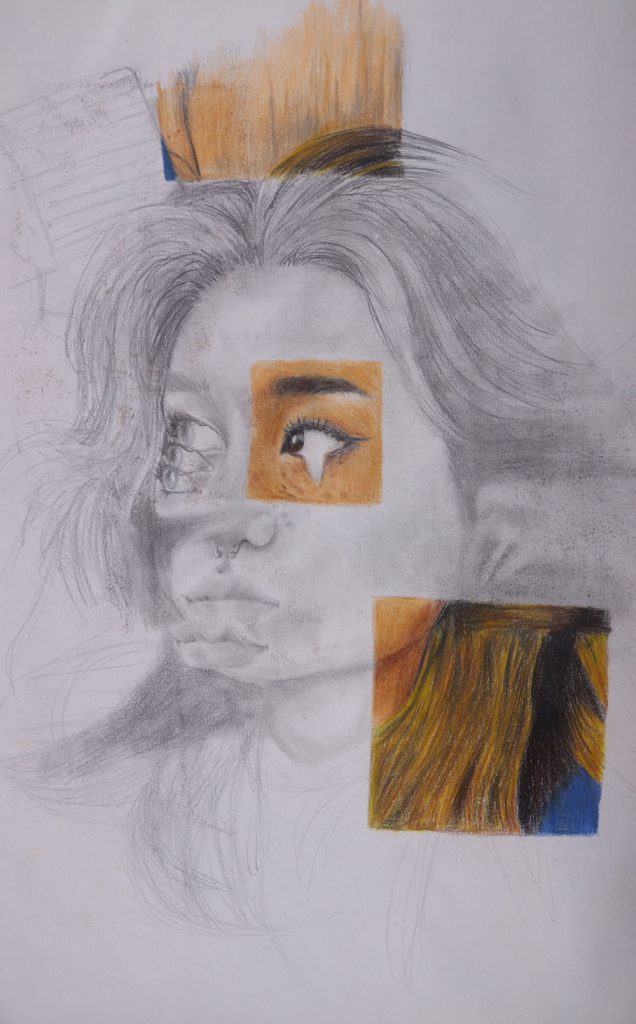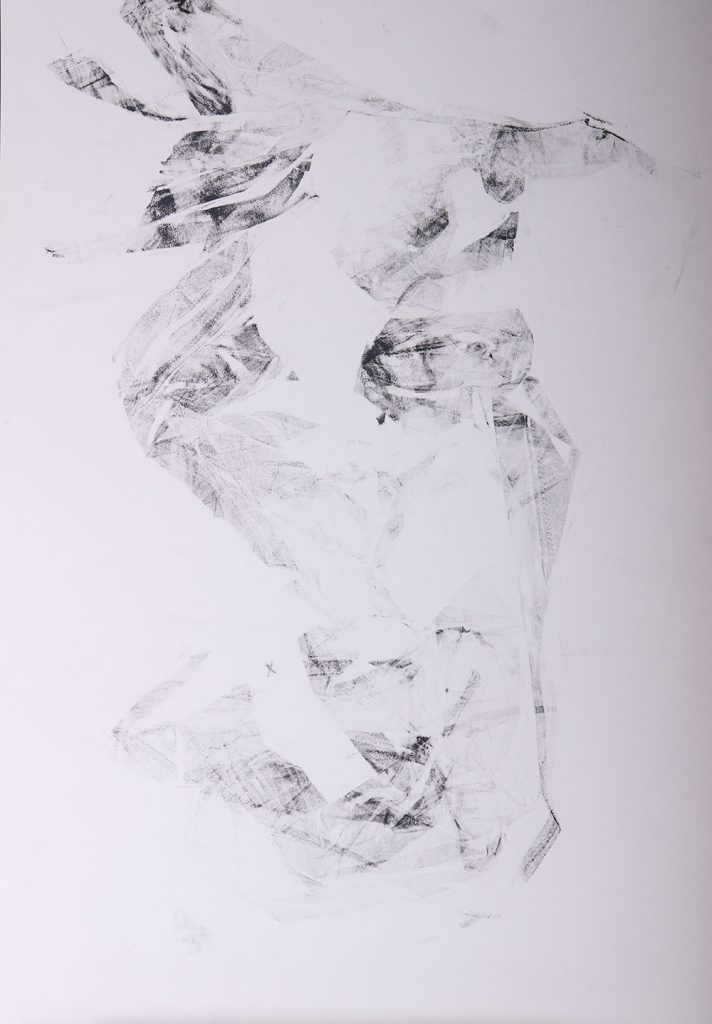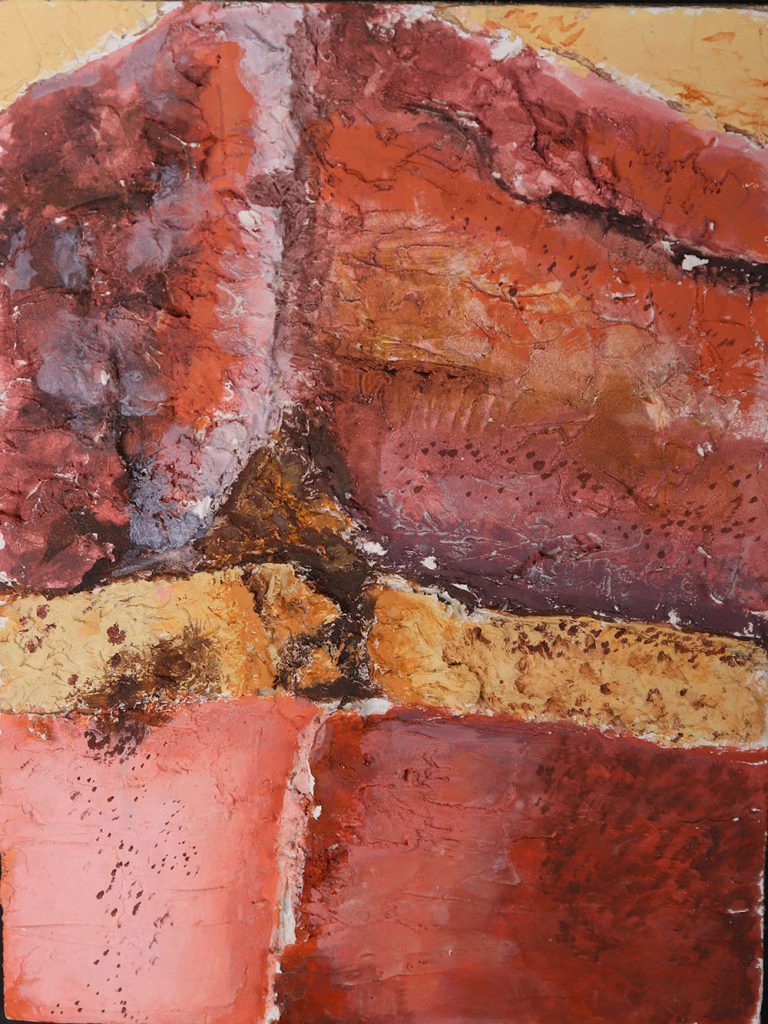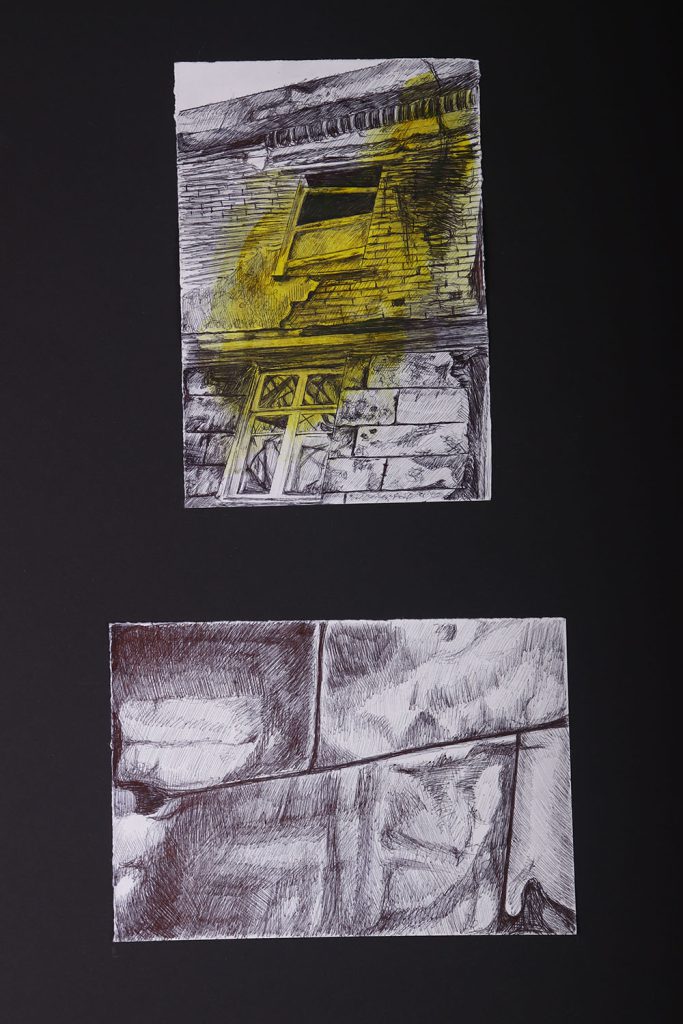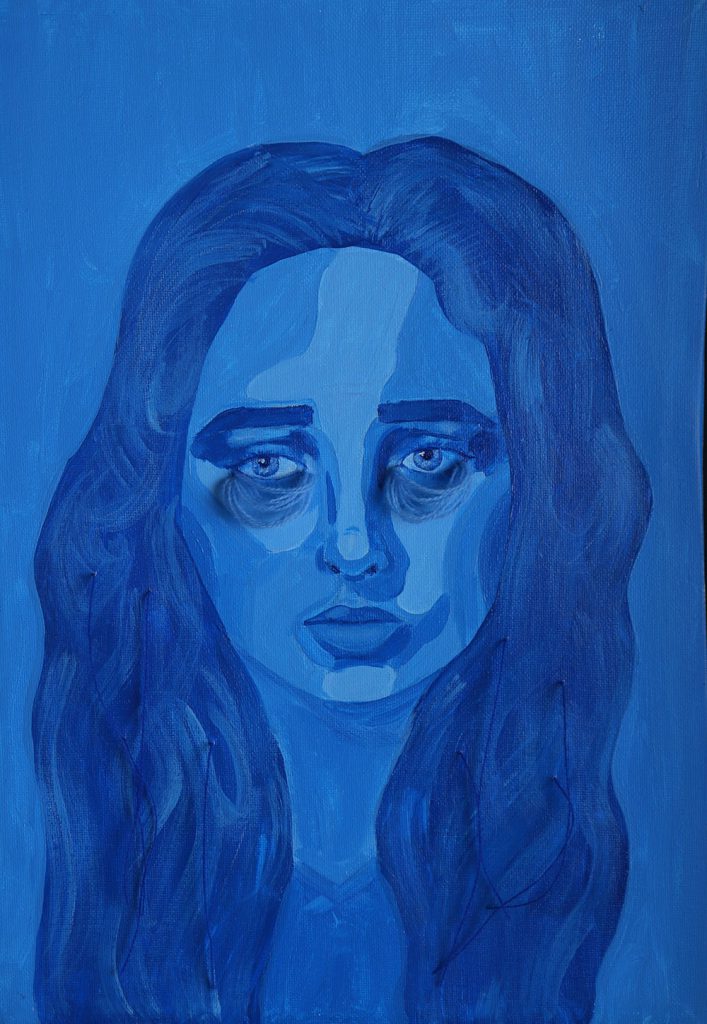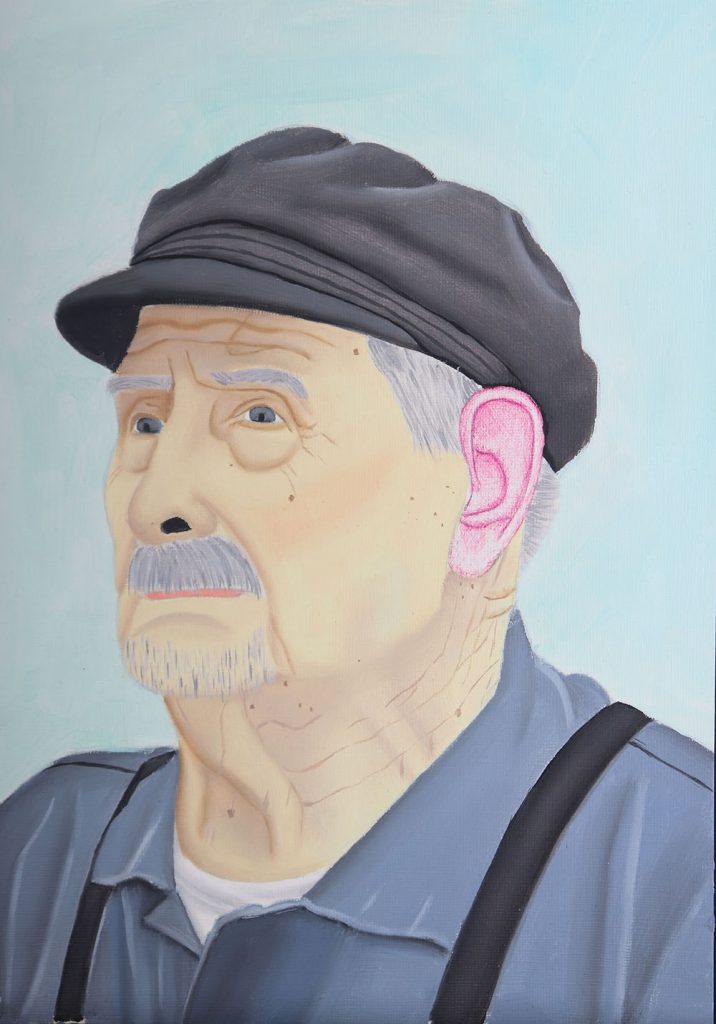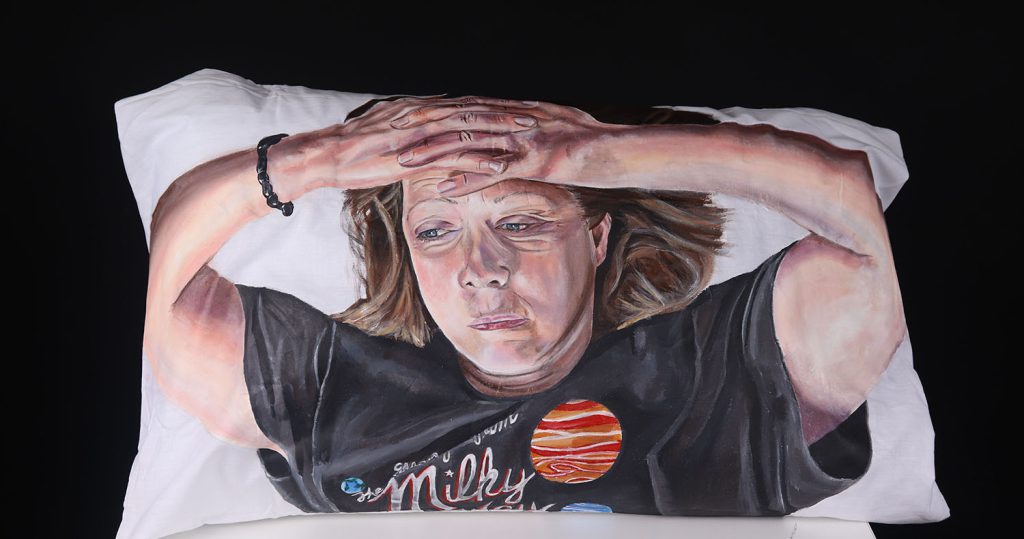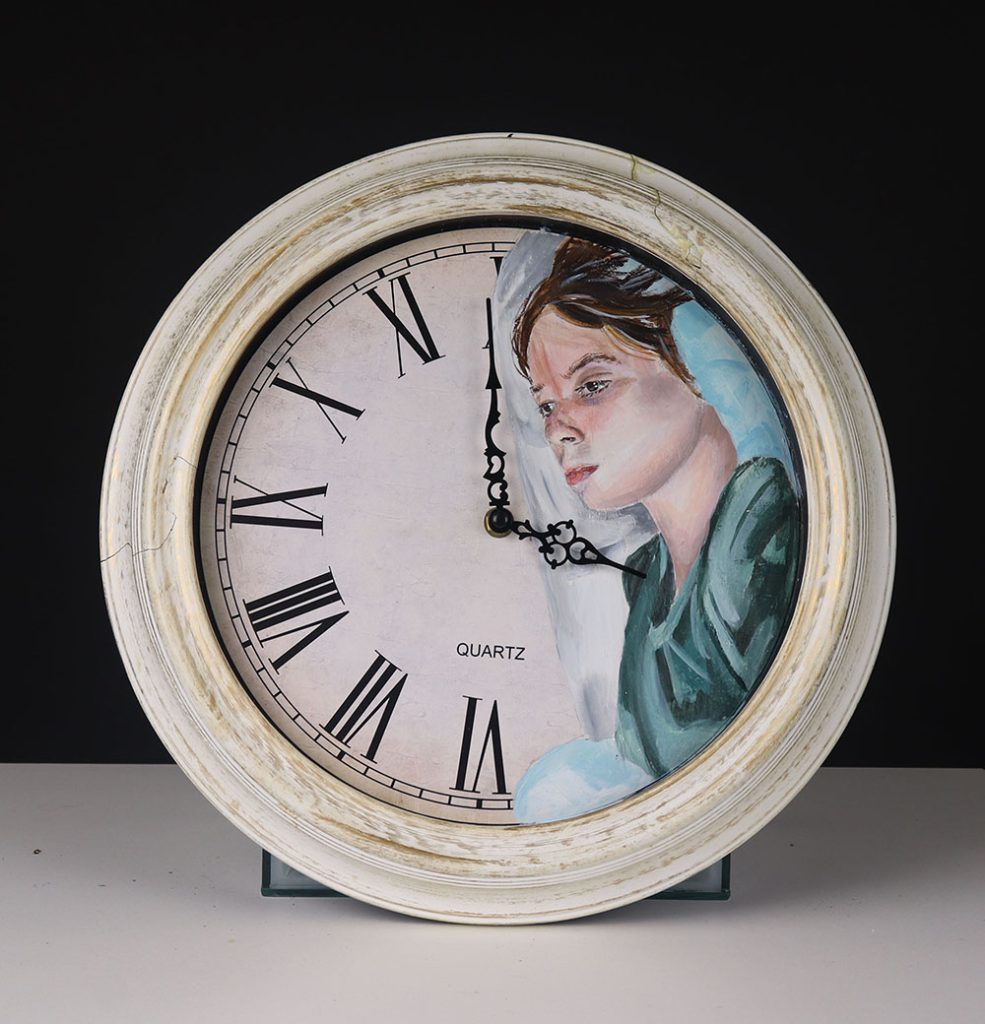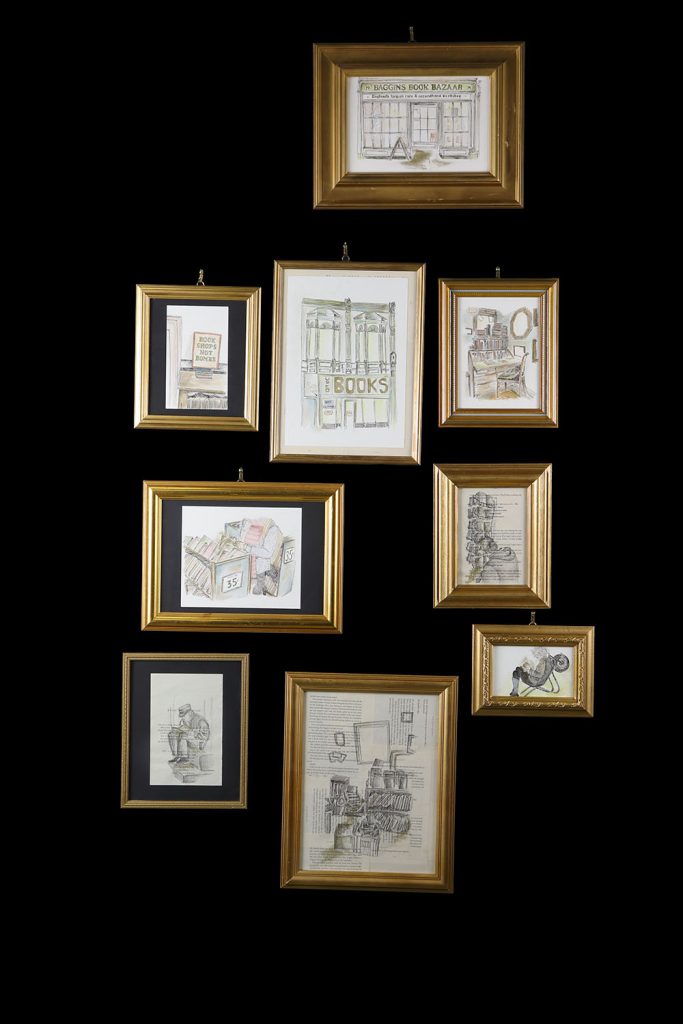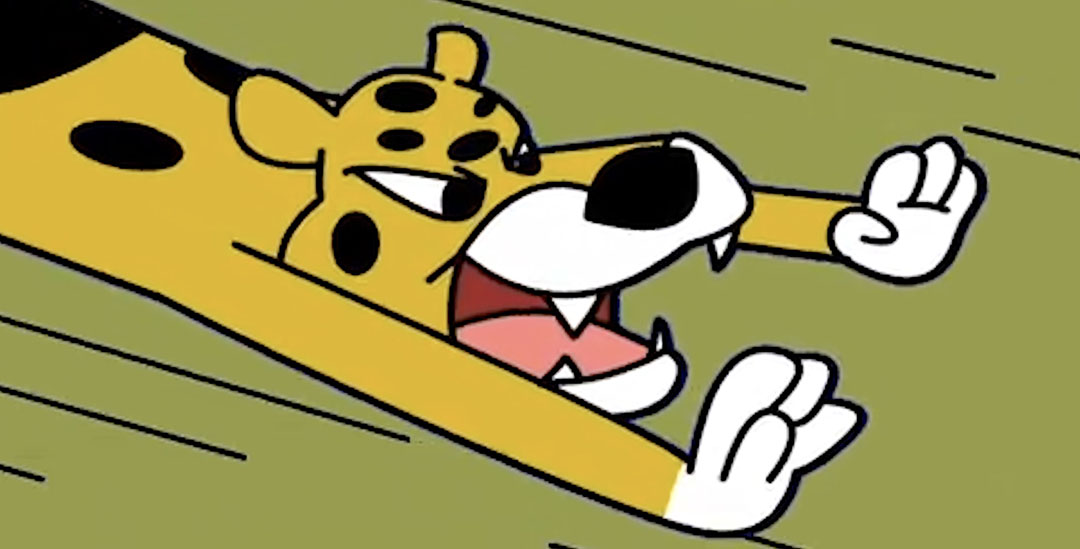
Media and Animation 2023Media and Animation 2023




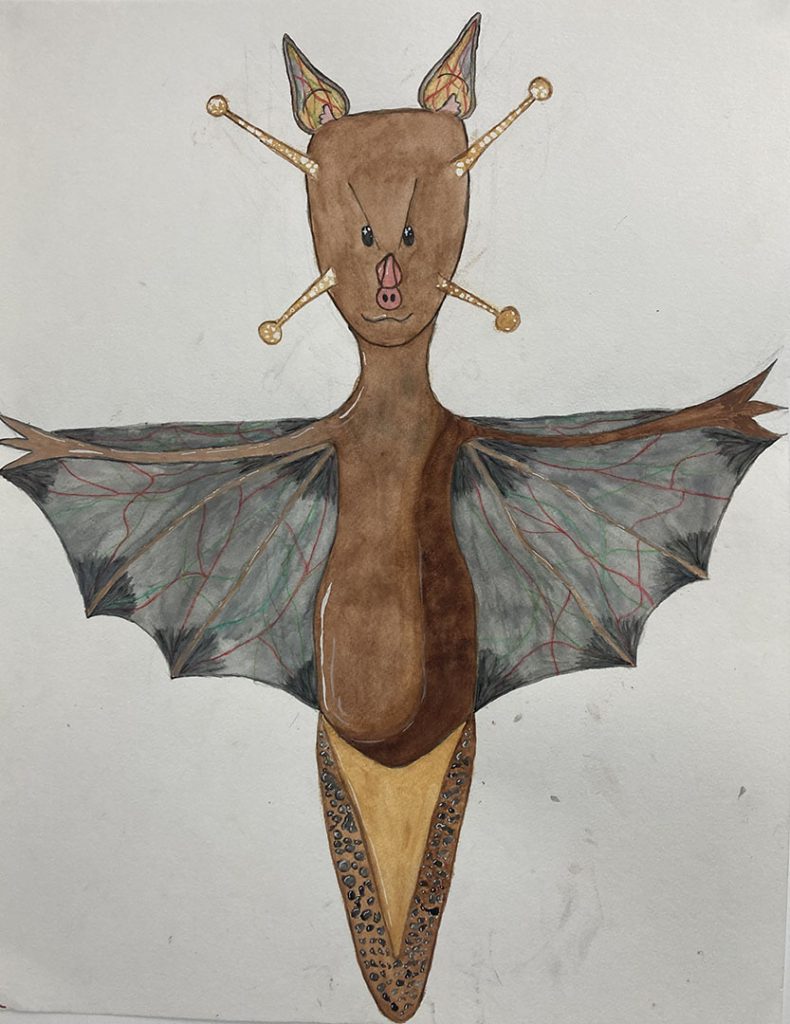
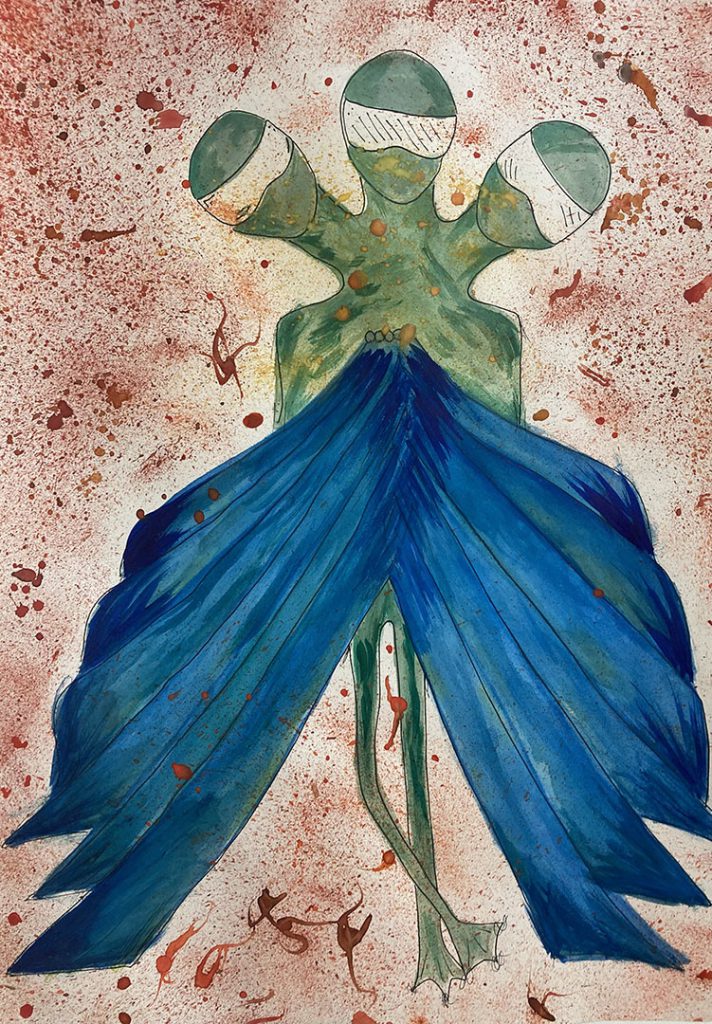
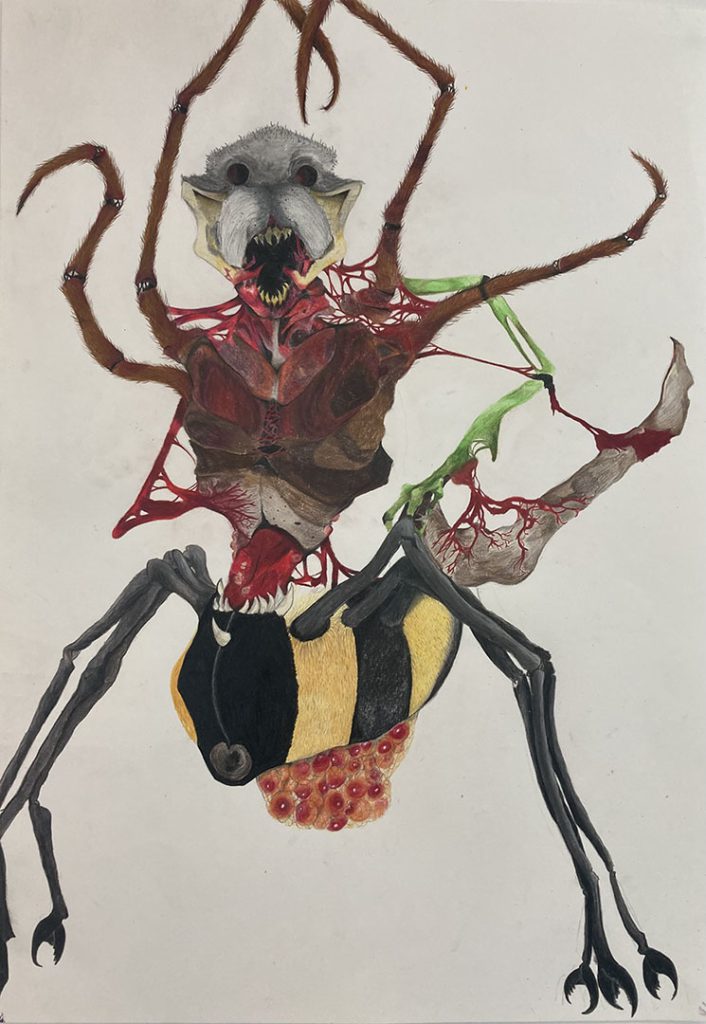

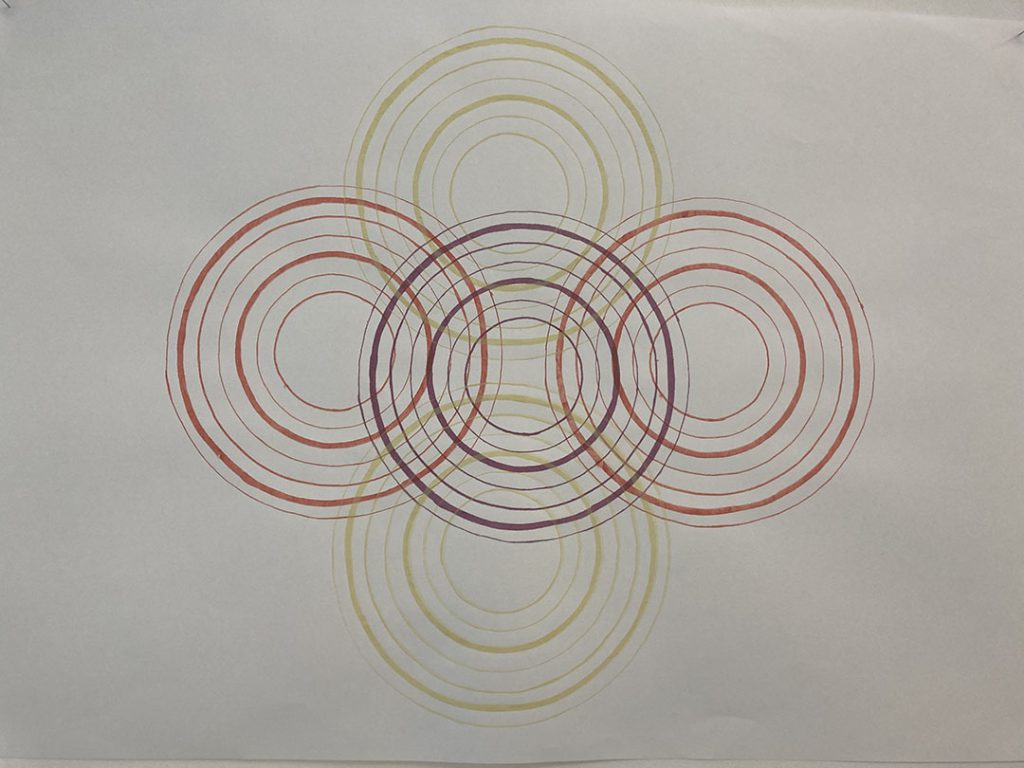
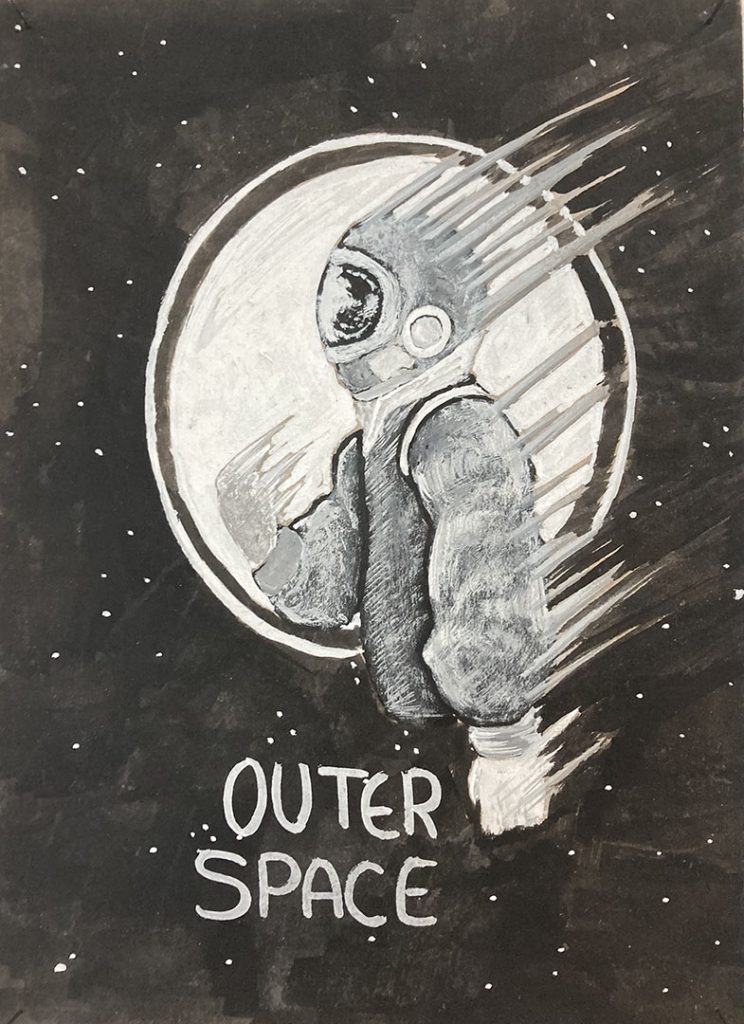
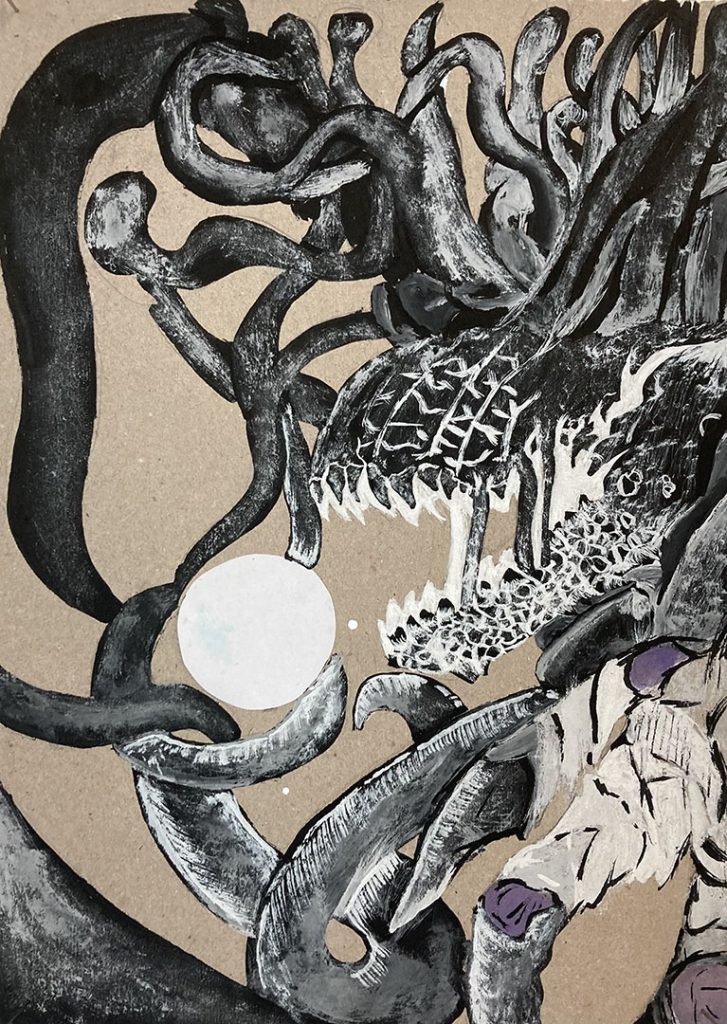


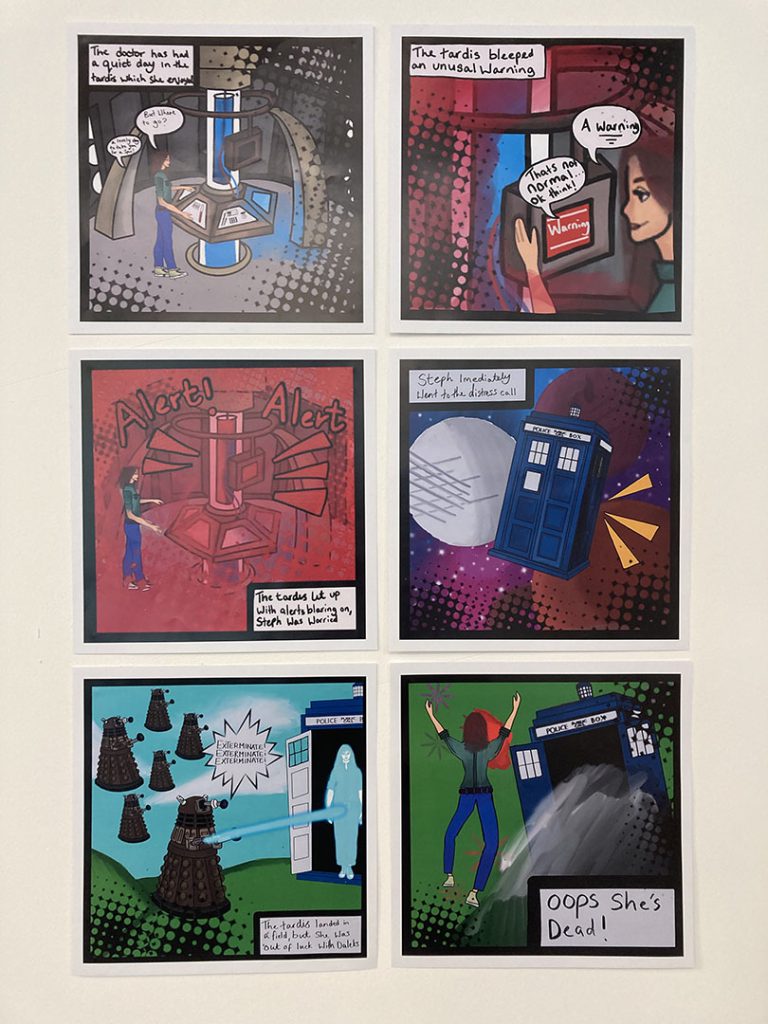

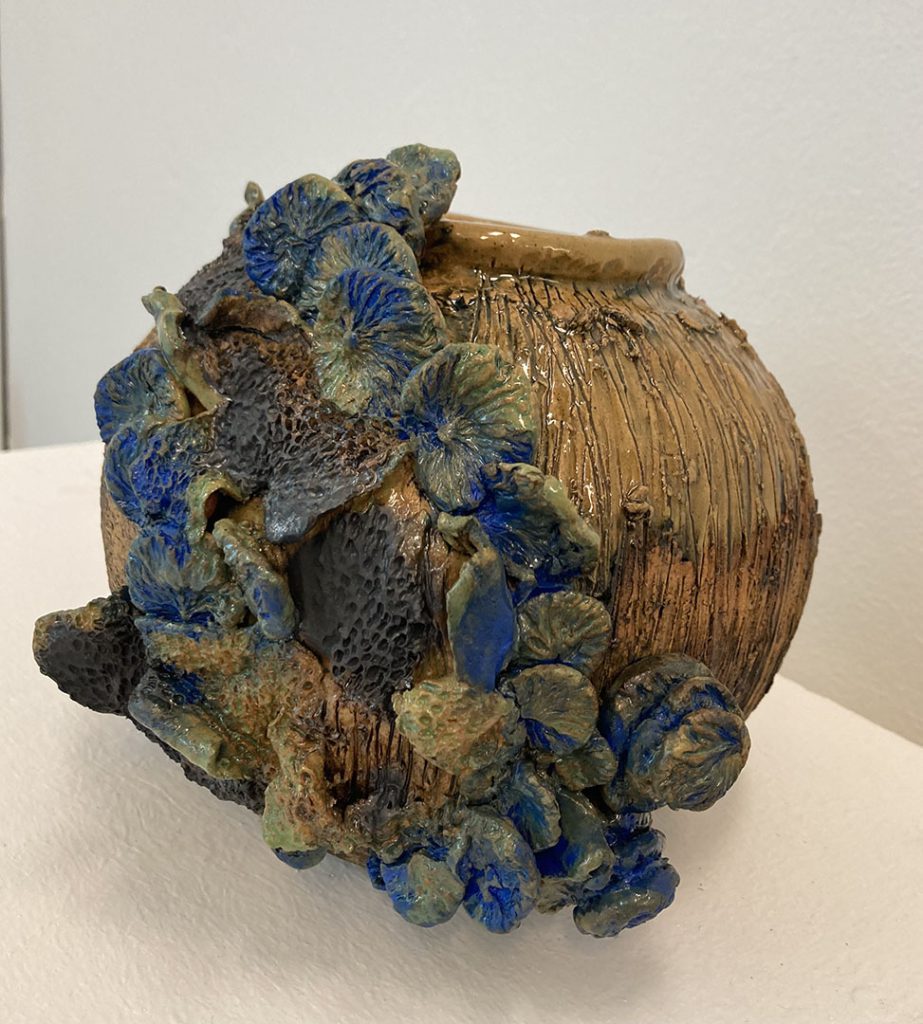


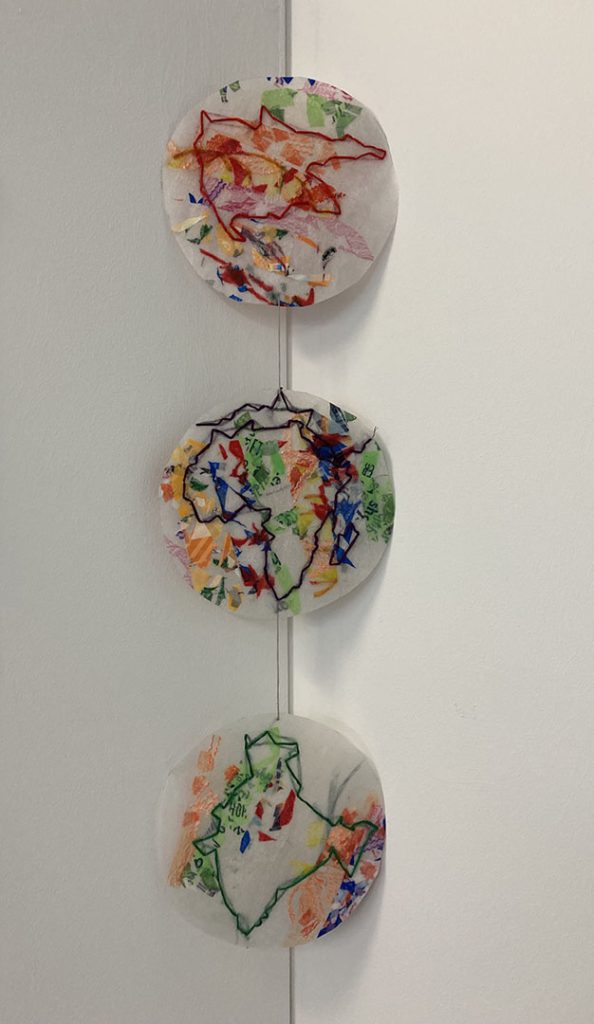
This year our Level 2 students have worked in a diverse range of projects, exploring creative disciplines such as photography, ceramics, print making and 3D. Learners have also had the opportunity to take part in live competitions and events, including Dudley Remembers and The Dudley young photographer of the year.
Jo Davis, Level 2 art tutor

















Students have been engaged in the production of media content for skills development in Script Writing, Cinematography and Video Editing. They have researched, planned and produced videos for various projects, including exploring narrative themes and TV studio multi-camera productions. Students also undertook productions exploring emerging technologies in live web streaming.
The standard of work has been excellent, with students researching, writing and producing final project work including short film, music video and documentary. Productions have benefitted from students having access to TV studio facilities to enable advanced uses of lighting and cinematography.
The work produced this year shows genuine creativity and imaginative uses of industry standard resources.
Stuart McConnell, Lecturer in Media
The animation production course is now in its third year. Students have been engaged in the production of animations for broadcast and on-line distribution including Music Video, Idents, Digital art, Graphic Narrative Production and Final Independent project where students research, design and produce animations based on their own style and techniques.
Students began their studies exploring the 12 Principles of animation which underpin the key creation of movement. This year has seen the students produce excellent 2D animations using hand drawn content, digital illustration and vector/asset-based techniques.
The standard of work has been excellent with most students working at a standard equivalent to year 1 degree level study.
Stuart McConnell, Lecturer in Media and Animation

This creative cohort endured testing times through the COVID-era, at school, but have now built their confidence, cohesiveness and created a collaborative, supportive ethos. In terms of inter-department collaboration, they have photographed most college dance, musical theatre and drama events since the summer. All 2nd years are currently making promotional images for music students. Only one of our students considered going to university at the start of the course. Now 7 or 8 out of 11 are going to university and not only local ones. This year we have organised many talks, including from Gloucester University, Staffordshire University and Coventry University. We have travelled for workshops to The University of Wolverhampton and Hereford College of Arts. Also, previous students from Falmouth University, BCU, etc, have come back to work with us and inspire us.
Since Christmas, we took part in a special cross-curricular upgrade fashion shoot, inspired by Andy Kruczek’s talk and mentoring, later exhibited at the YMCA shop. Recently, we exhibited across 3 campuses for the college’s Equality and Diversity Day, as well as having a Conservation Photography exhibition at The Dudley Archives. Last year’s student Zoo Book raised hundreds of pounds for the orangutans of Indonesia. Following our work with Anand Chhabra, for Historic England, 3 students have been selected to exhibit their High St Heroes work across England, including London and Derby’s Festival of Photography.
This creative cohort endured testing times through the COVID-era, at school, but have now built their confidence, cohesiveness and created a collaborative, supportive ethos. In terms of inter-department collaboration, they have photographed most college dance, musical theatre and drama events since the summer. All 2nd years are currently making promotional images for music students. Only one of our students considered going to university at the start of the course. Now 7 or 8 out of 11 are going to university and not only local ones. This year we have organised many talks, including from Gloucester University, Staffordshire University and Coventry University. We have travelled for workshops to The University of Wolverhampton and Hereford College of Arts. Also, previous students from Falmouth University, BCU, etc, have come back to work with us and inspire us.
We are currently working with staff and students at the IOT, pioneering an educational app for students with communication difficulties, to be used across Dudley Schools. This year, one student won Dudley Young Photographer of the Year and another won a top 10 UK student award, for an image, later exhibited at the national Photography Show. In addition, one student has had a very fruitful work experience engagement with Thomas Dudley. We are currently making a ‘Ronnie and Friends’ Baby Loss Awareness book as well as this excellent yearbook. Following our work with The Holocaust Education Trust and the Dudley Holocaust Memorial, we recently had a meeting with Lord Austin, who together with the Mayor of Dudley, is commissioning us to photograph local refugees to celebrate their contribution to the community, for a forthcoming exhibition. In so many ways, this group have exceeded expectations and we wish them continued success in the future. We’re proud of you! Keep in touch – Class of 23!
Phil Brooks, course leader, photography
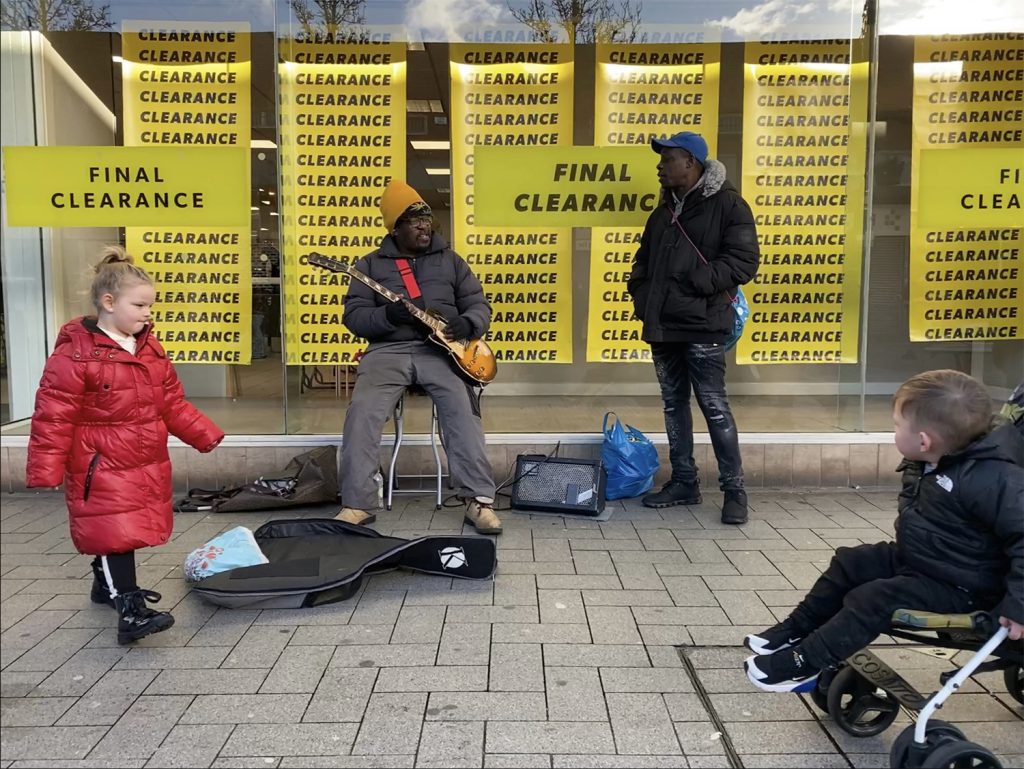
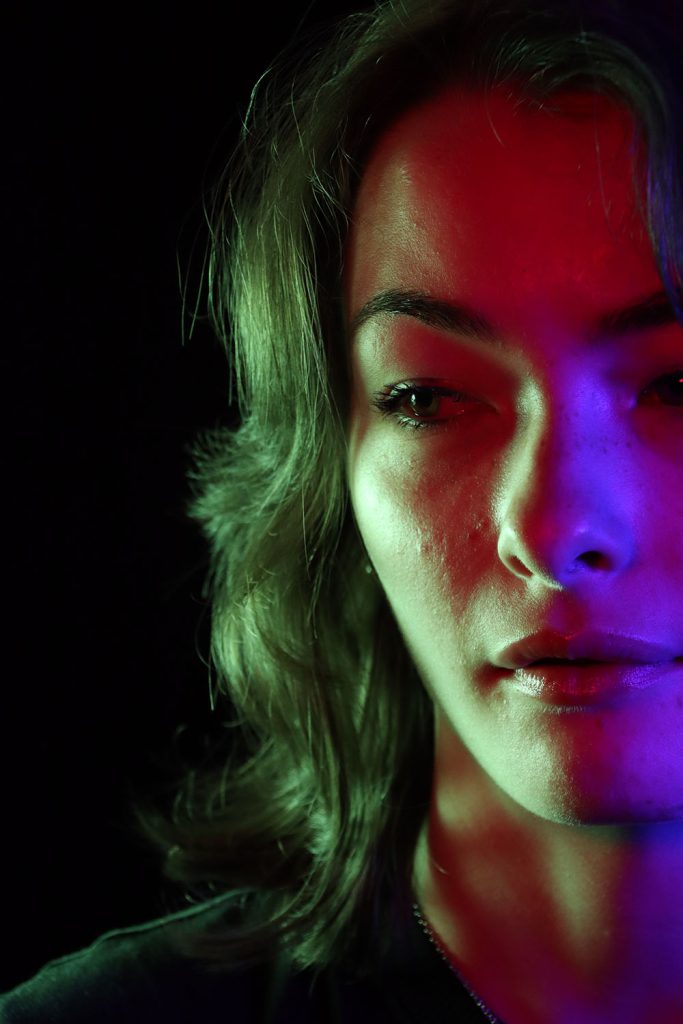
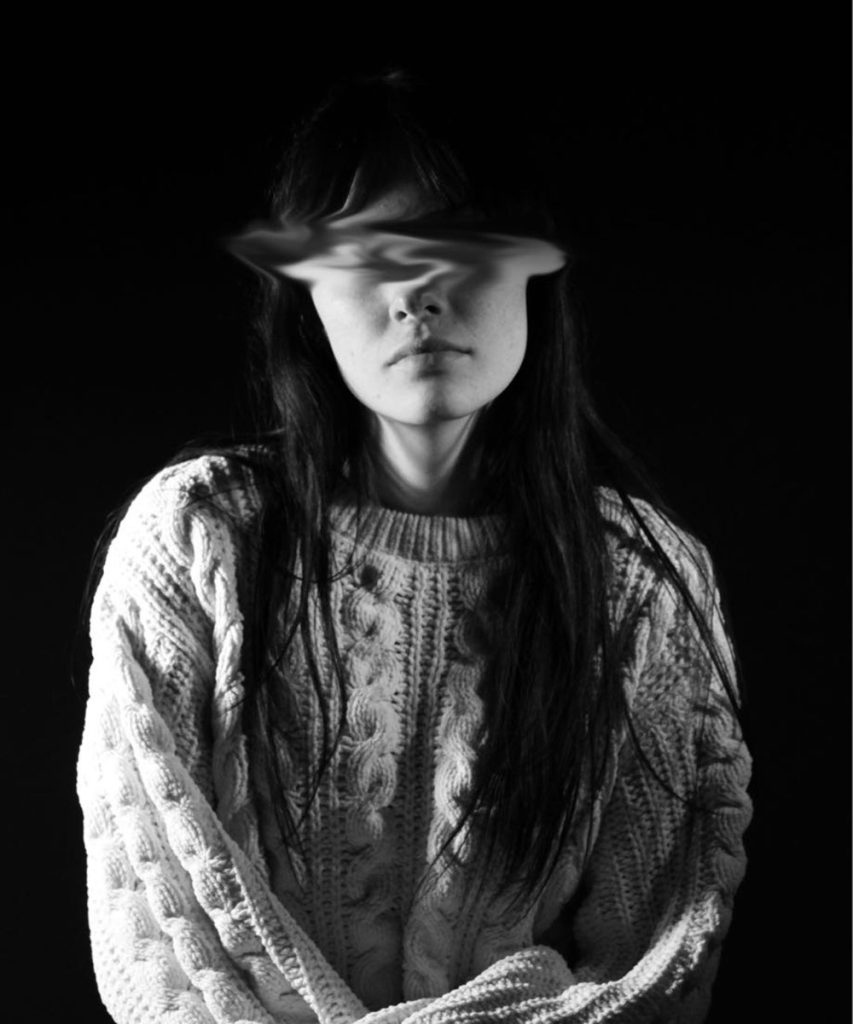
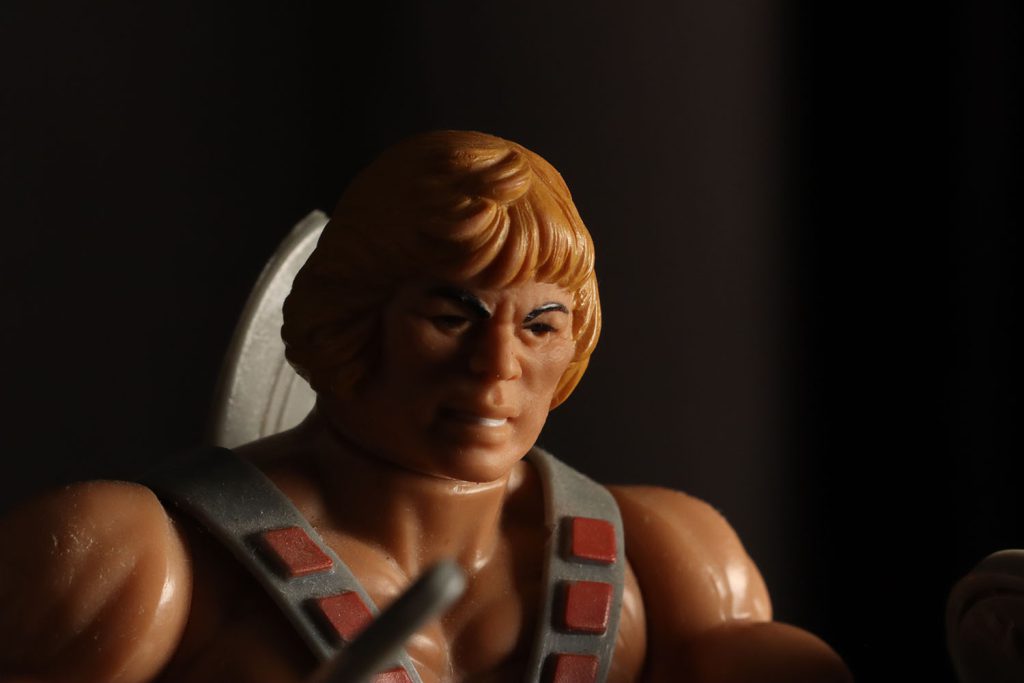

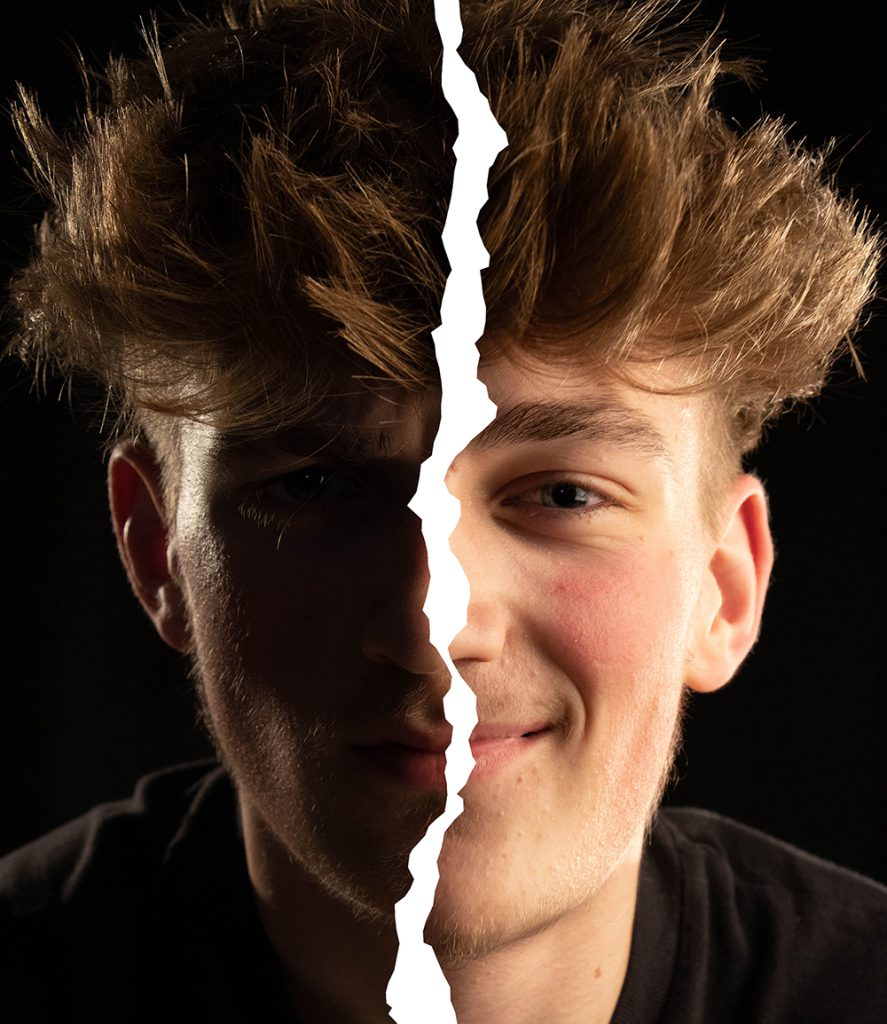
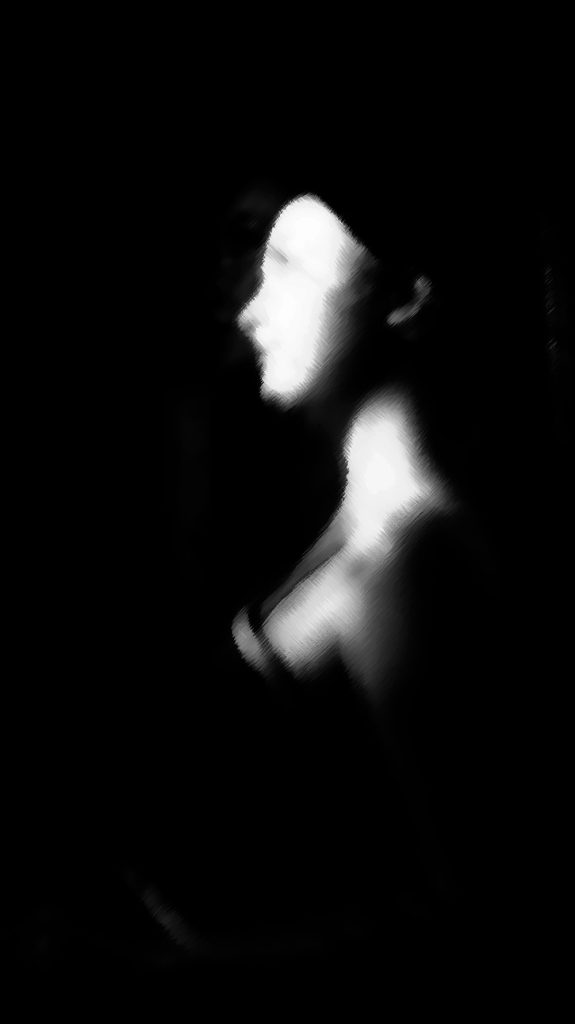


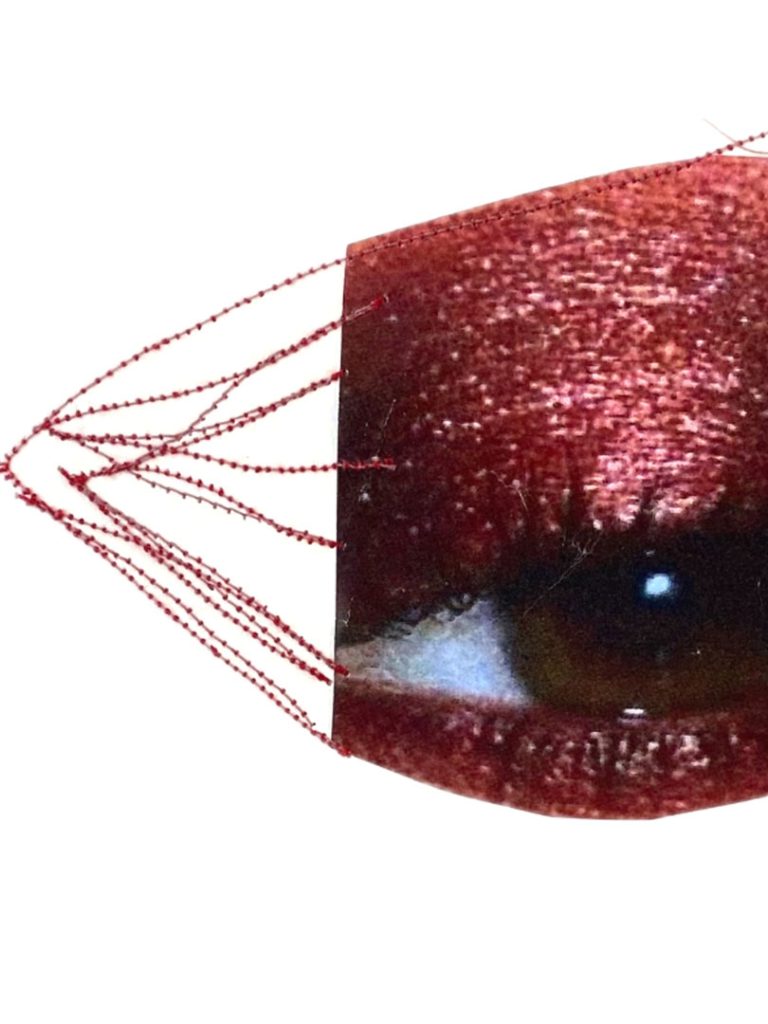
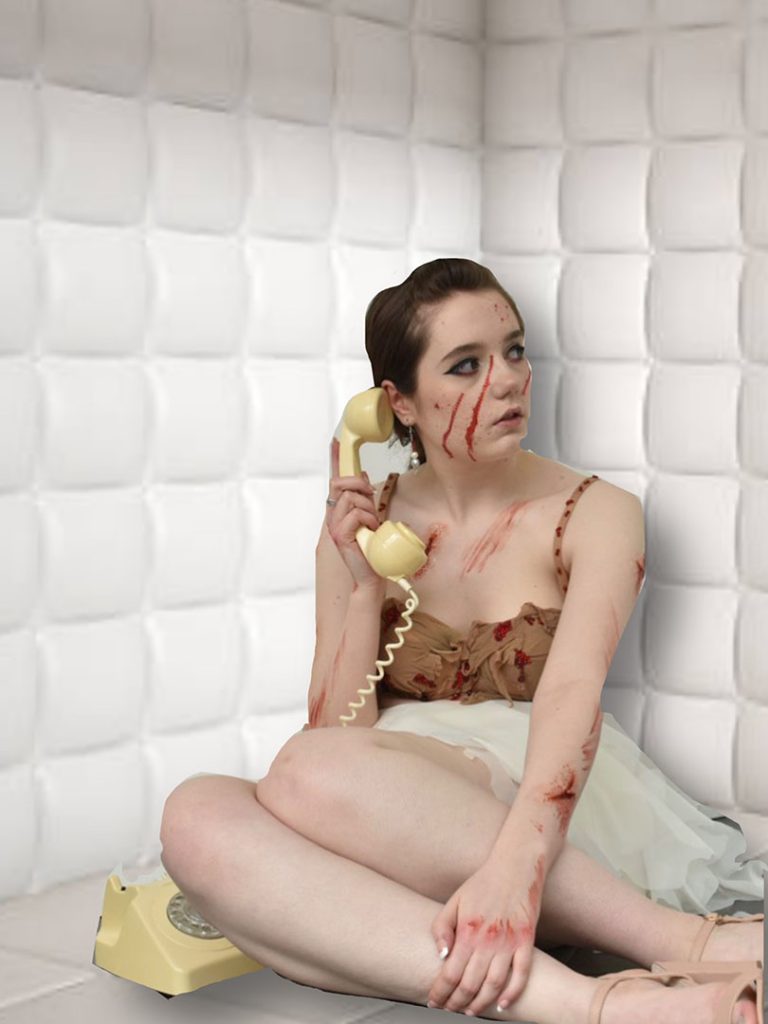
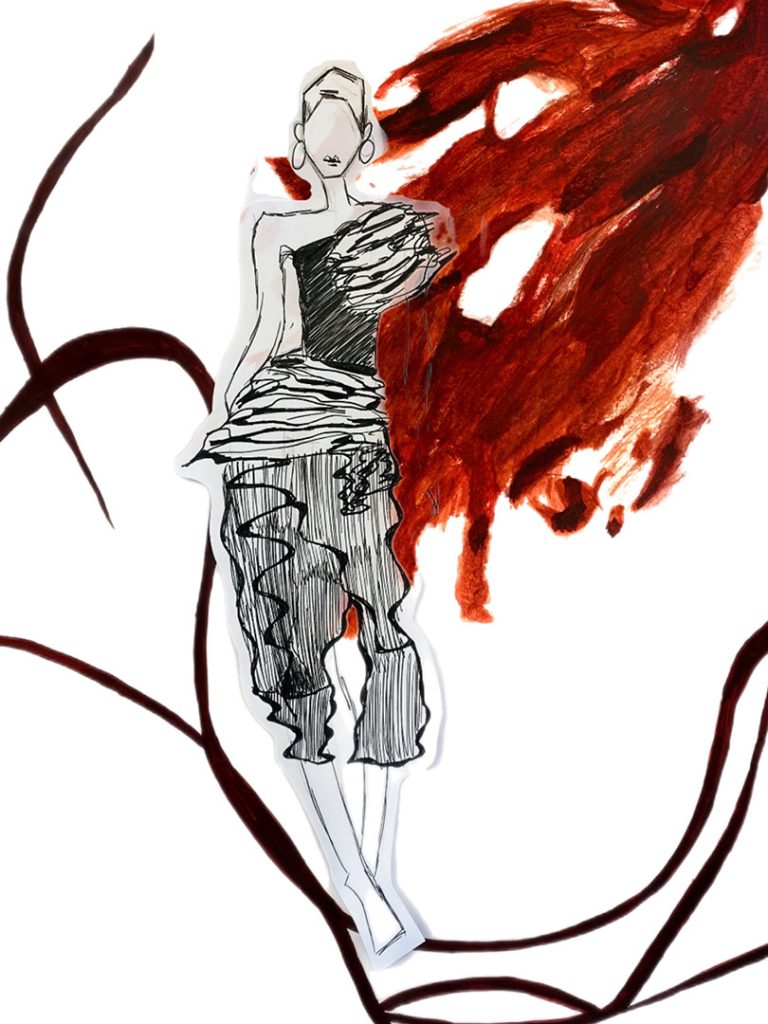
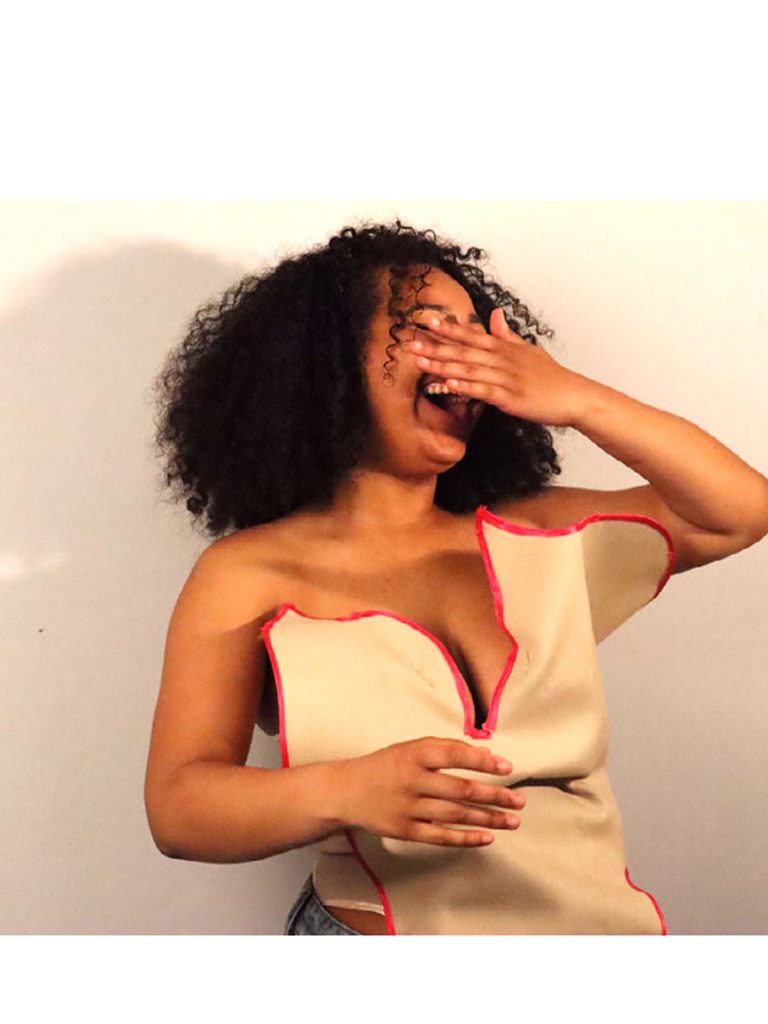

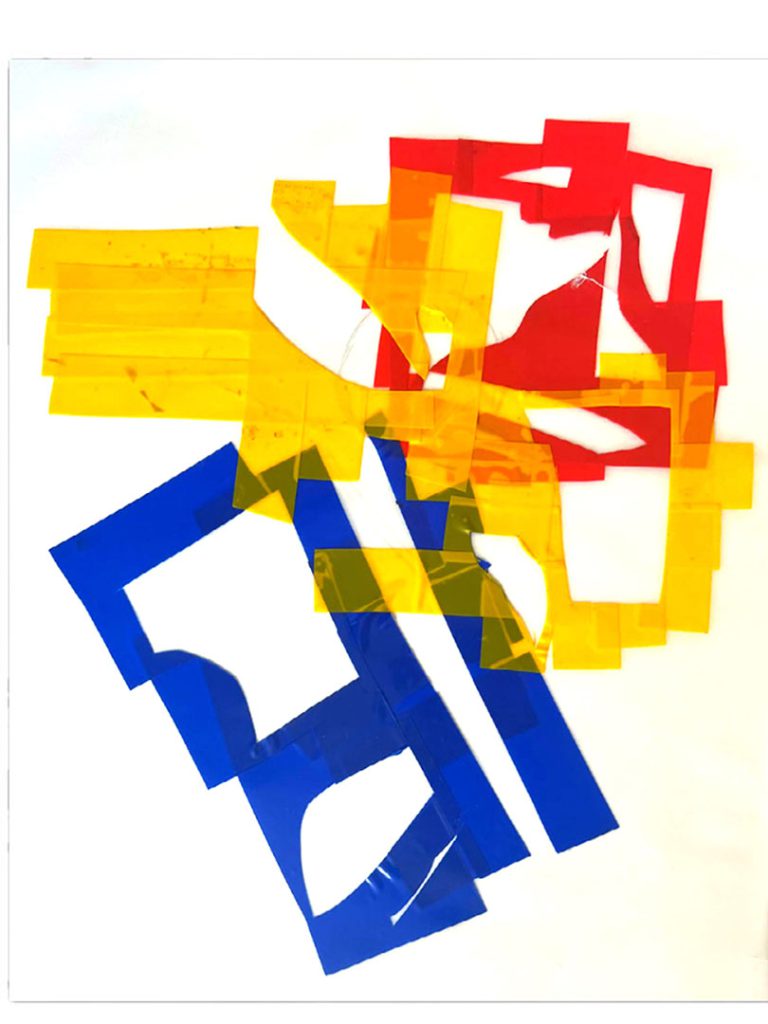

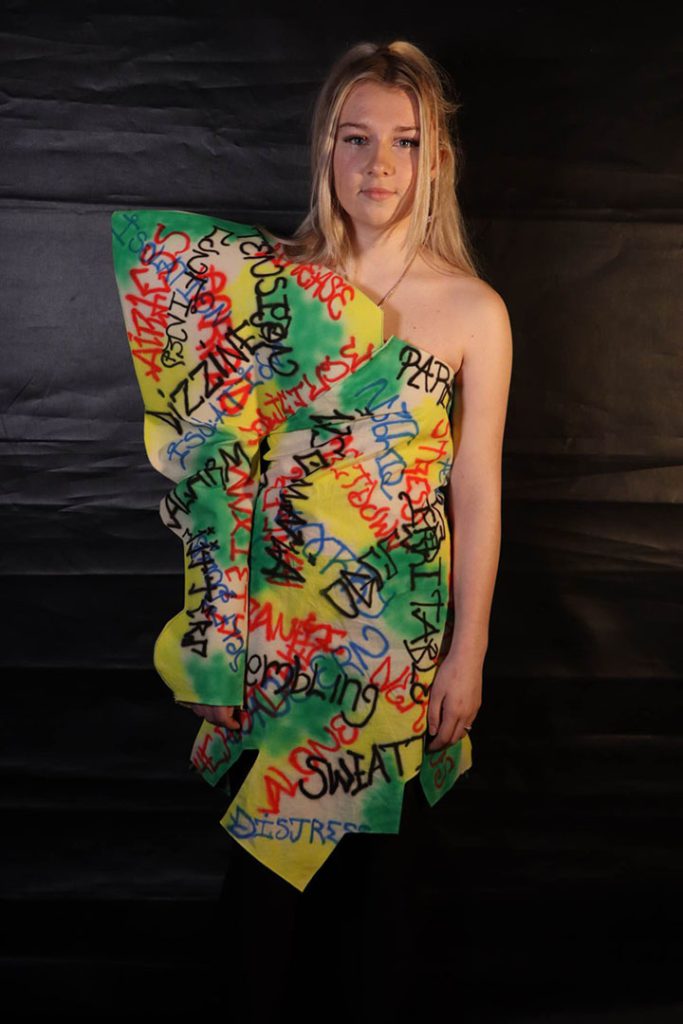

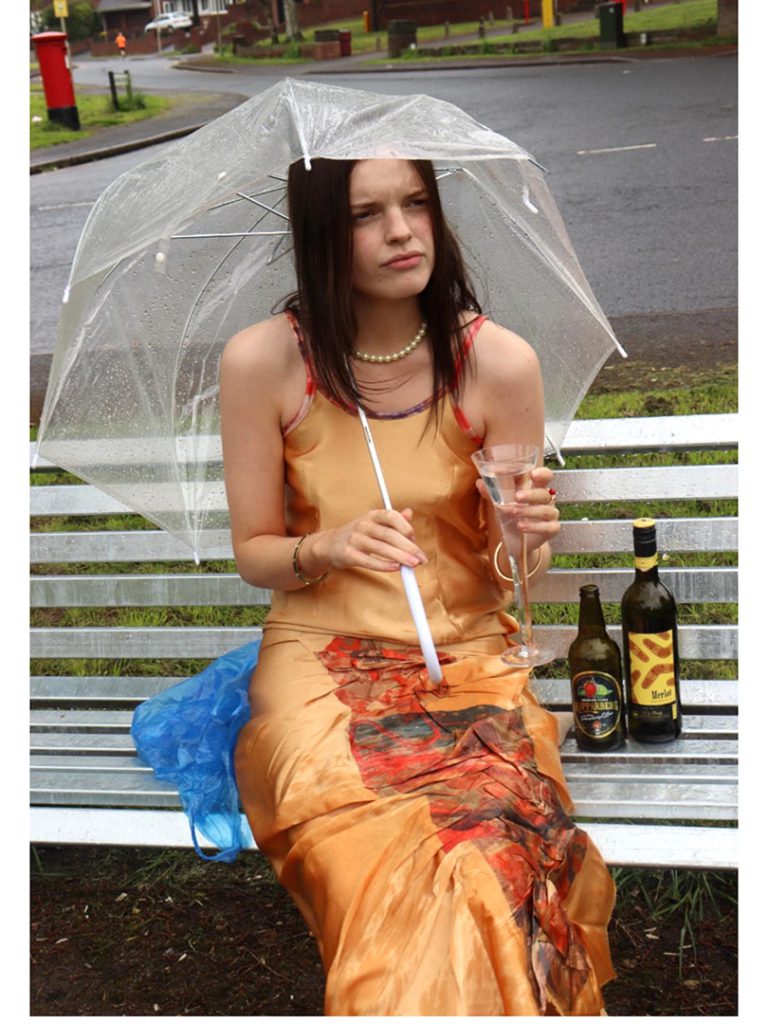

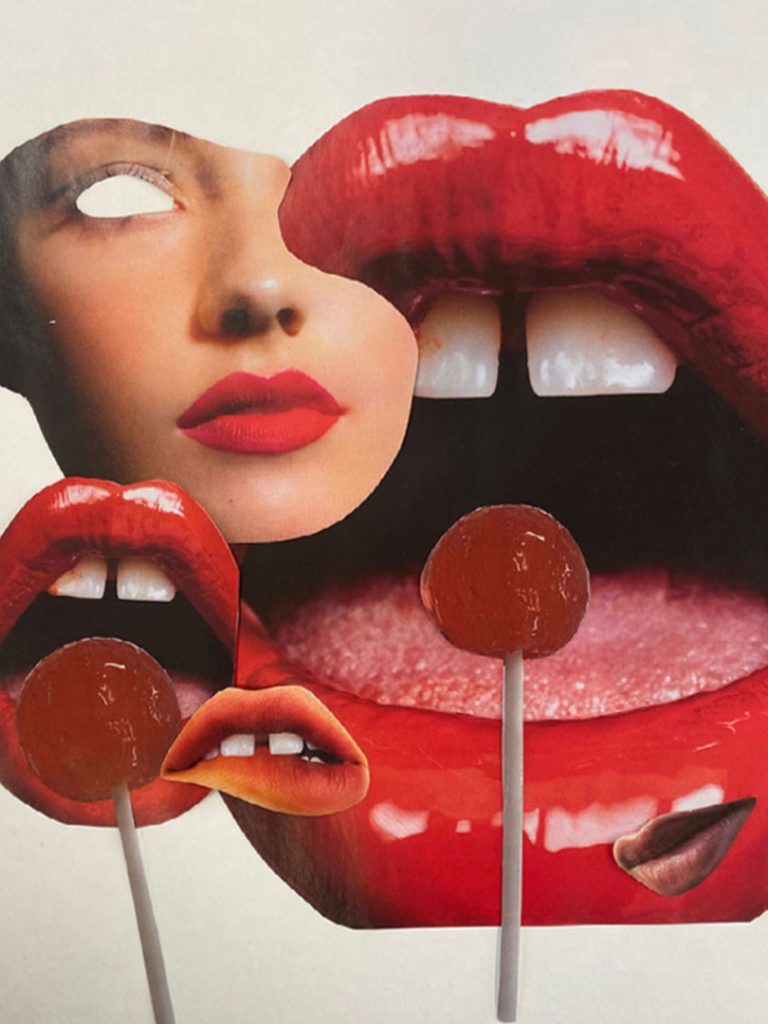

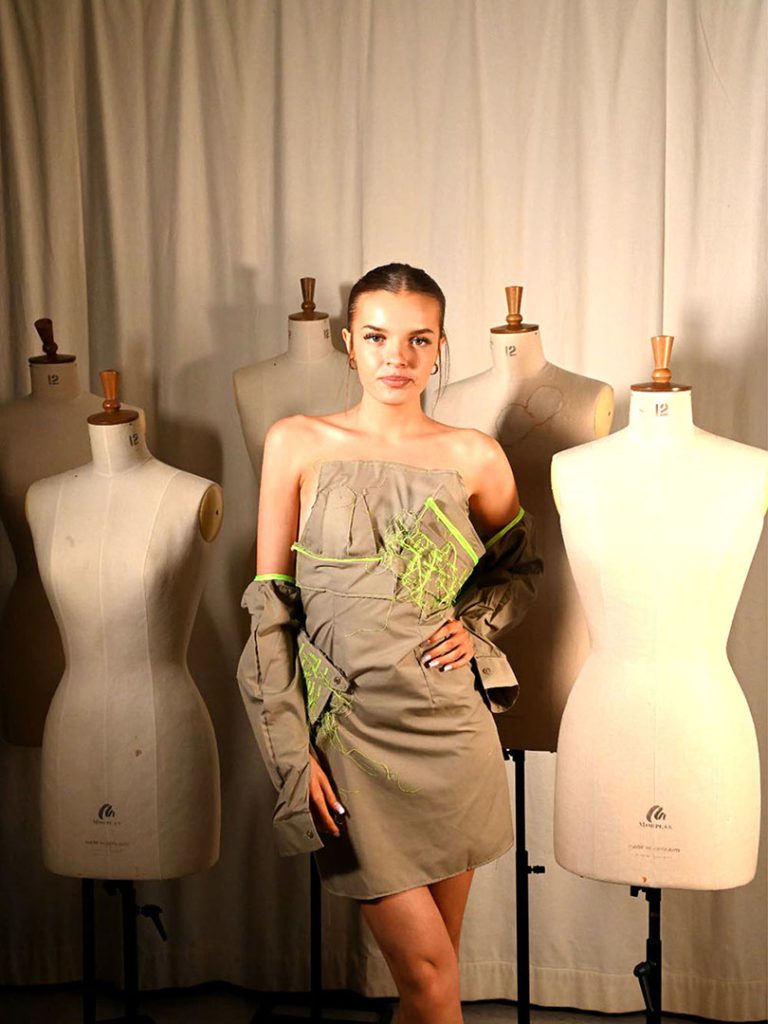

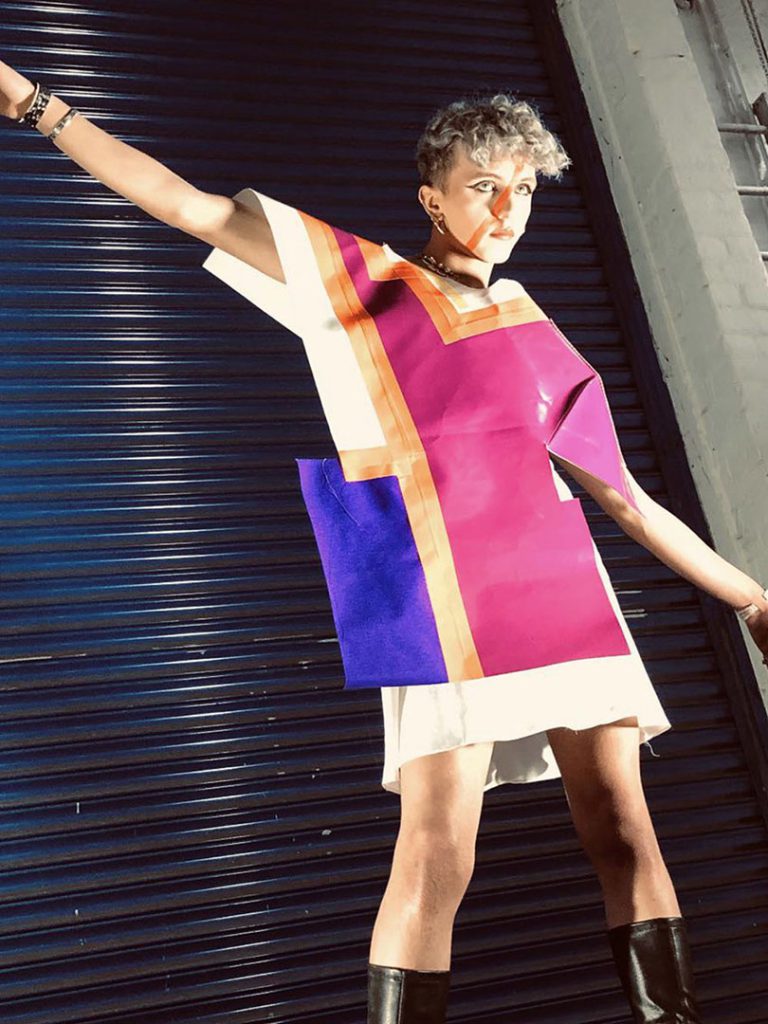

This qualification offers learners the opportunity to develop their technical fashion & textiles skills through a process of self-evaluation, practice and review. In addition to the specialist fashion & textiles content available in this qualification, learners will develop the transferable and higher-order skills that are highly regarded by higher education and employers, for example communication, project management and problem solving.
You will develop practical skills and knowledge in fashion and textiles through lessons taught in specialist studios. From initial ideas and concepts, you will learn how to pattern cut, create your own textiles and construct garments. You will have the chance to see your fashion collections come to life during public fashion shows and a final exhibition.


















As a purpose built, self-contained A-Level centre with the goal to educate and enthuse the next generation of learners, Dudley Sixth is fast gaining a reputation for being one of the best places to study A-Levels in the Black Country, Birmingham and the wider West Midlands region.
Our A-Level courses in Fine Art, Graphic Communication, Photography and Textile Design are your gateway to Higher Education, Higher Apprenticeships or employment. The majority of our learners plan to progress onto university and many accept places at a range of Russell Group universities, including Birmingham, King’s College London and Manchester, as well as other local prestigious universities including Aston and Keele.
With subject specialists guiding you through your two-year A-Level programme, you will receive the highest quality education. Our aspiration is for you to achieve your potential and have a very successful future.



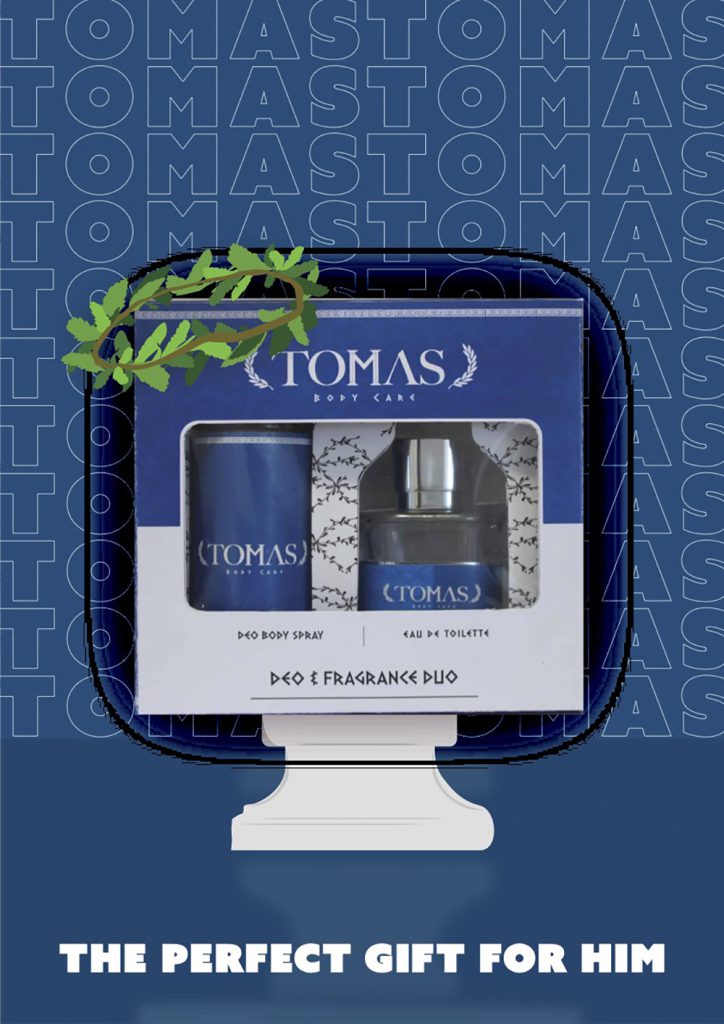


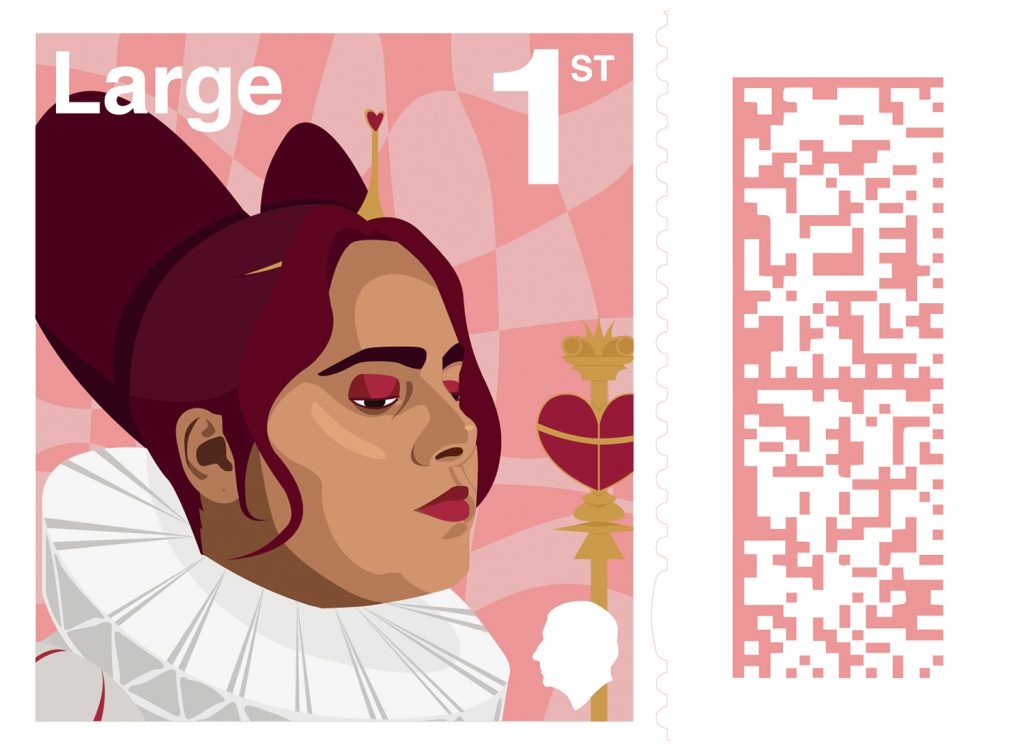
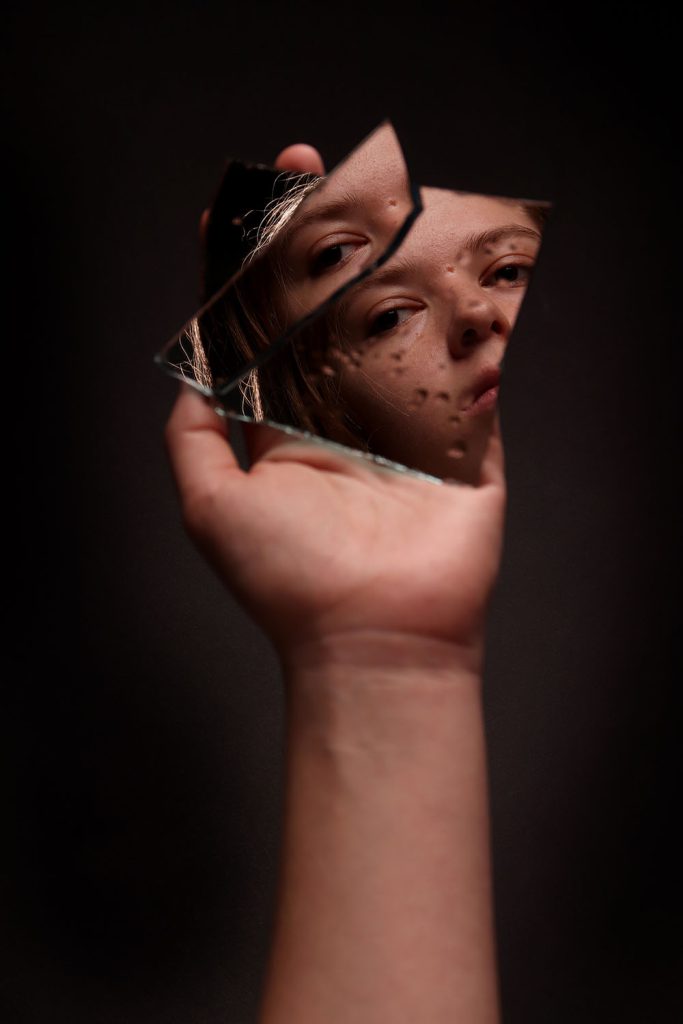



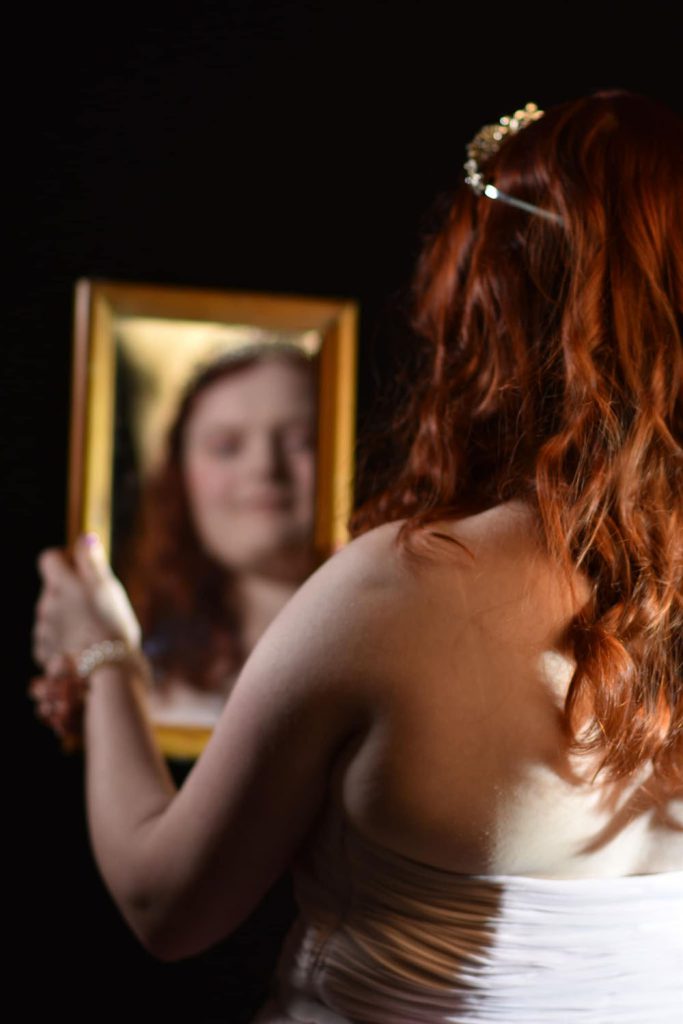








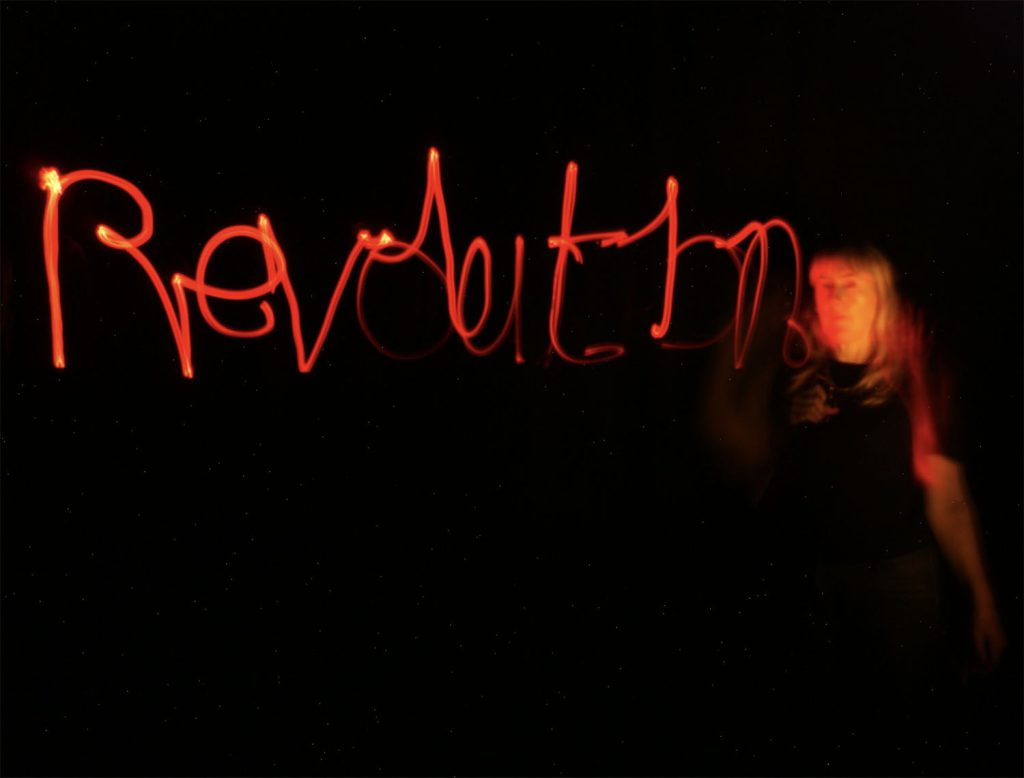
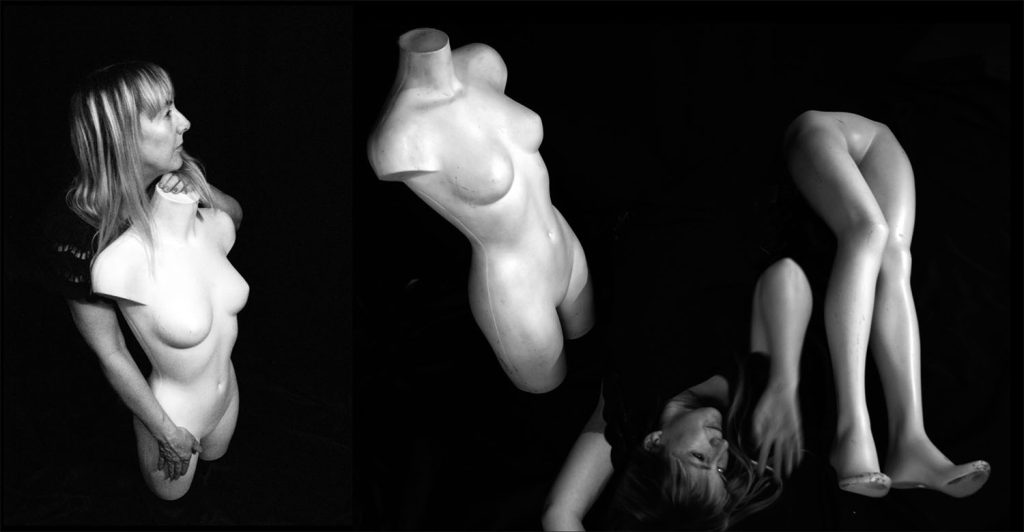





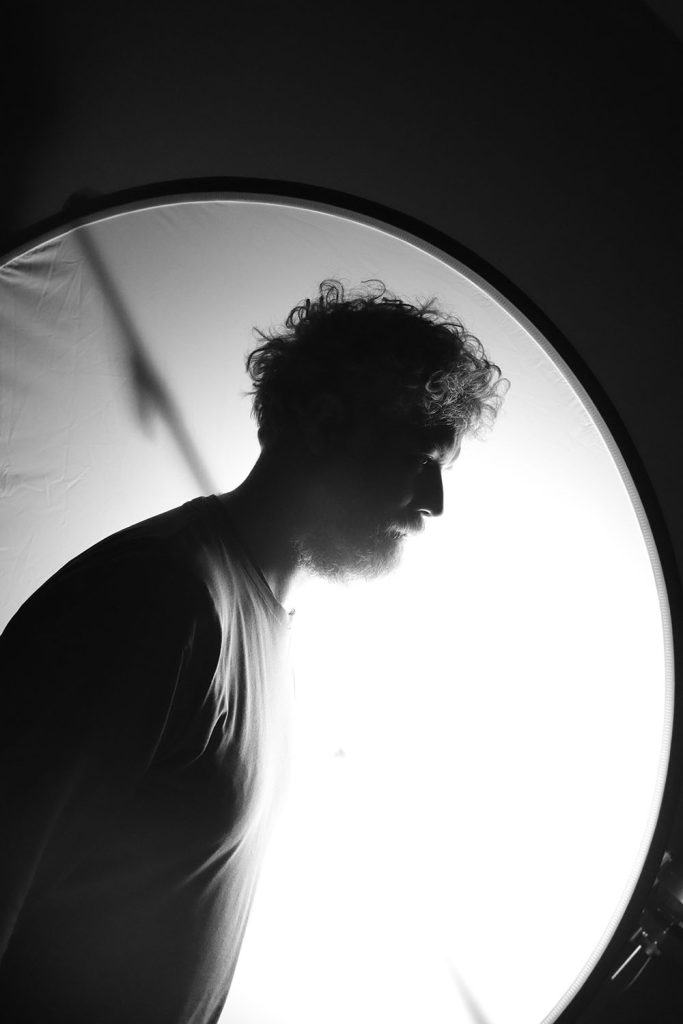






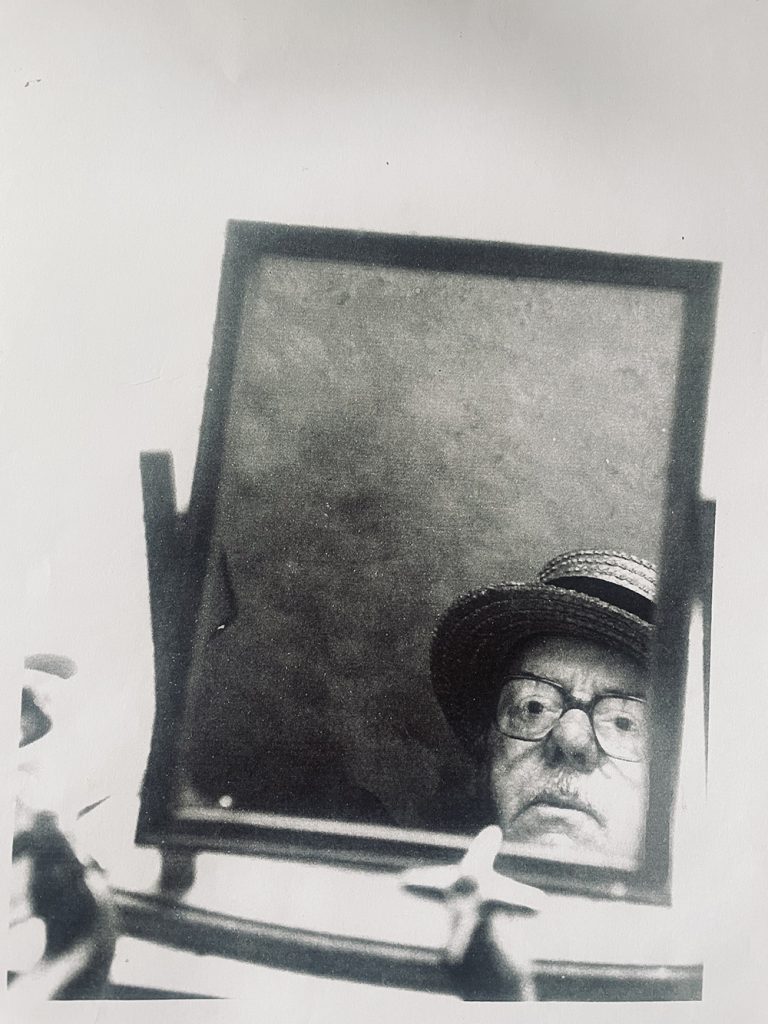

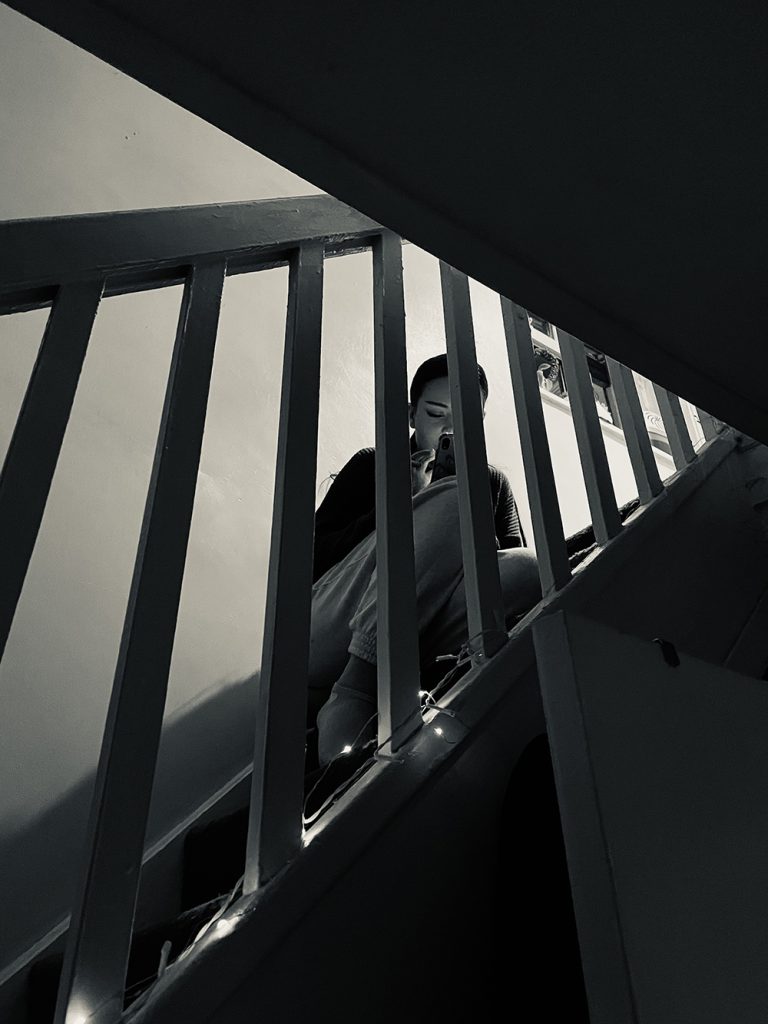
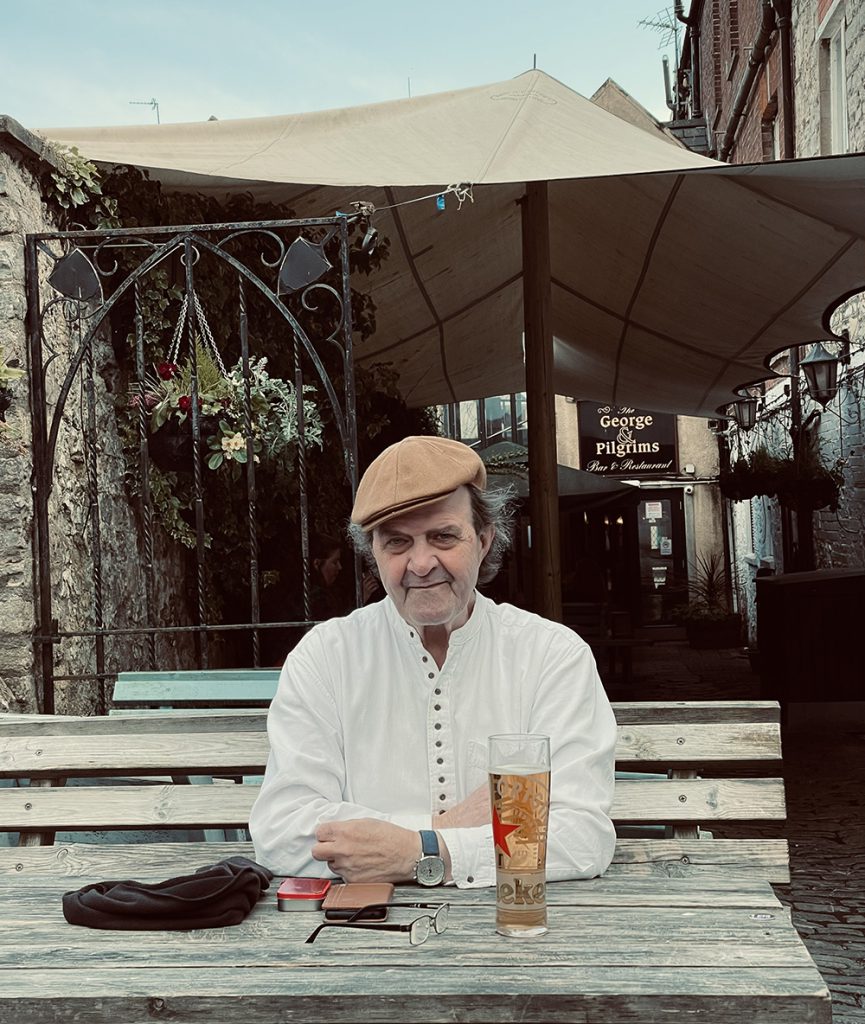

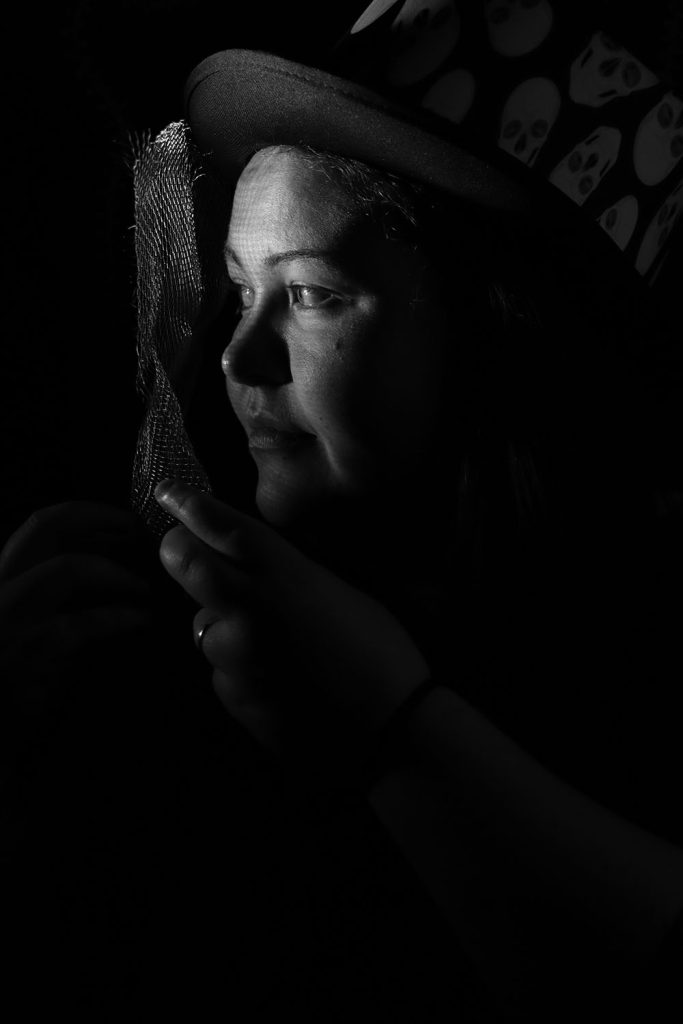
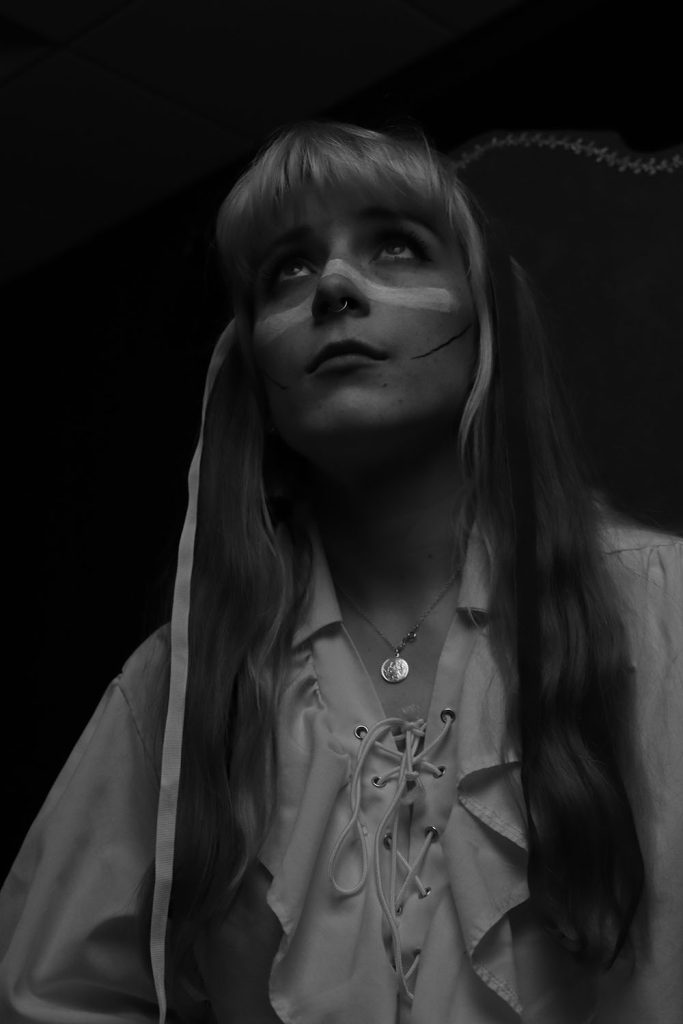




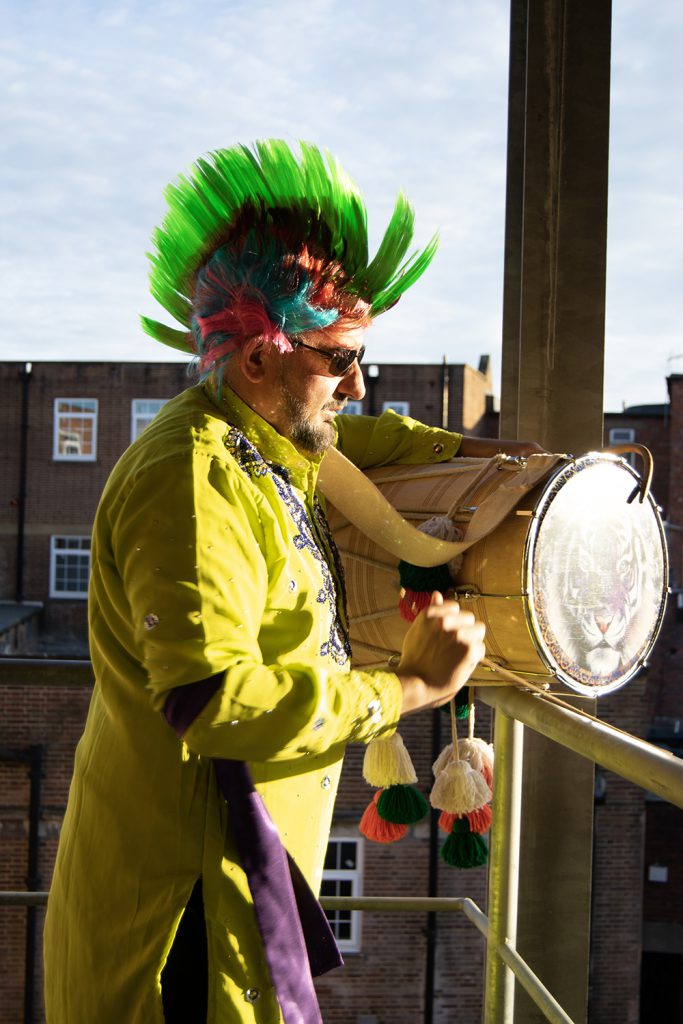
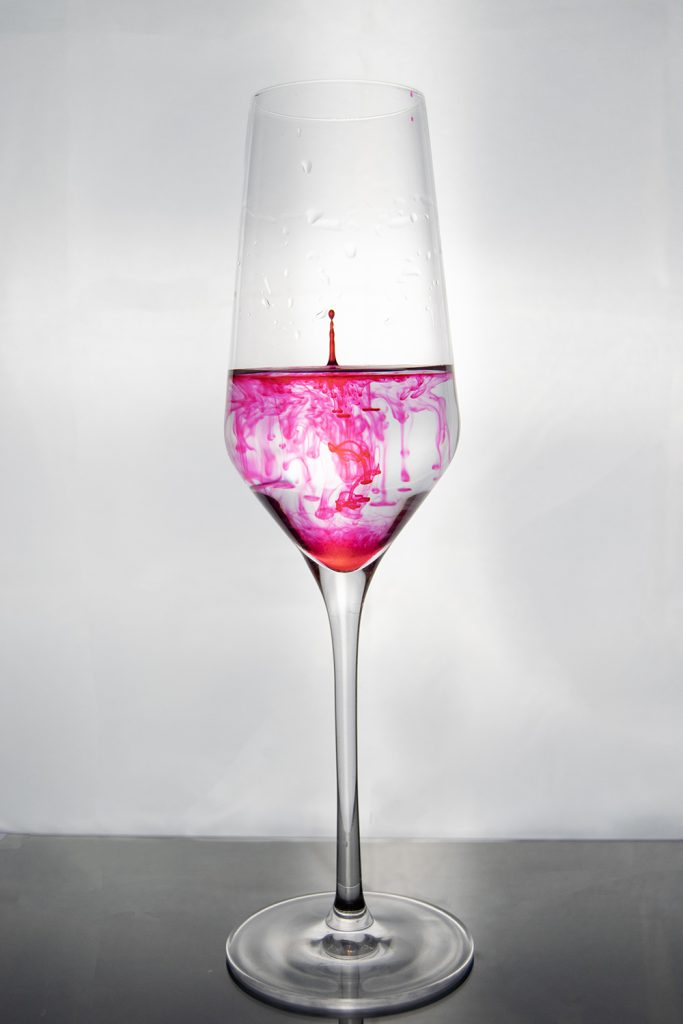




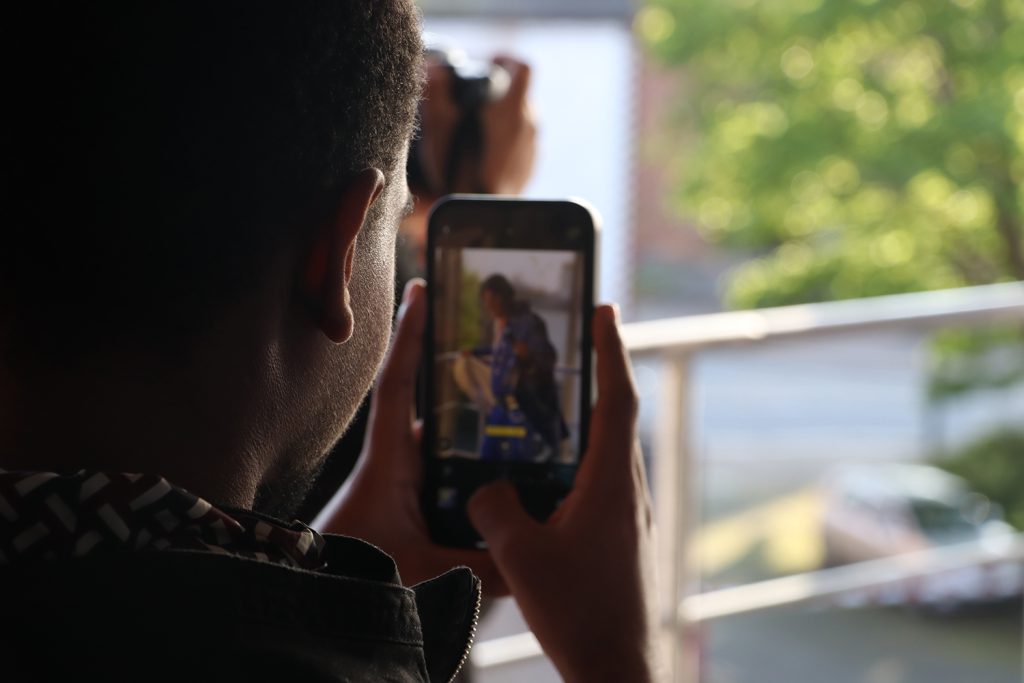




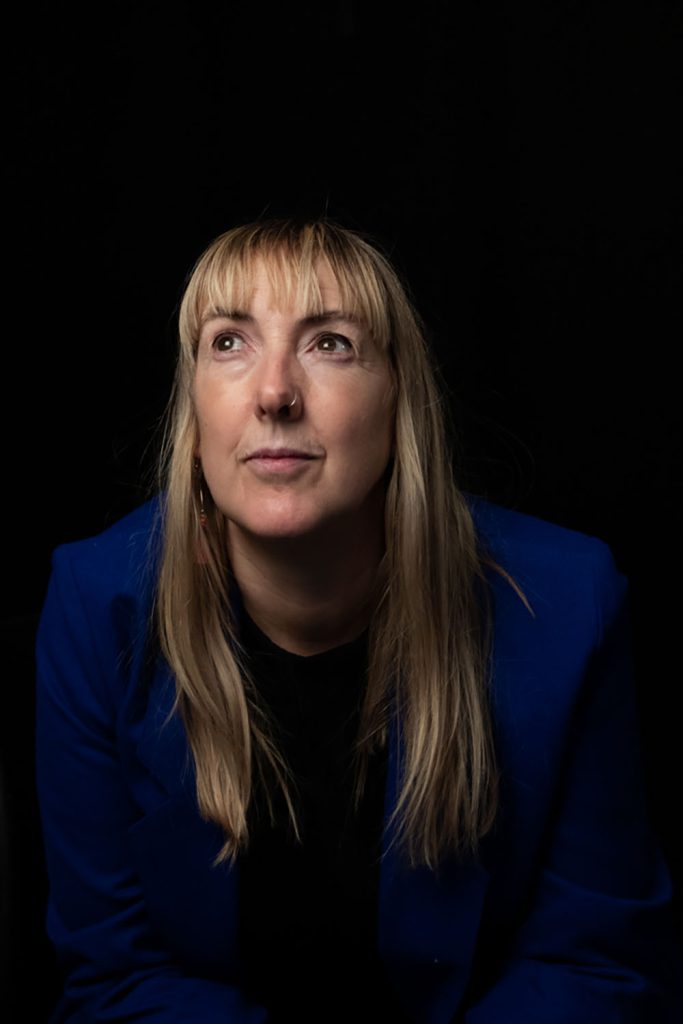

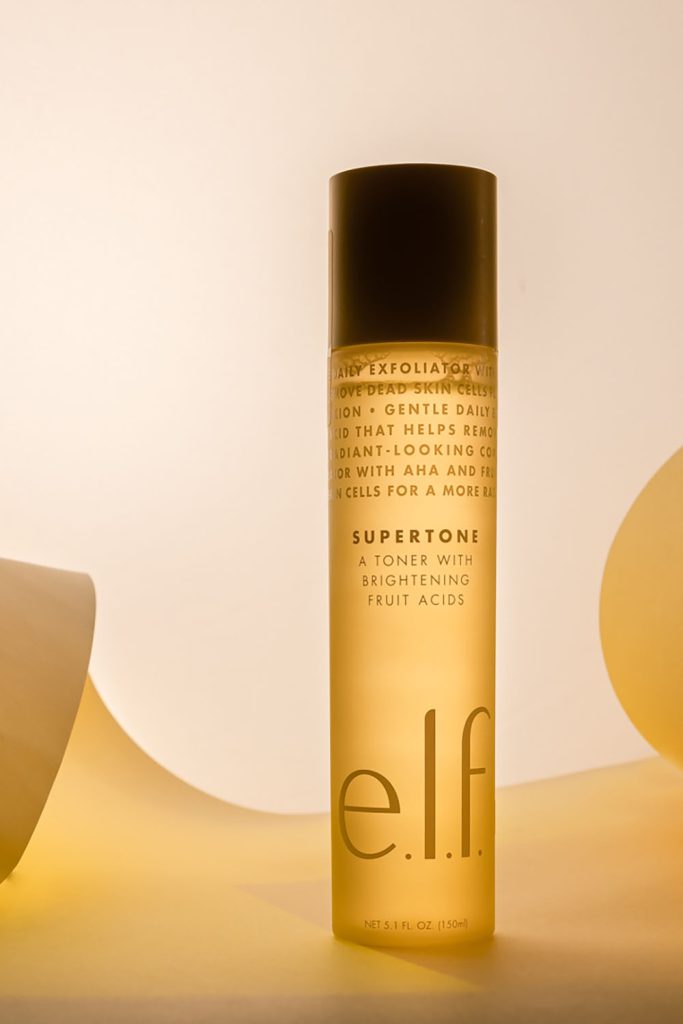
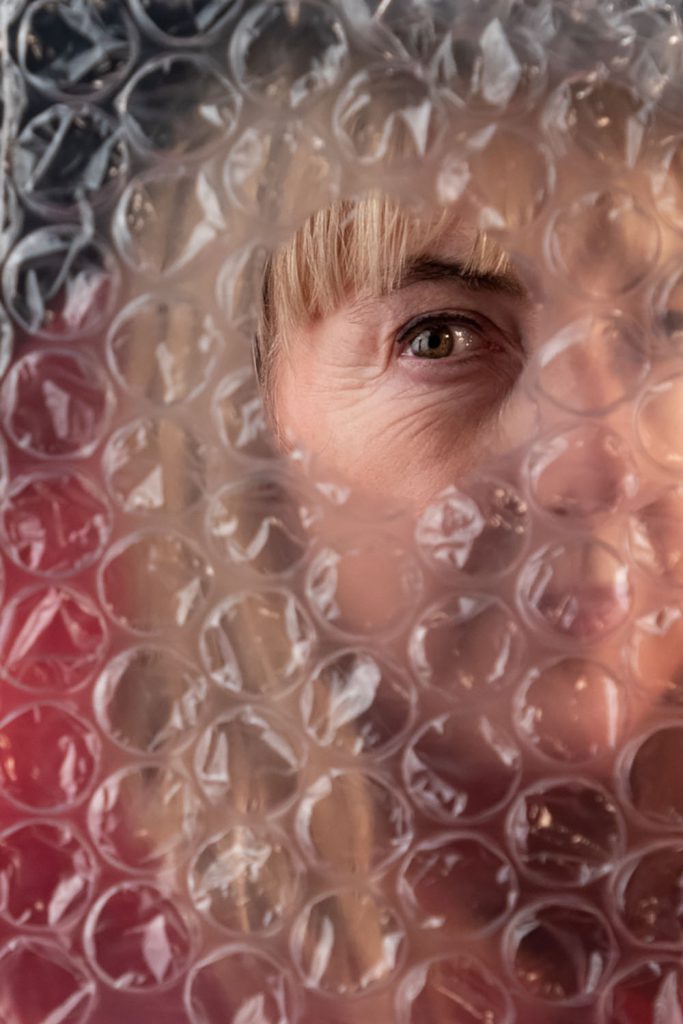
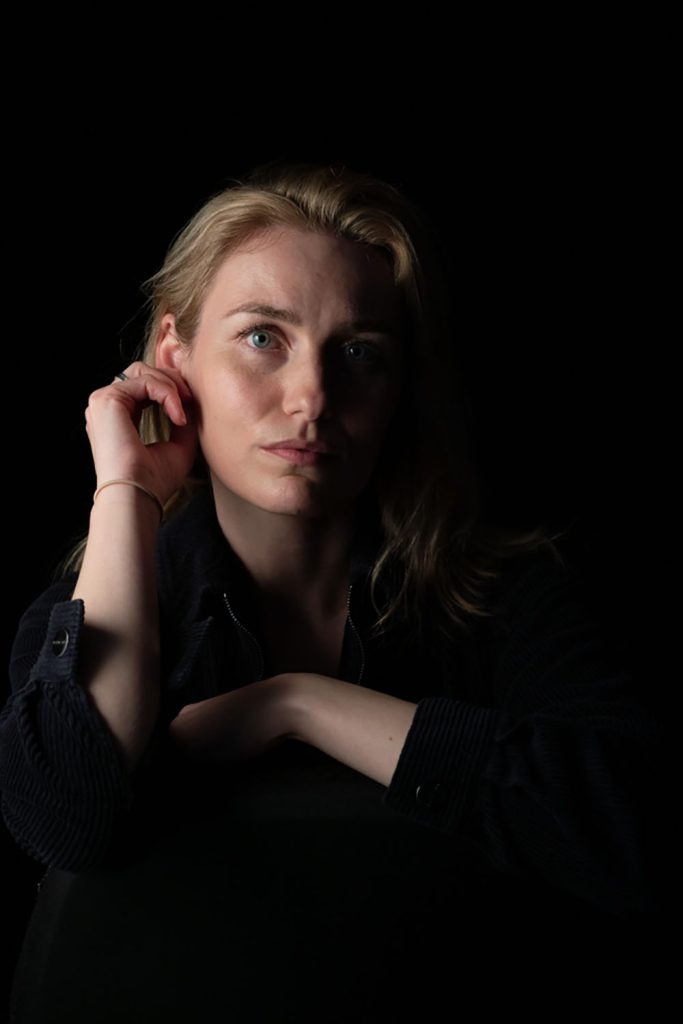




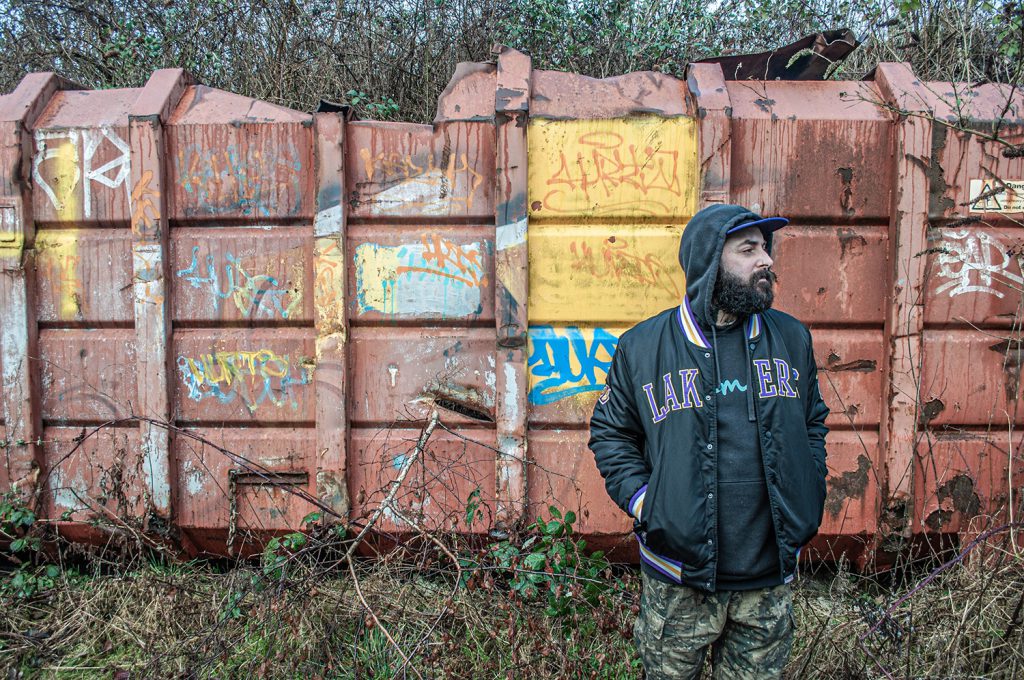



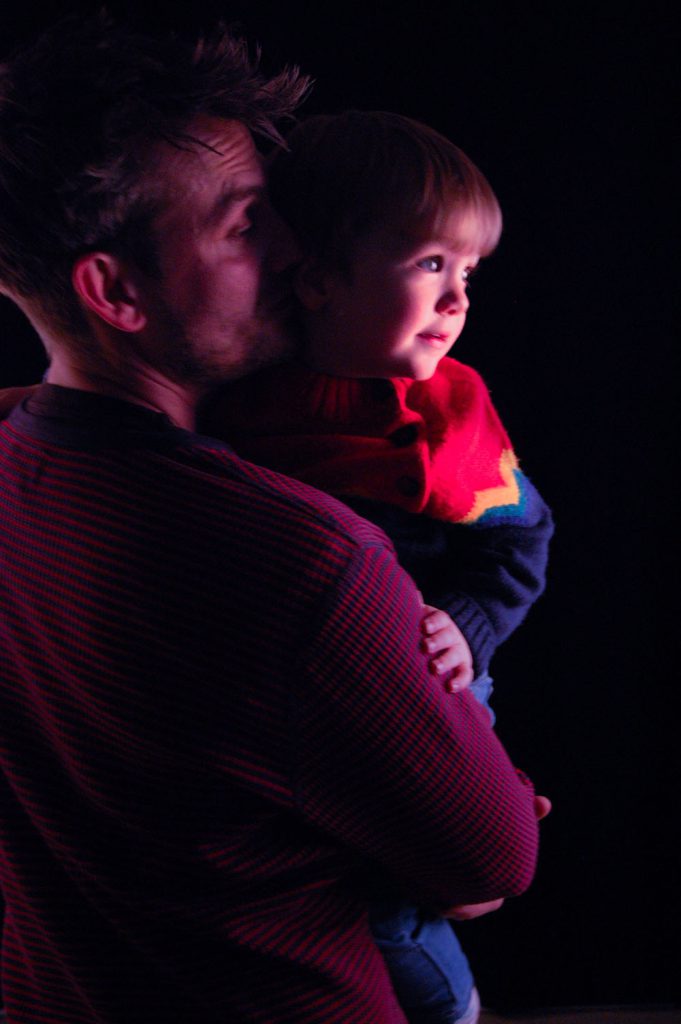
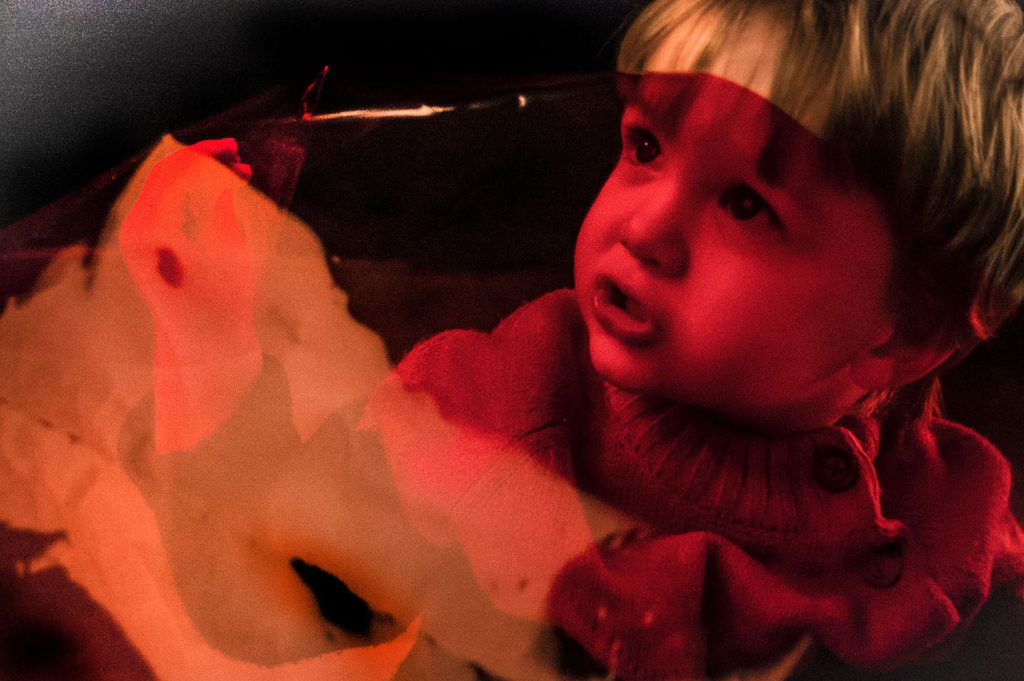
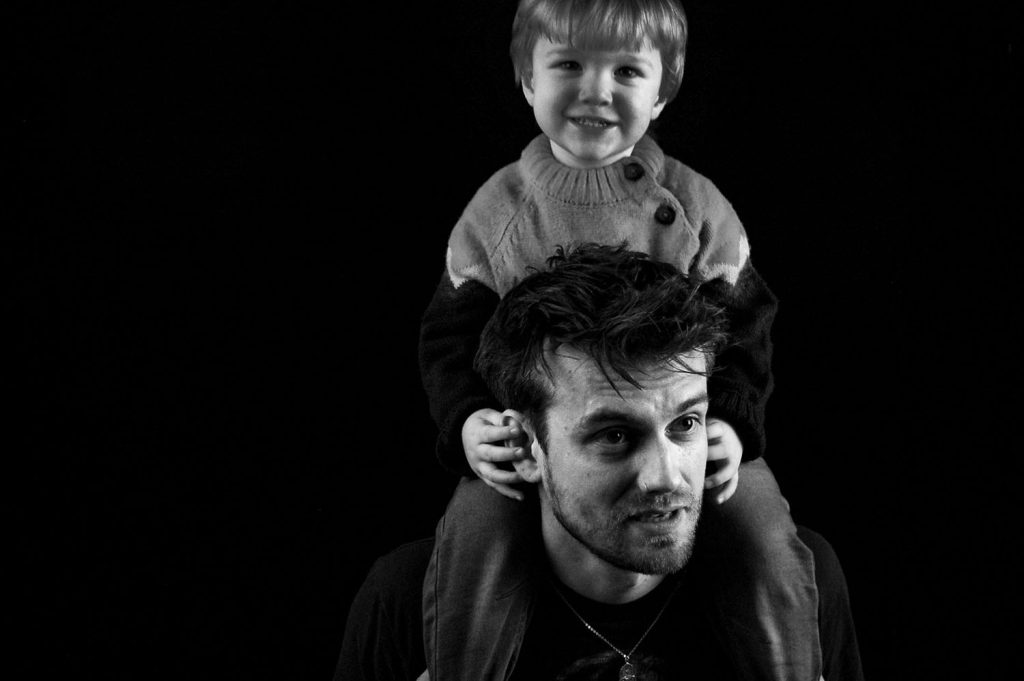
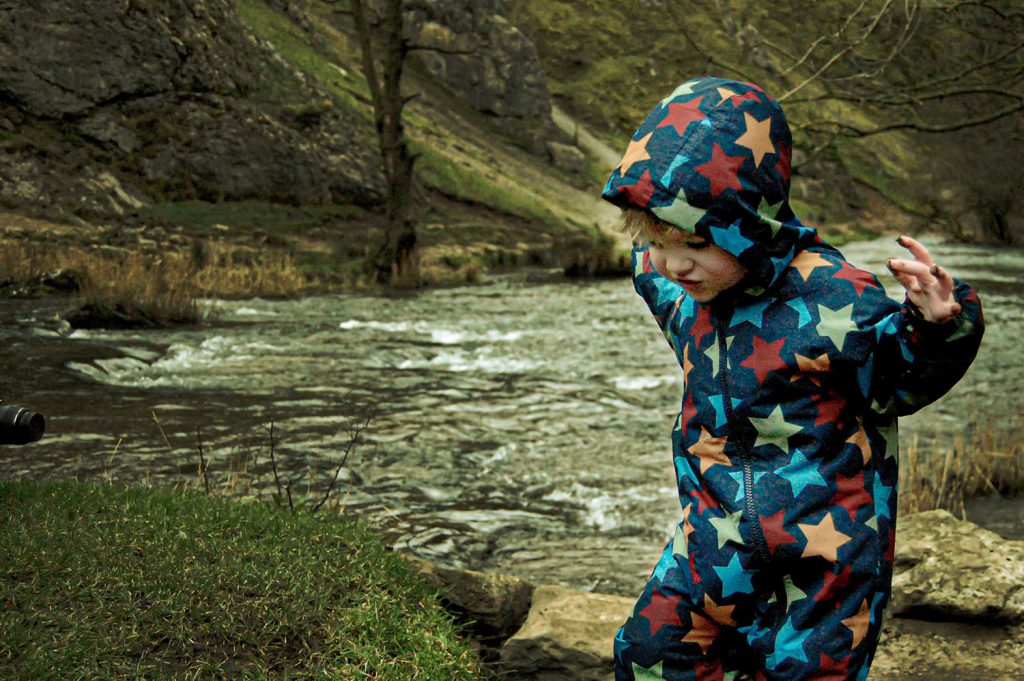

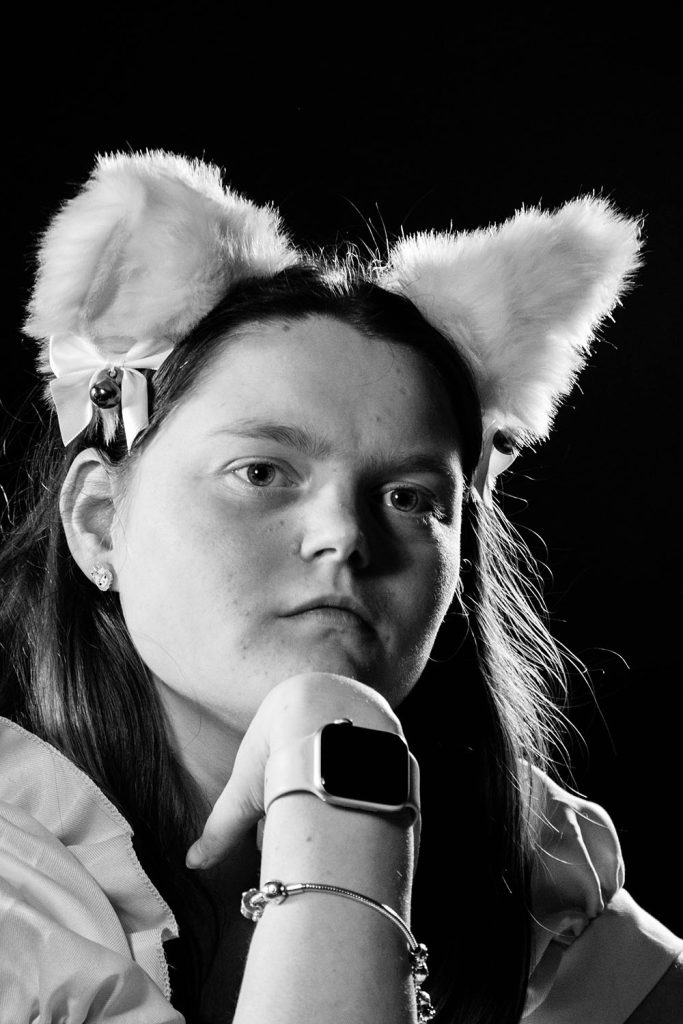
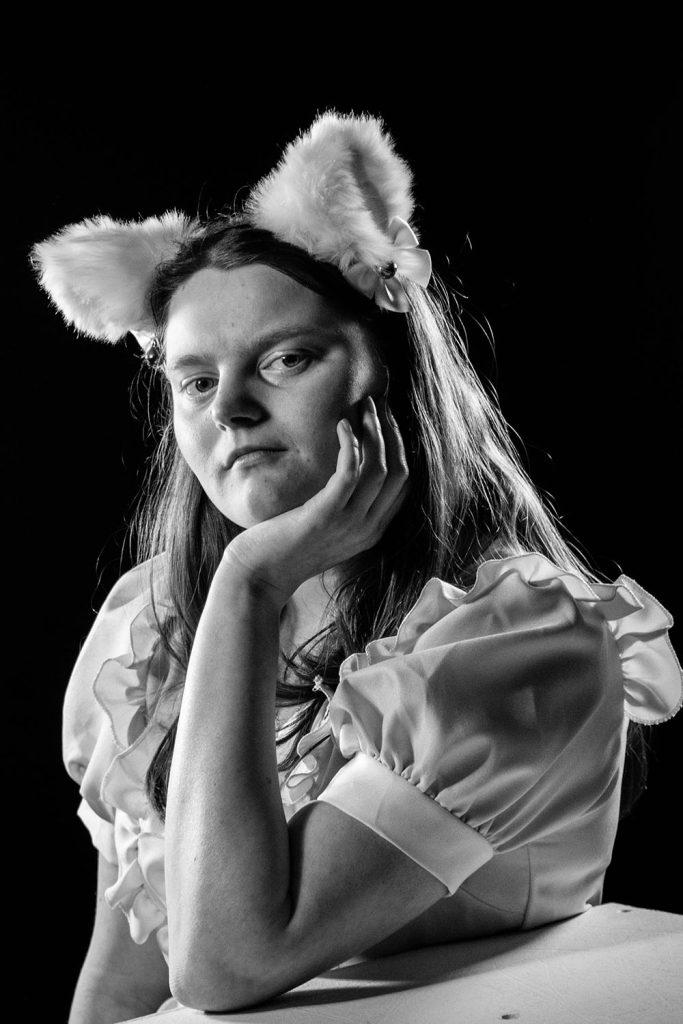




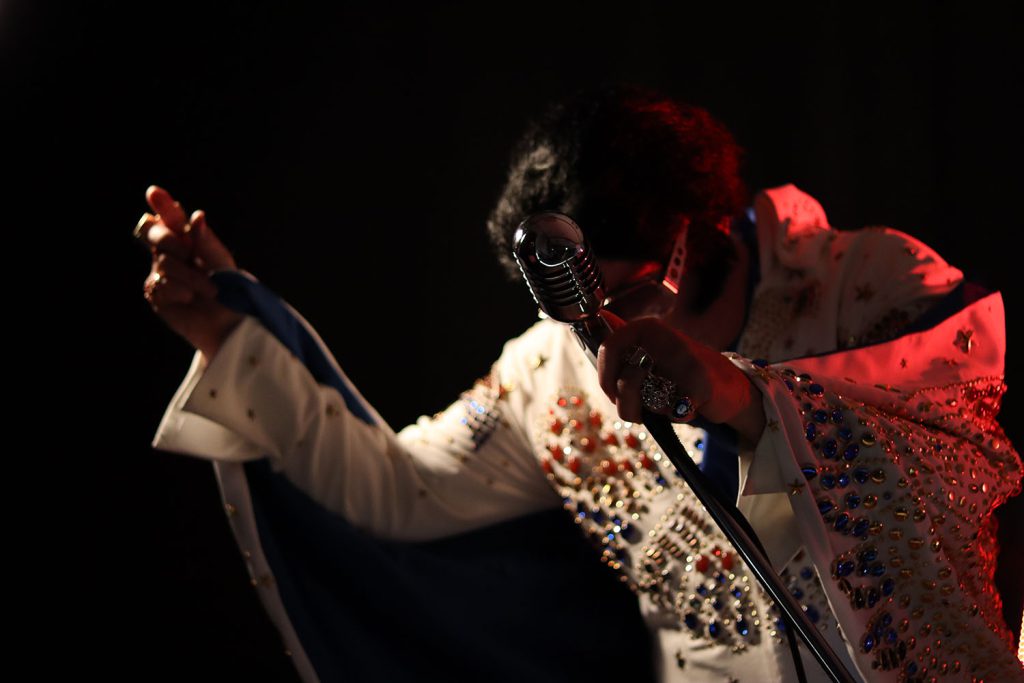


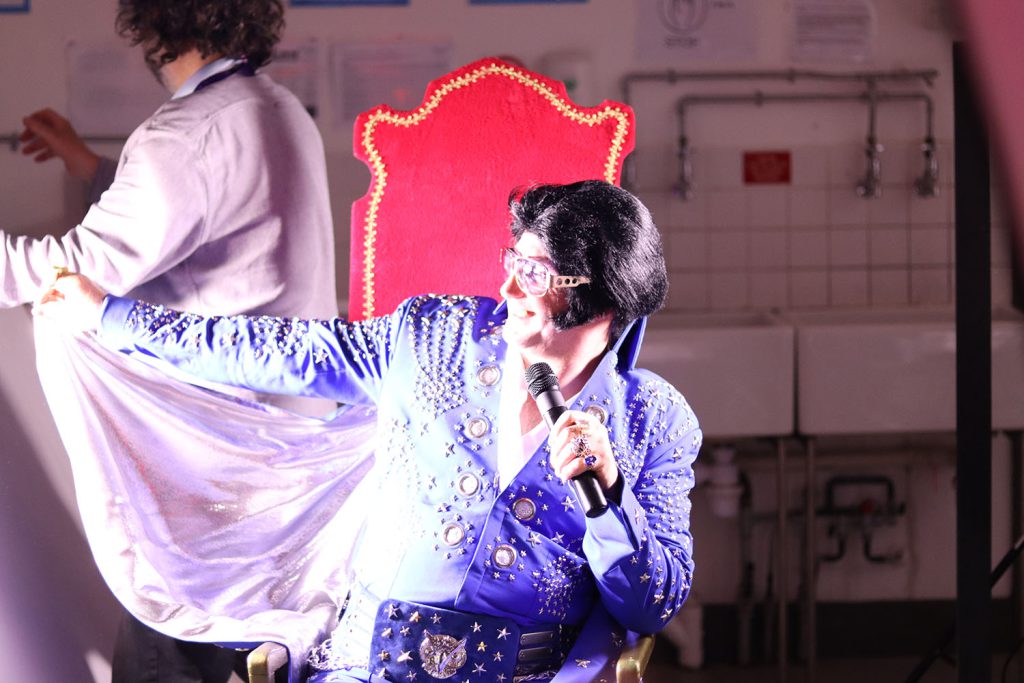

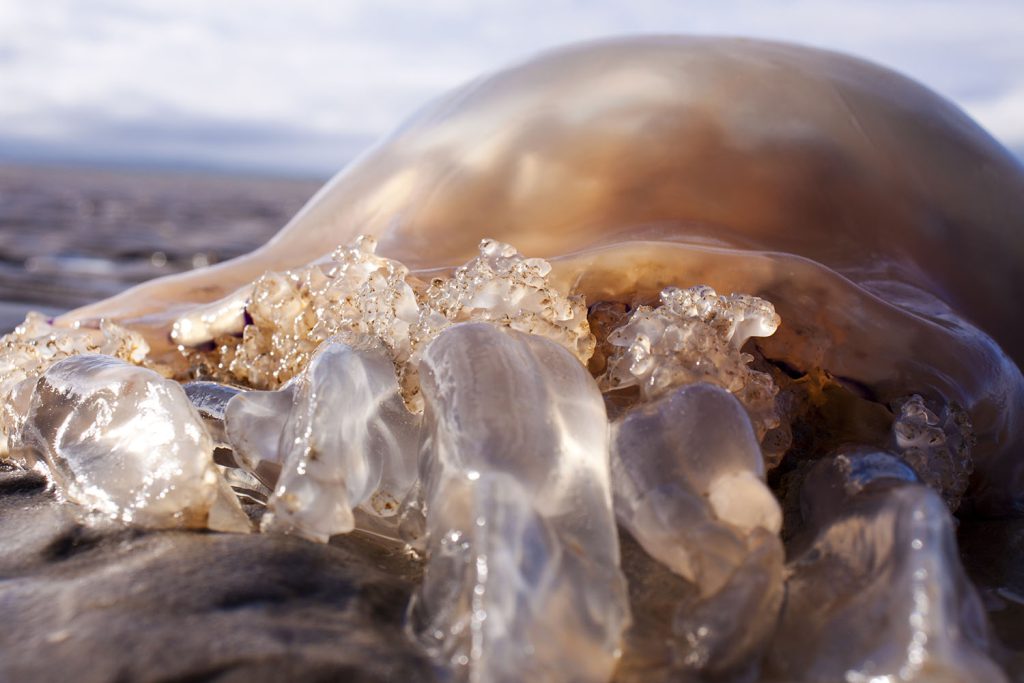
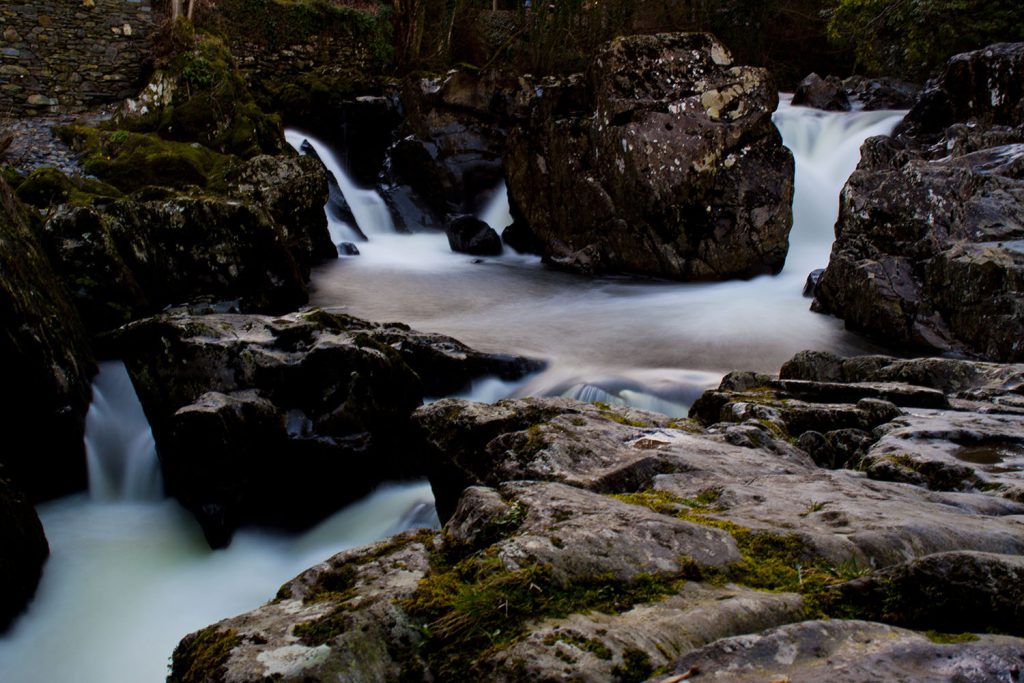

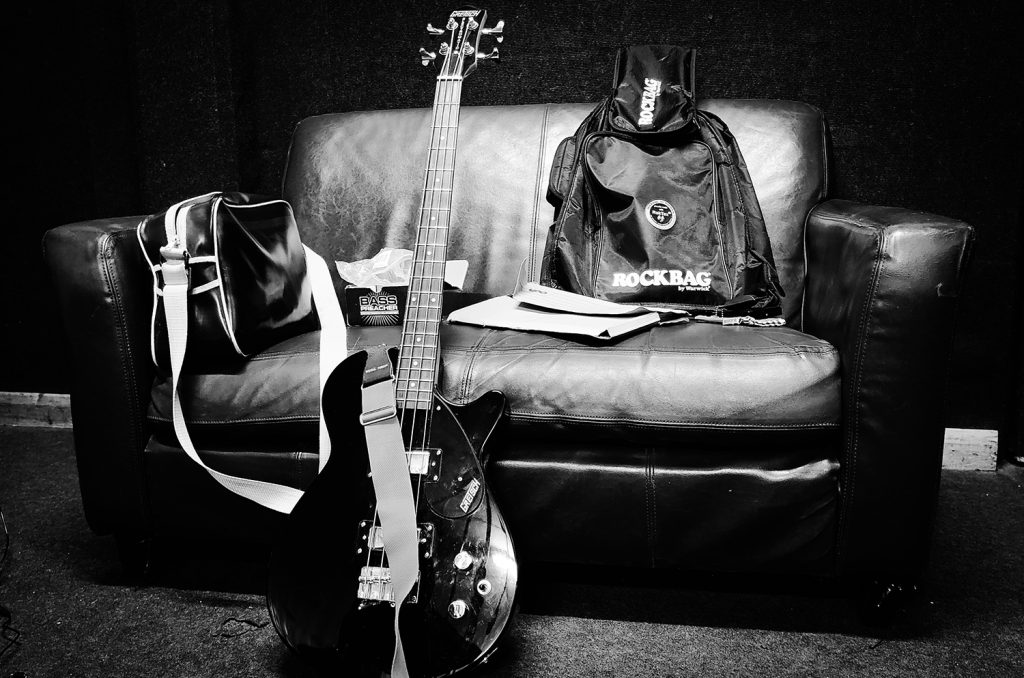


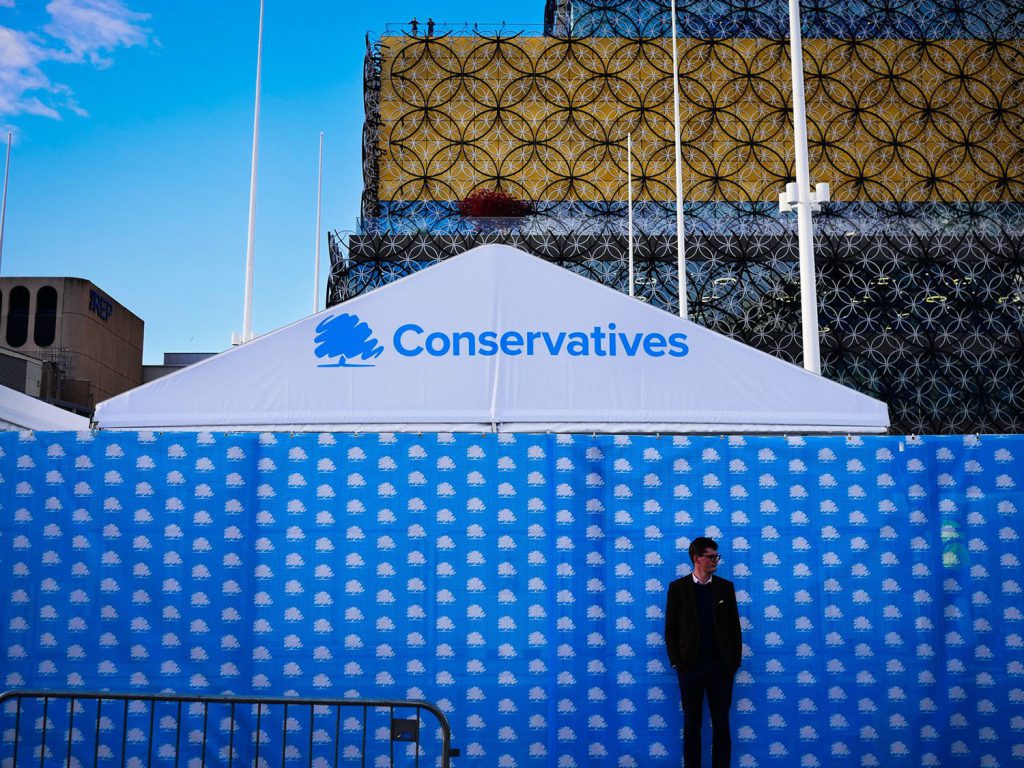

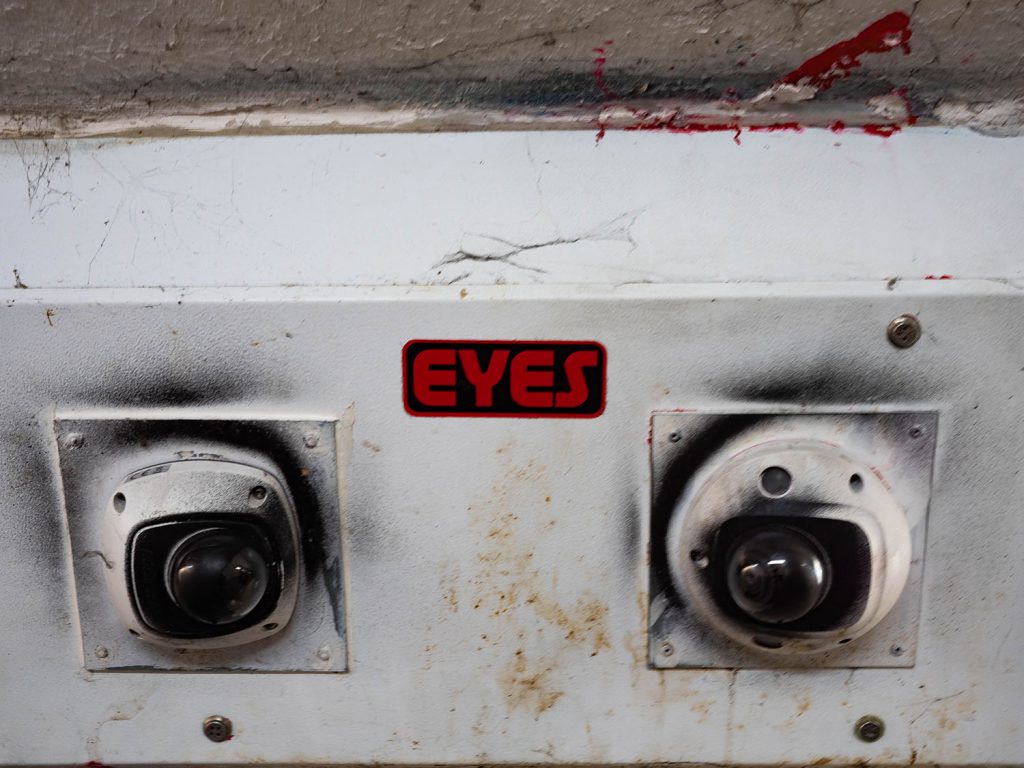
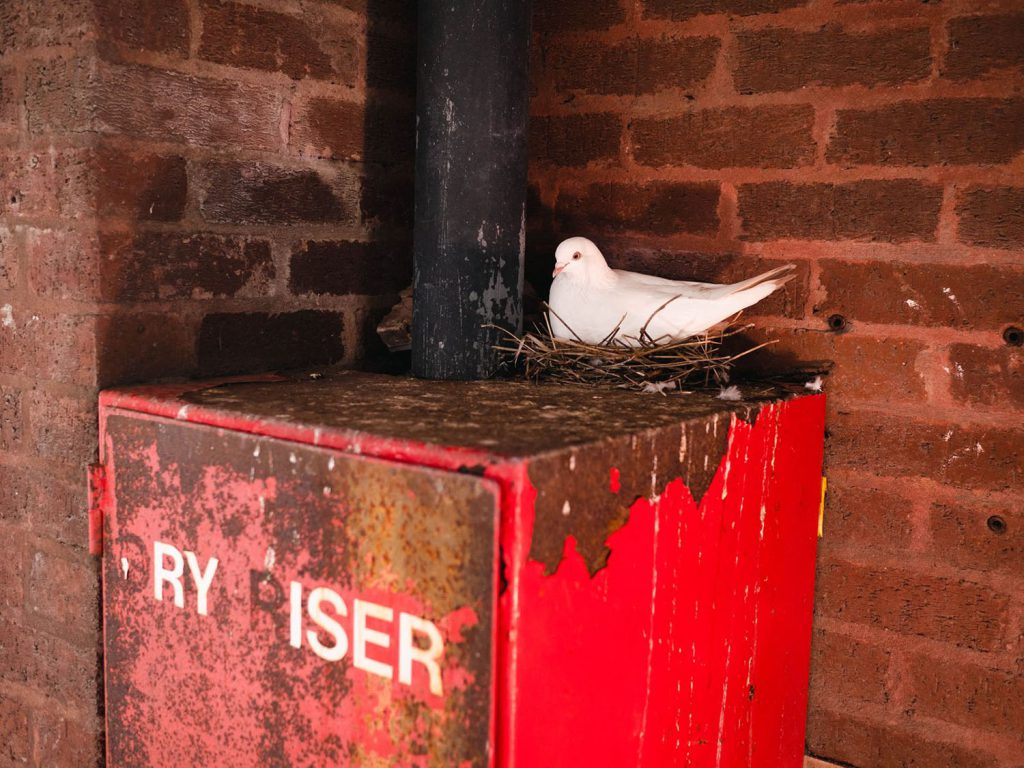

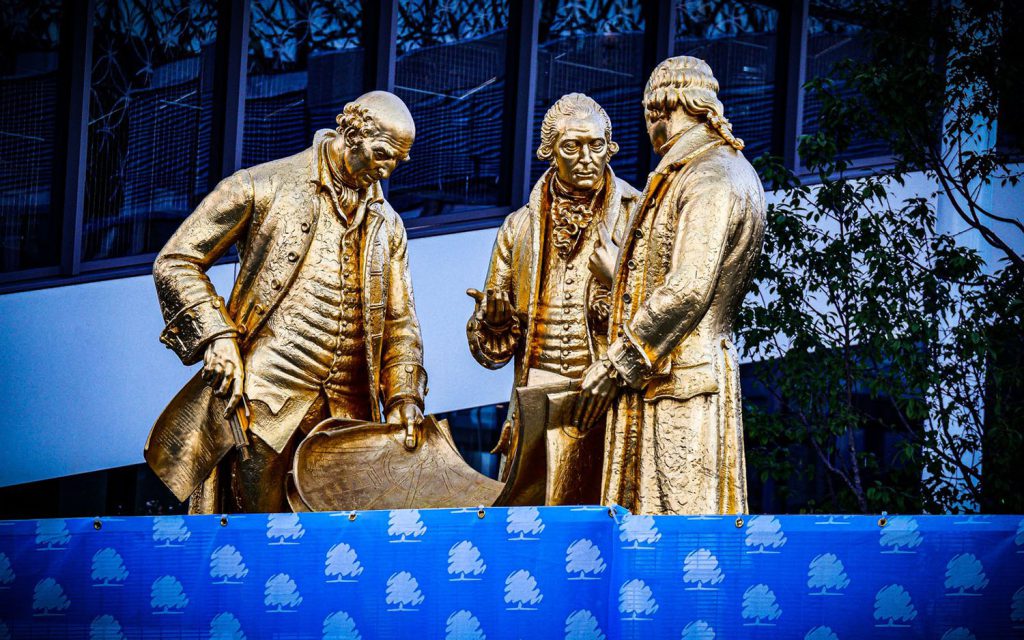



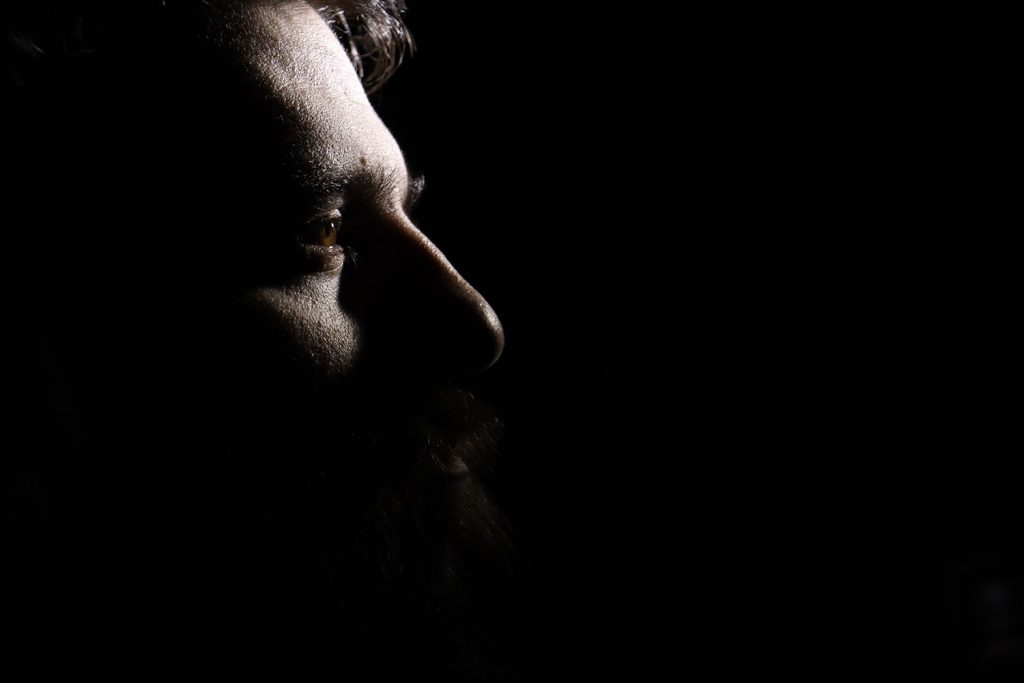





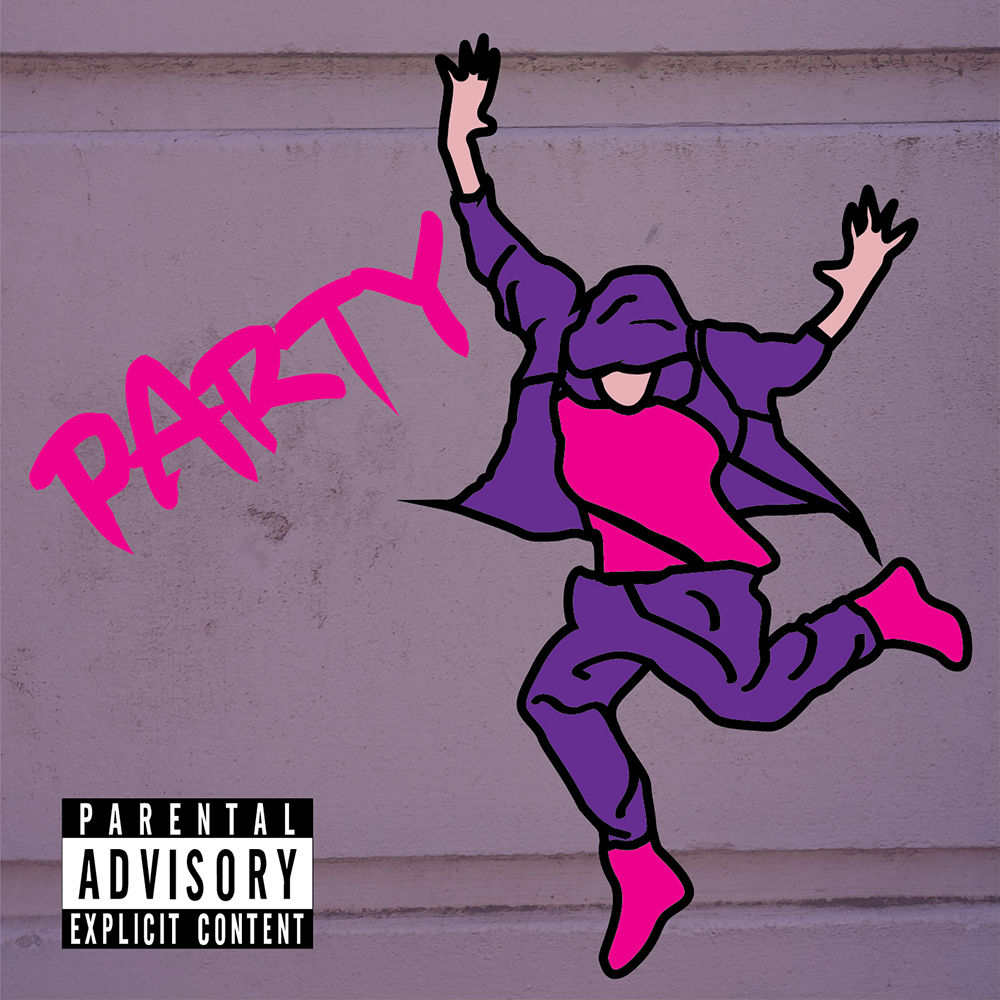


The role of a graphic designer is incredibly varied. You may find yourself immersed in a fantasy world while designing a set of illustrations for a book, or exploring complex data to create exciting and vibrant infographics that inform rather than confuse.
Graphic communication students at Dudley Sixth are introduced to a wide selection of processes and techniques. Using a range of both traditional and digital methods, they are encouraged to move beyond their comfort zones to produce a variety of work supported by an understanding of design theory and a developing awareness of contemporary practitioners to inform and influence their ideas.
In their second year, students begin to develop their own visual identity while becoming increasingly self-directed and independent, producing a collection of work tailored to their interests and specialisms. This could be an advertising campaign, design work for a clothing website or a set of illustrations for an album sleeve or book. Throughout the year, students will be encouraged to try new approaches and consolidate the skills they have learned in their first year to produce strong, challenging and professionally-produced designs. I believe you will see all of these qualities in this year’s second year work. I hope you enjoy it.
Chris Worley, A-Level Graphic Communication Tutor, Dudley Sixth

HCA One to Watch Second Prize Winner












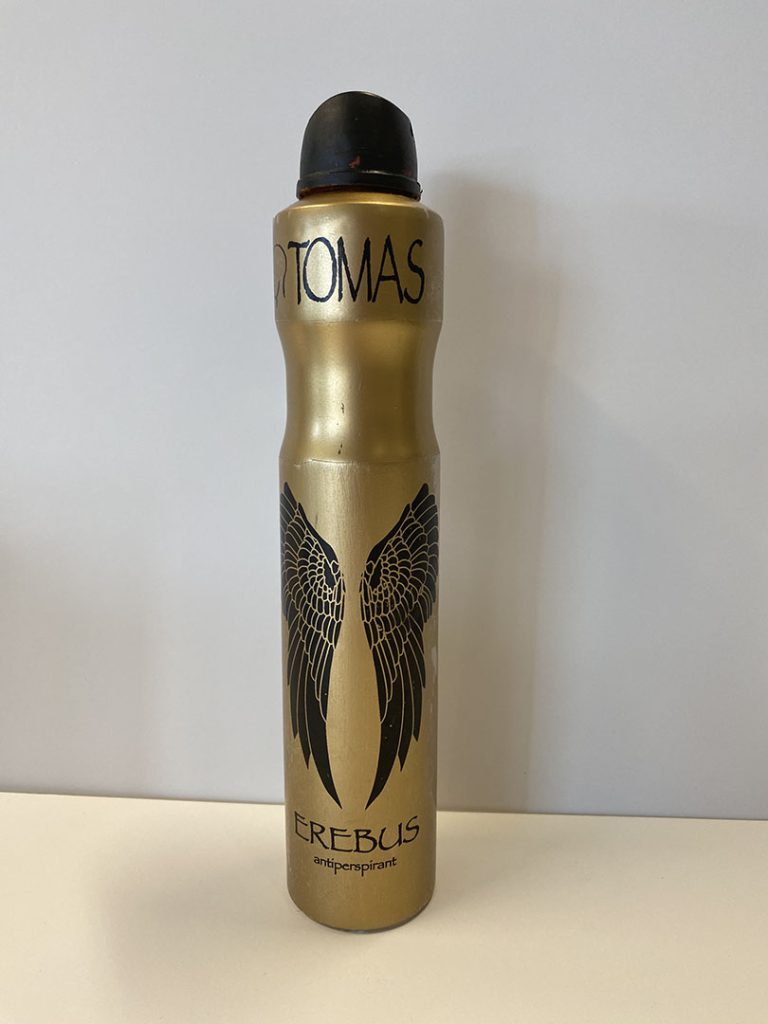
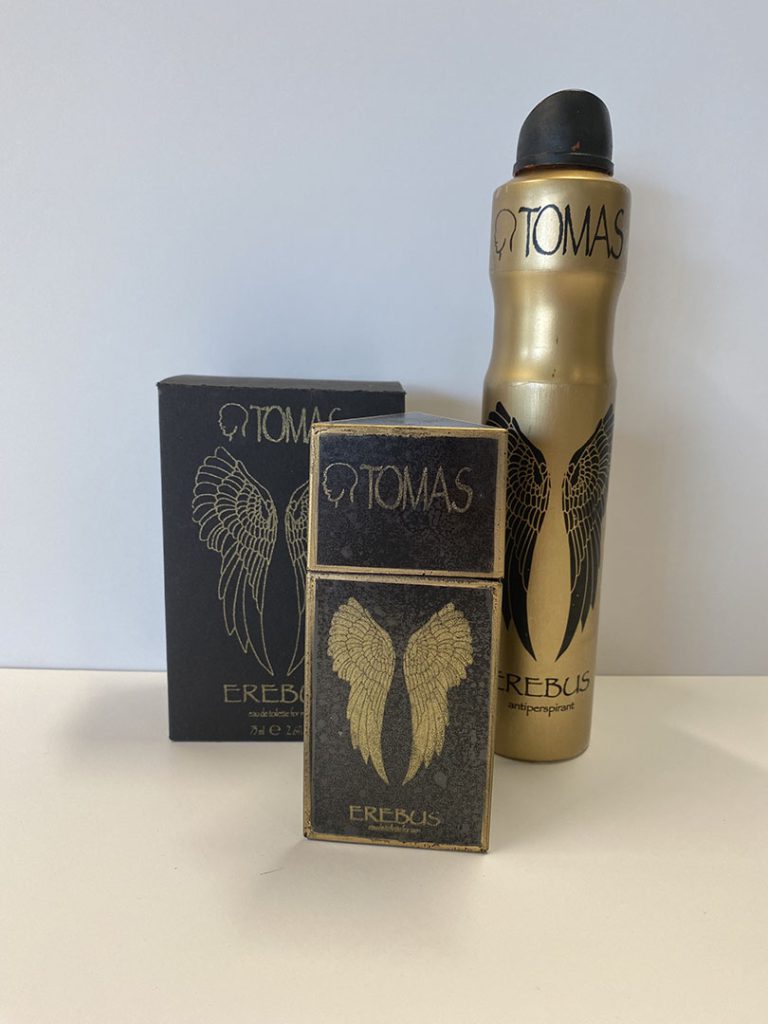


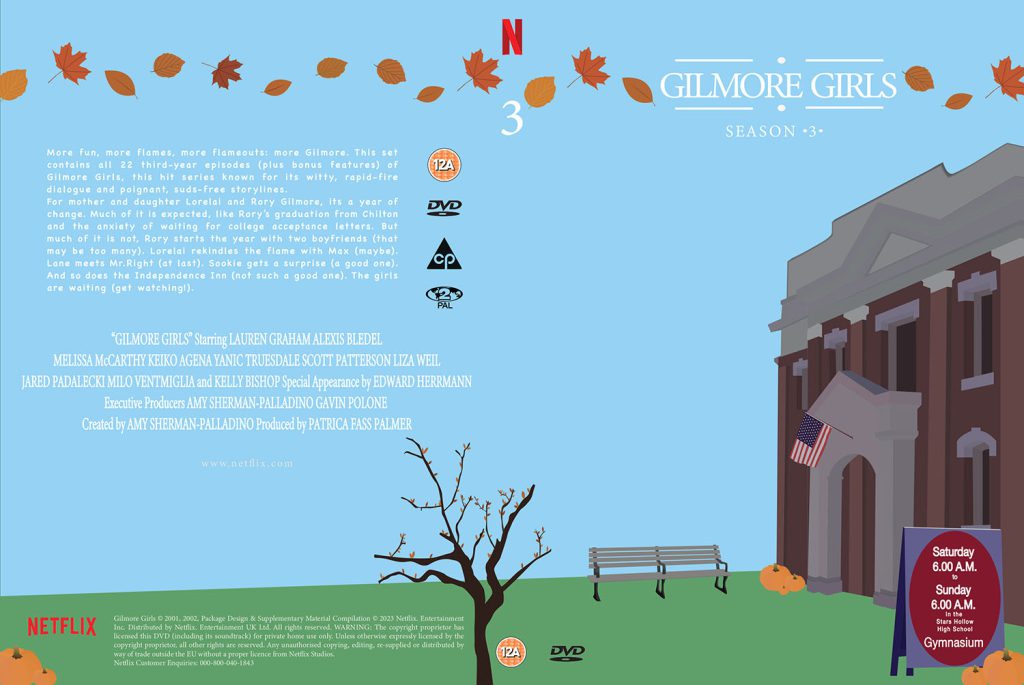

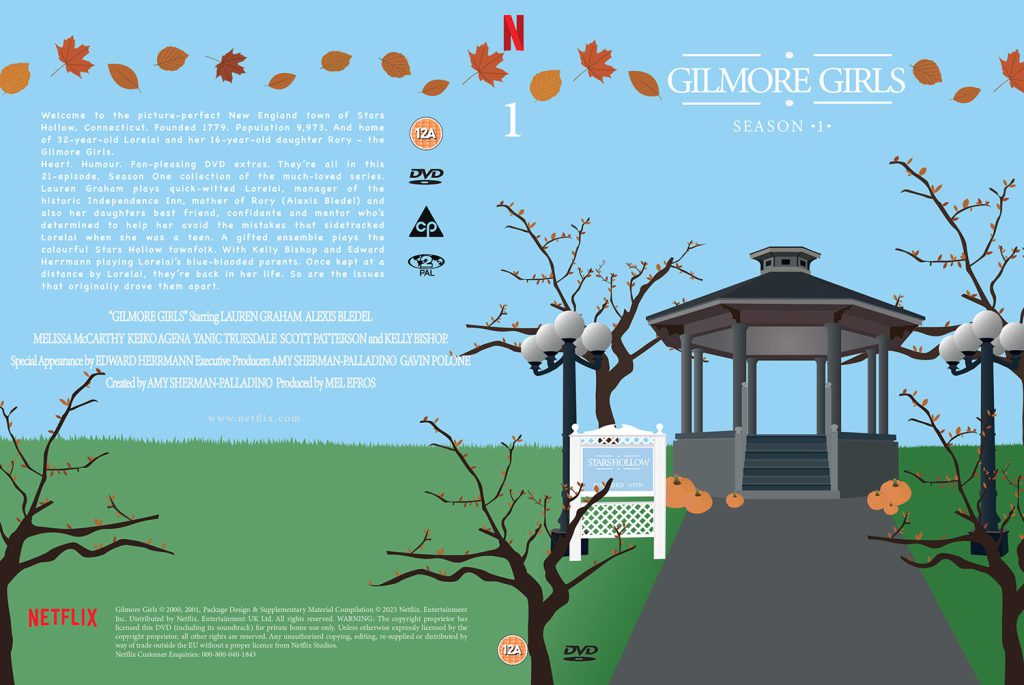



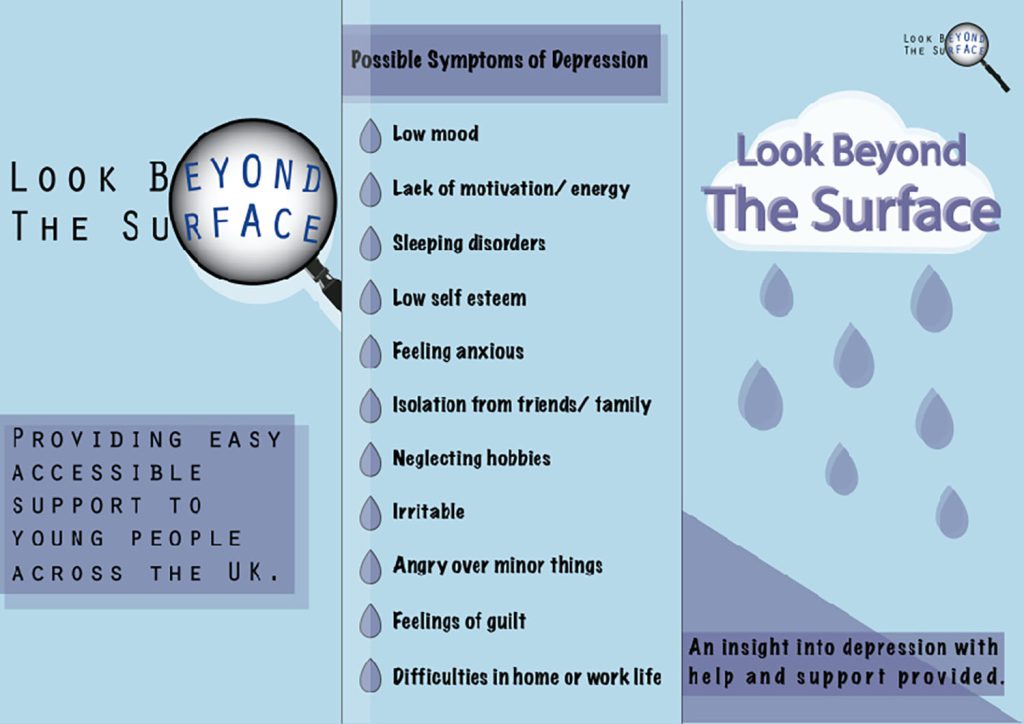
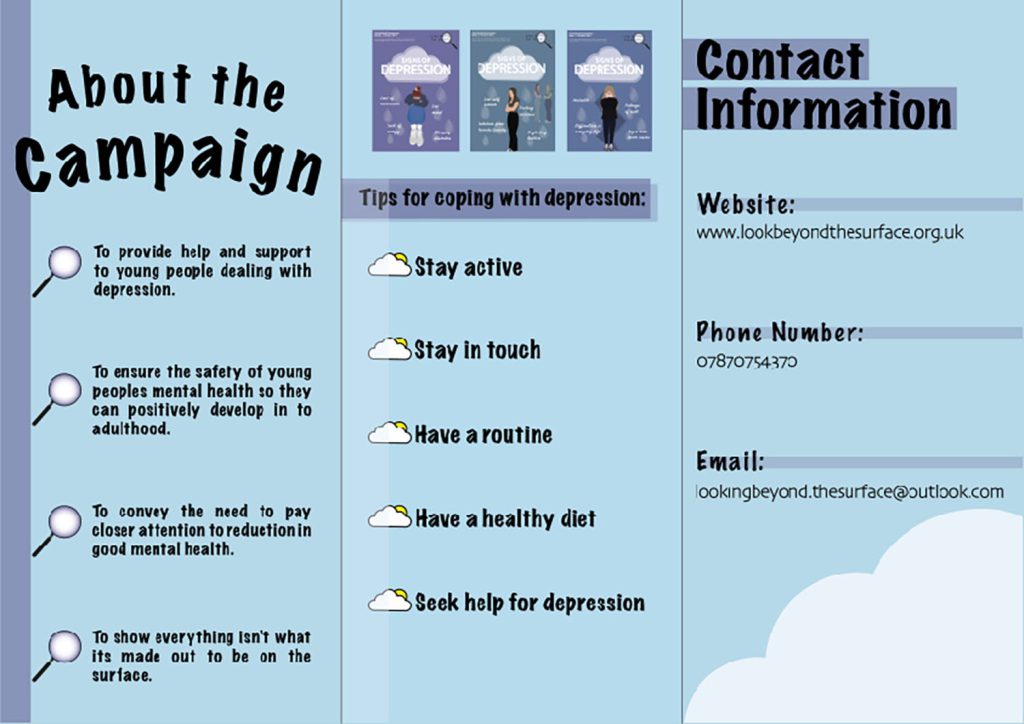
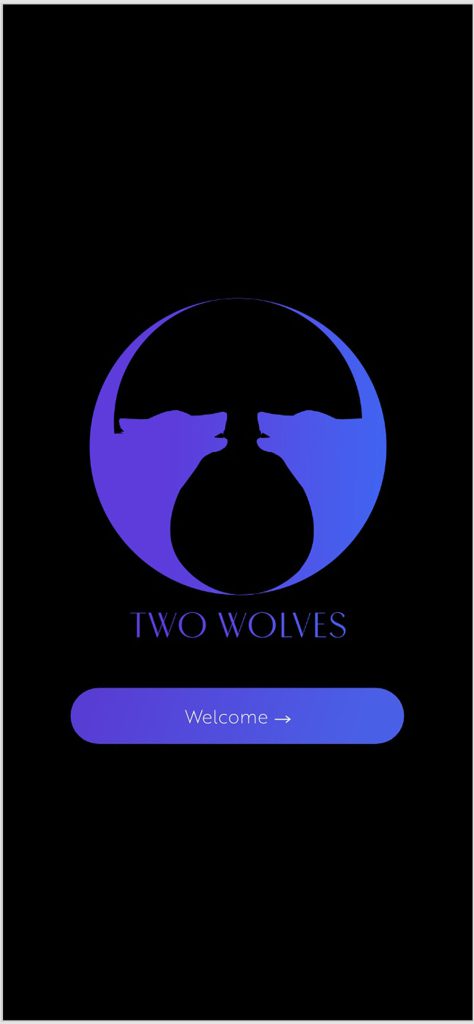


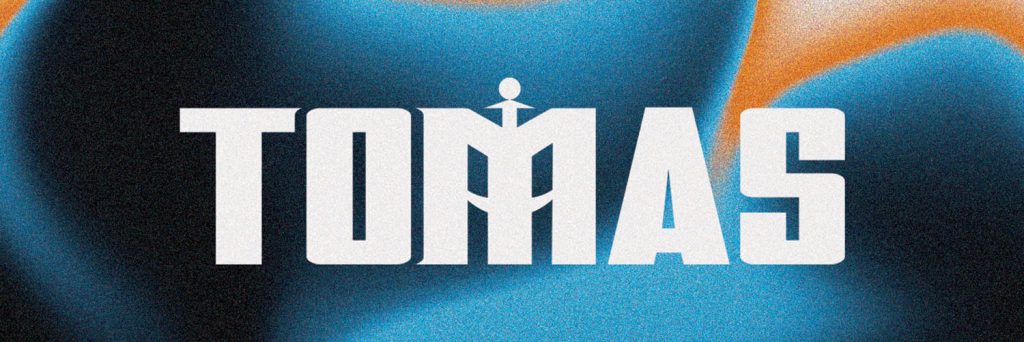

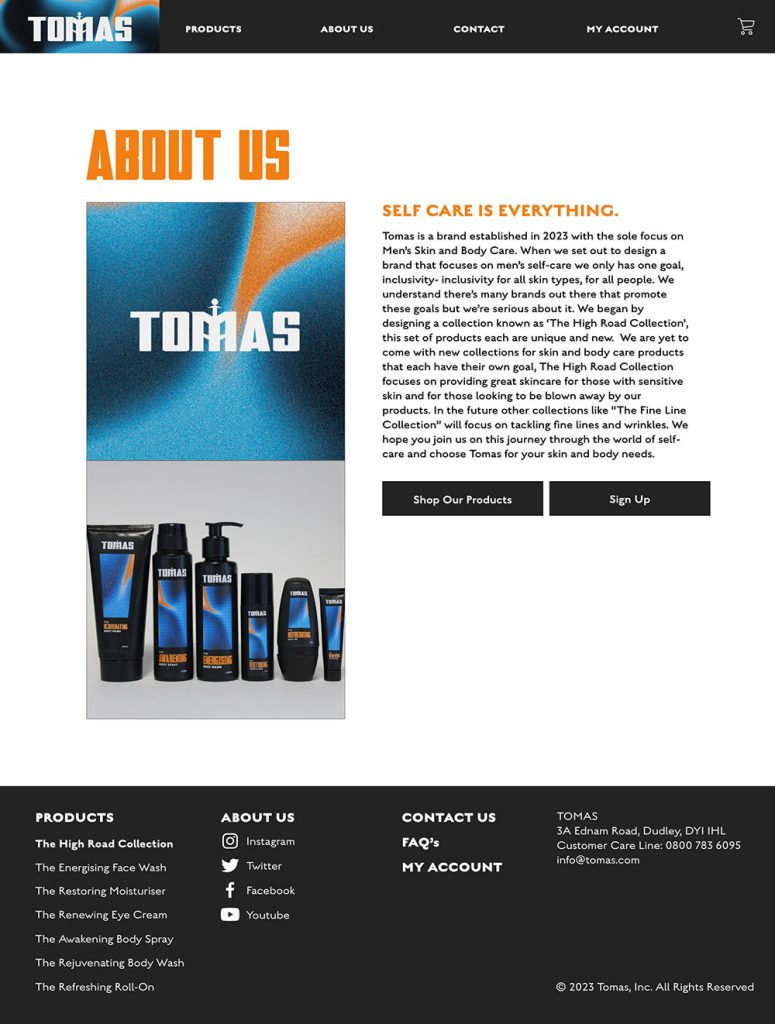
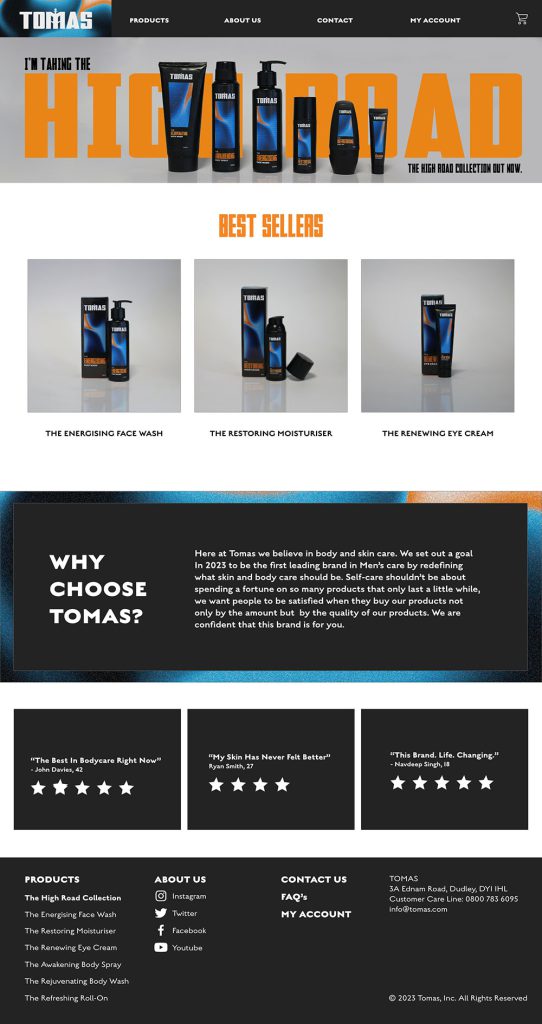
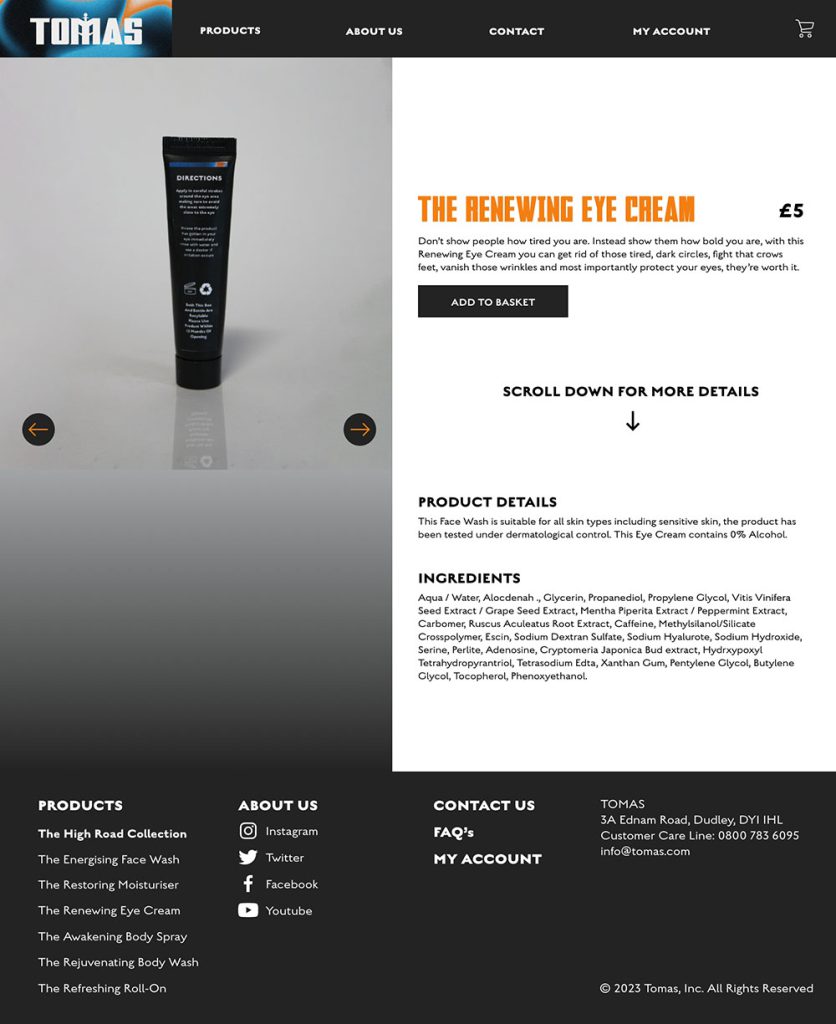


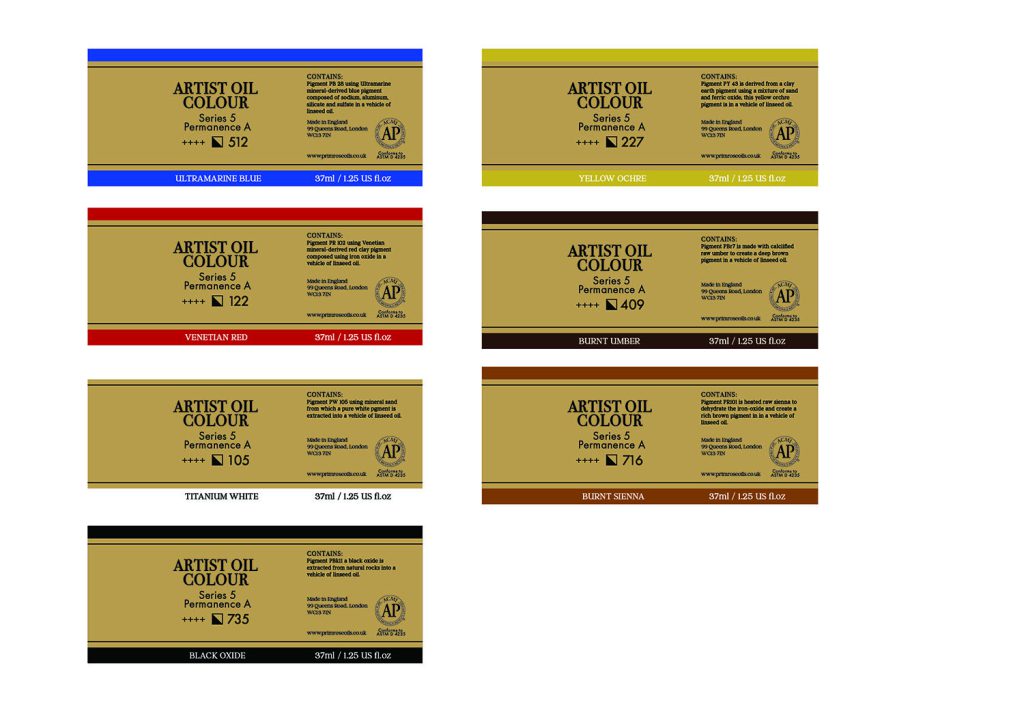

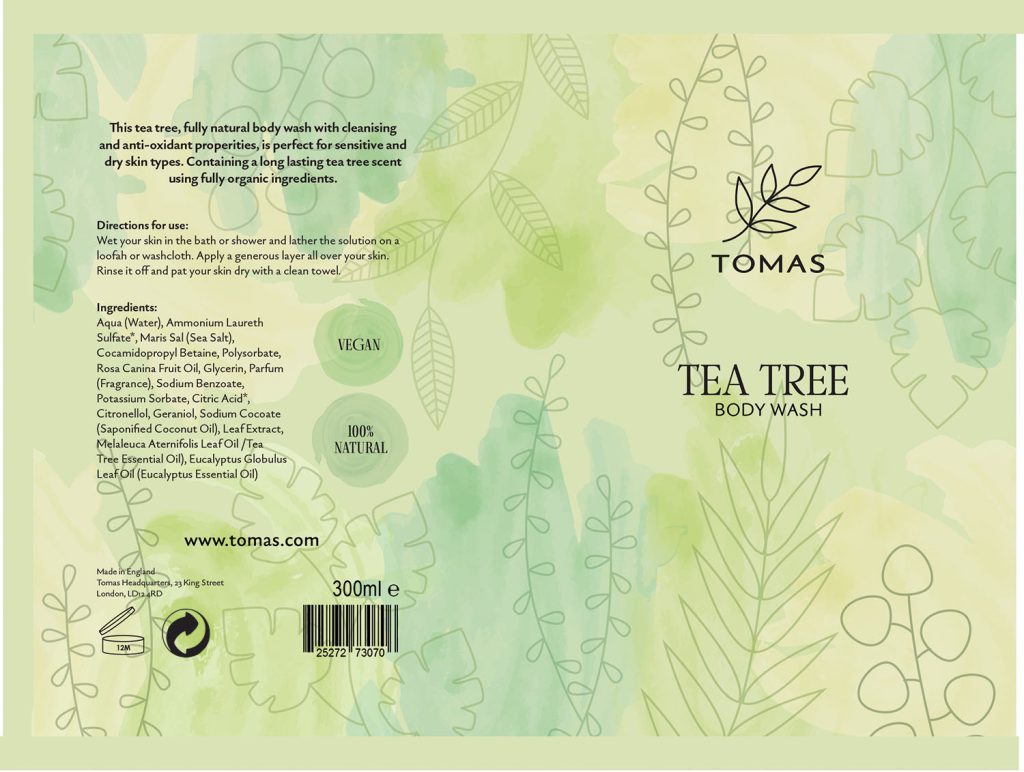
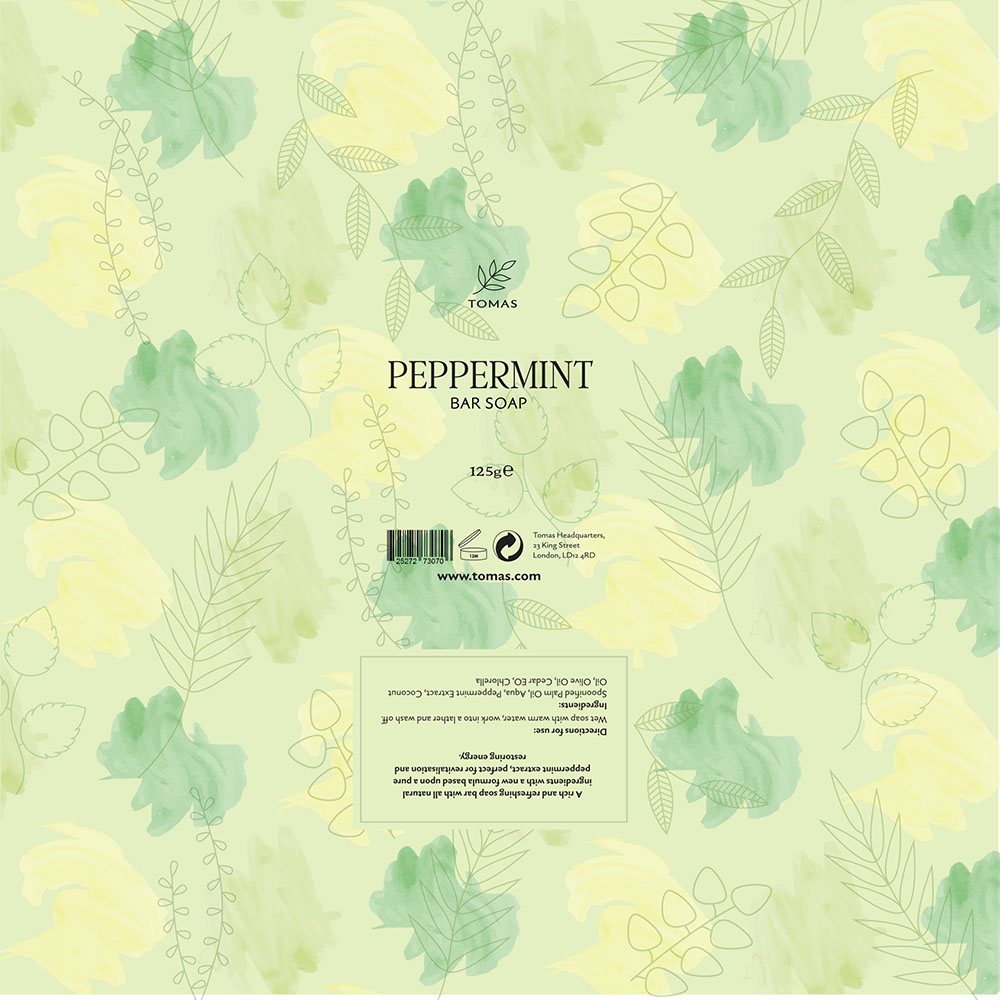
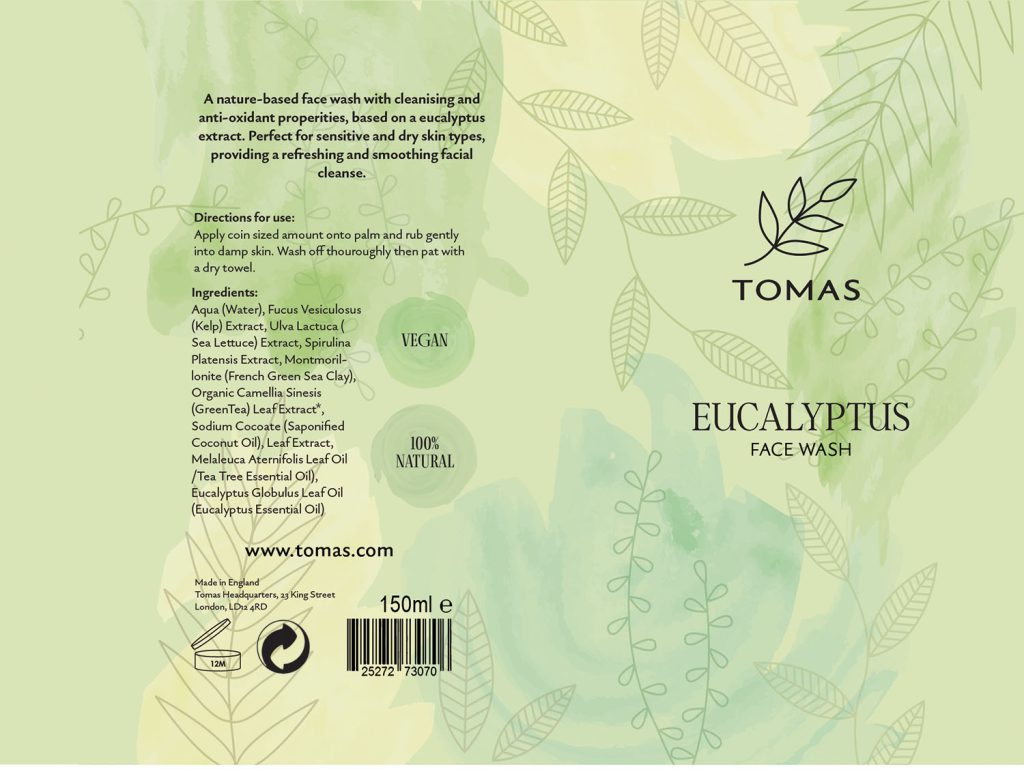
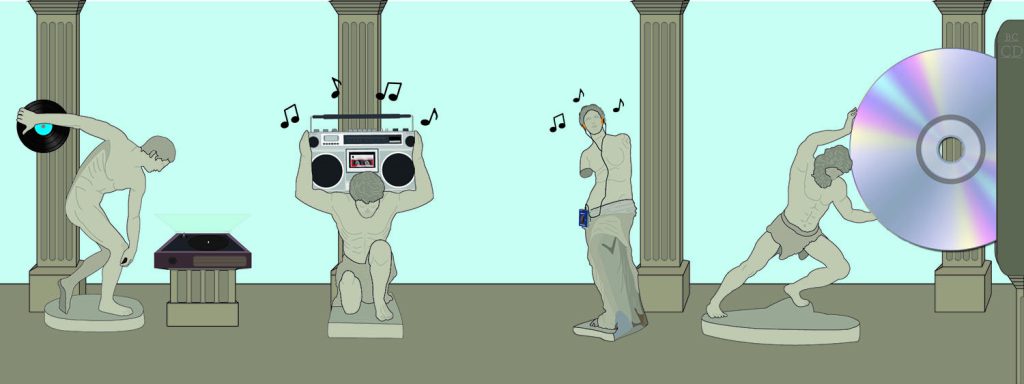



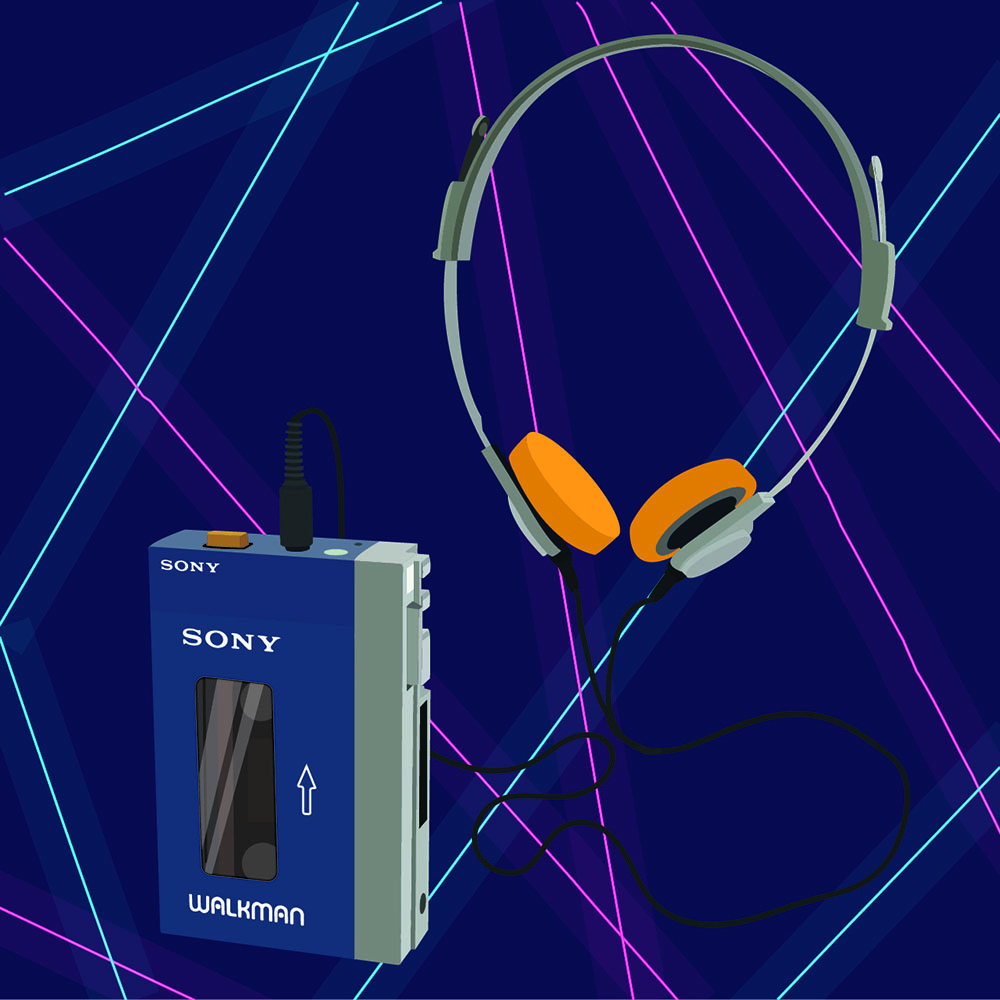

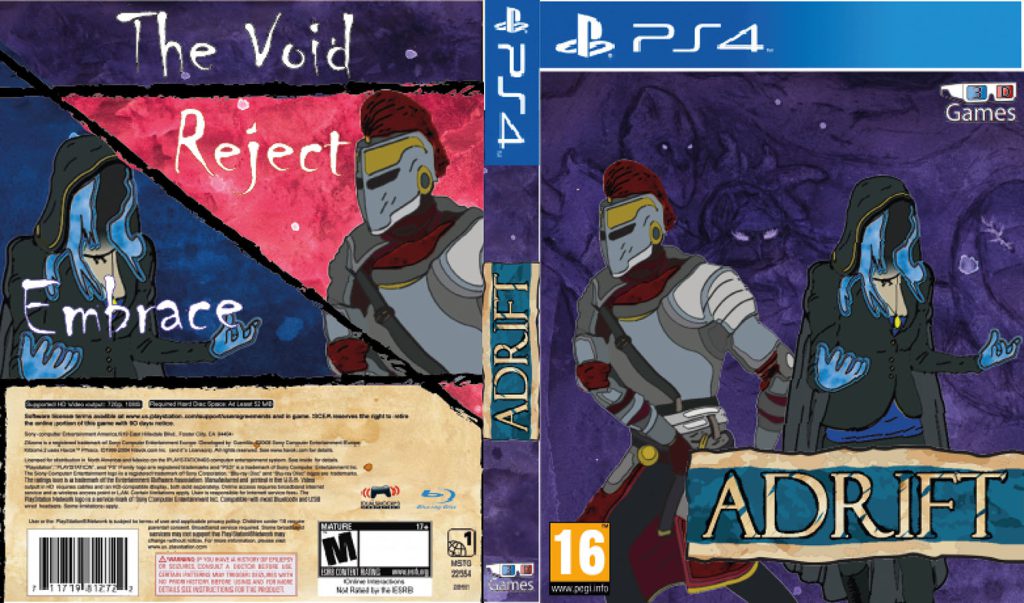
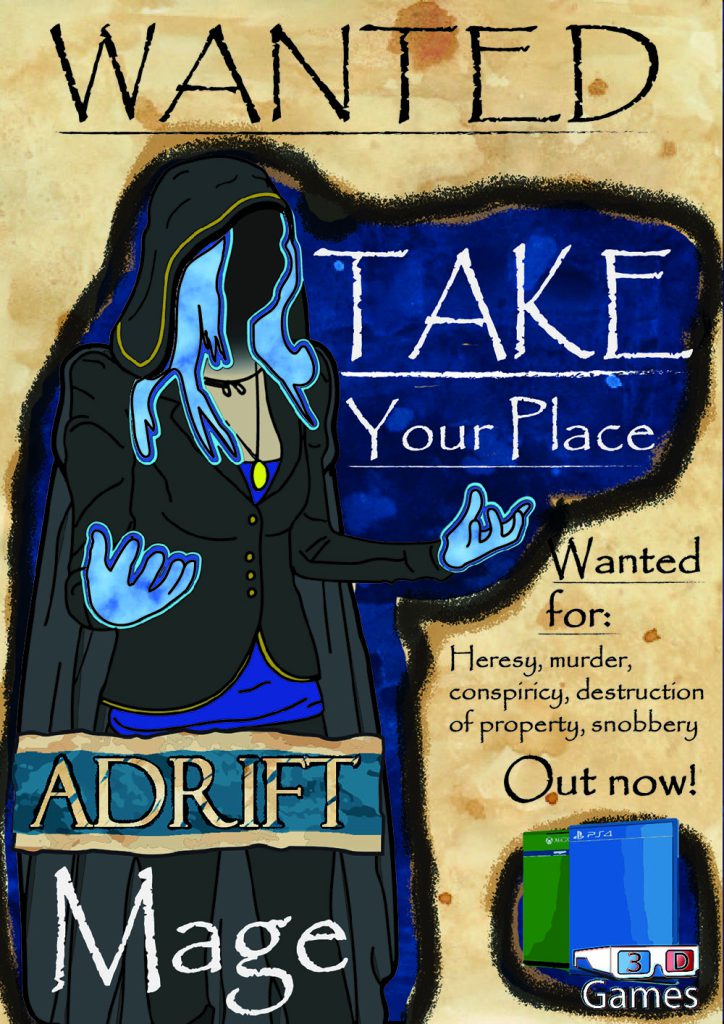

HCA One to Watch First Prize Winner
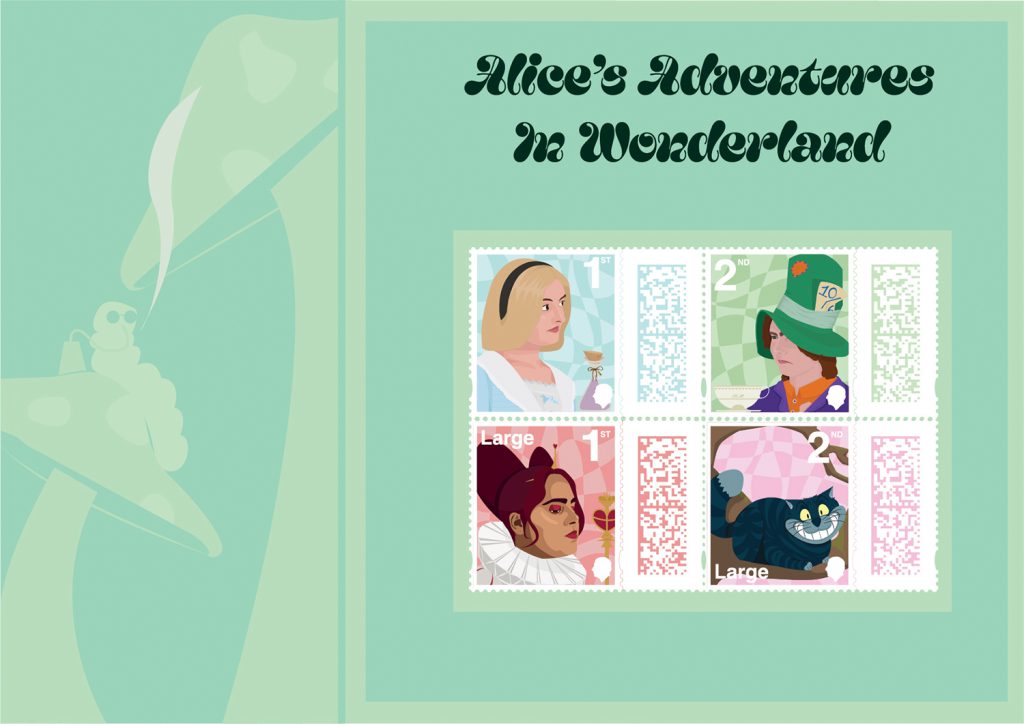
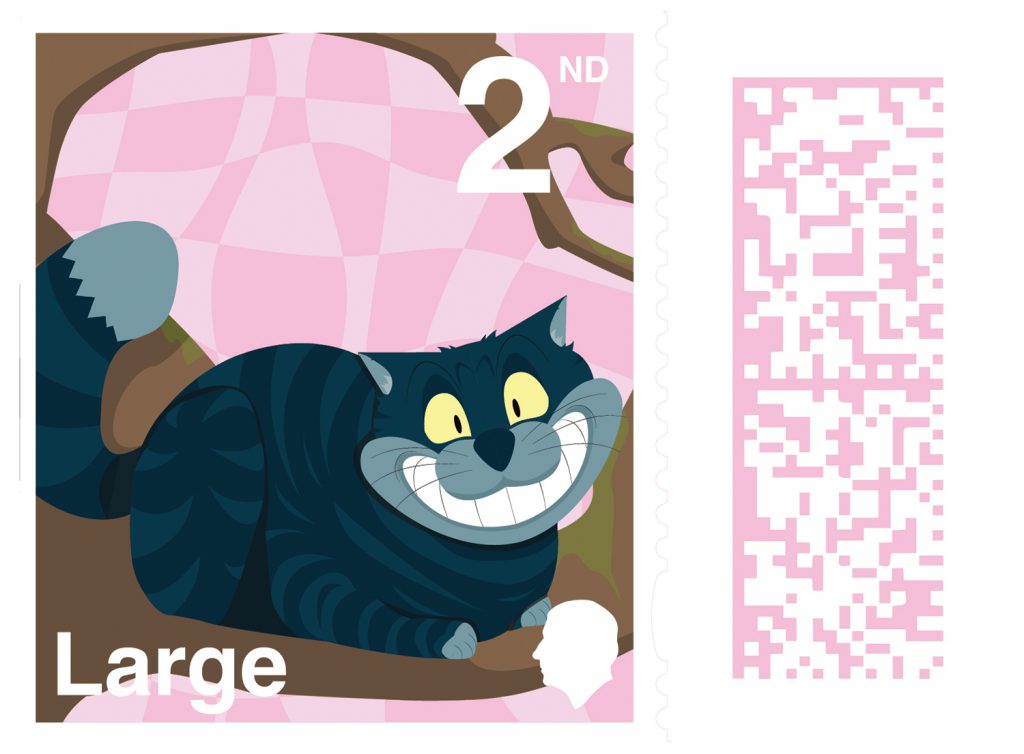



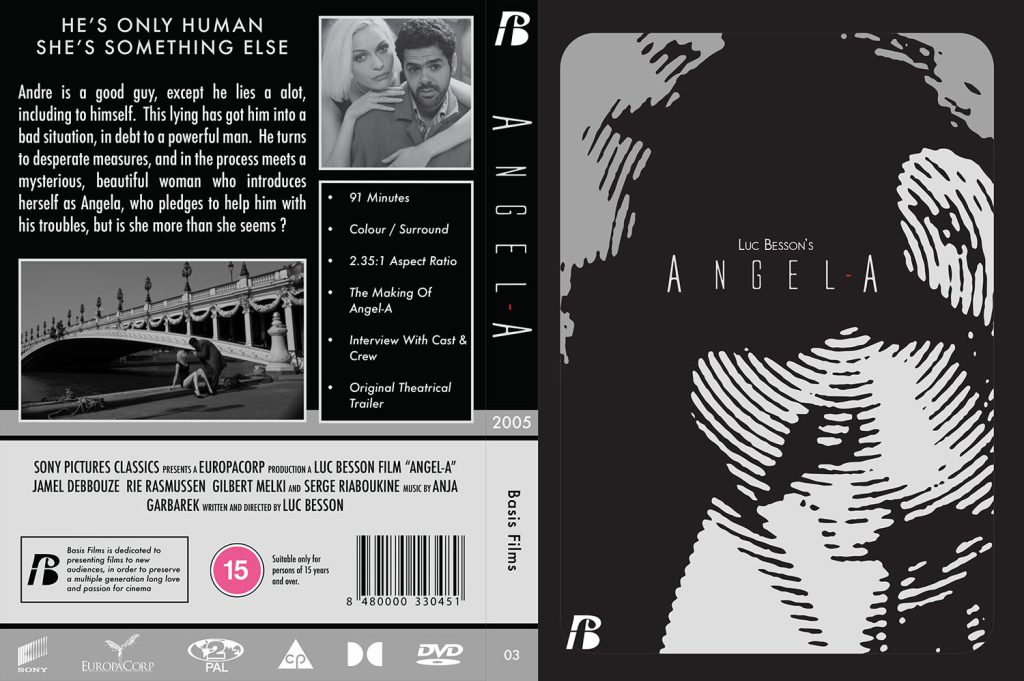
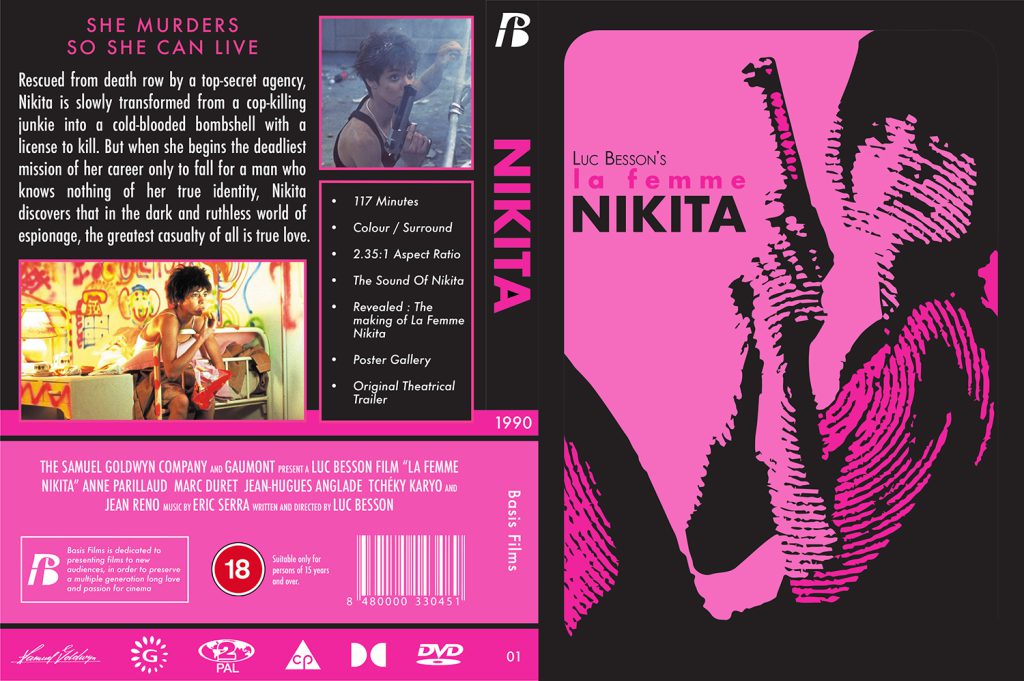
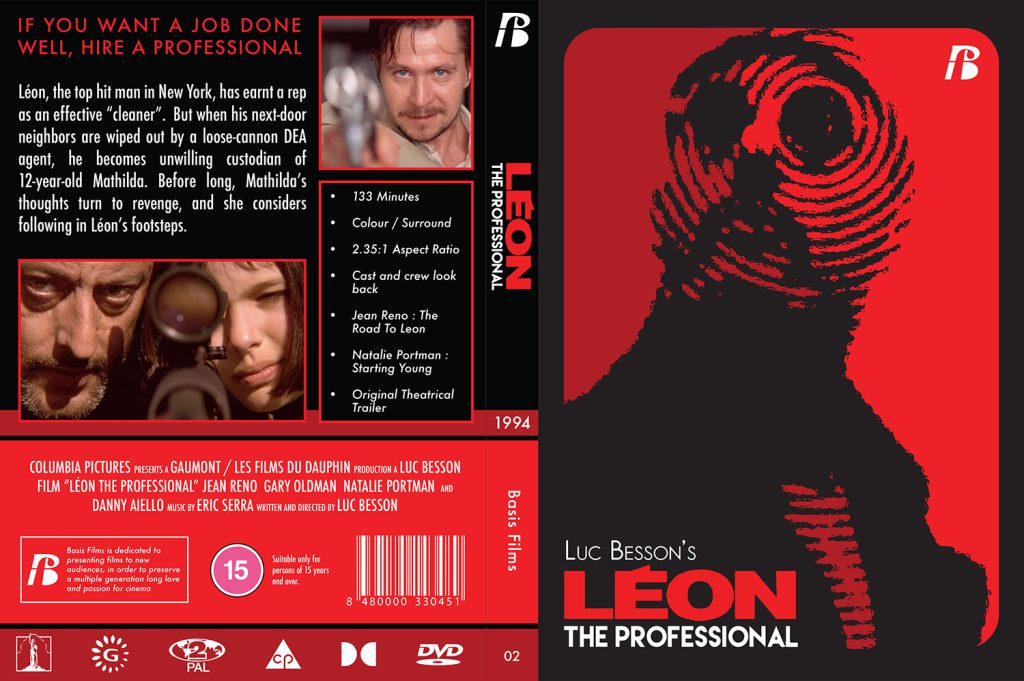


This year has seen the return of our exam project (which due to COVID hasn’t been conducted since 2019) and with it, a workload increase for all on A-Level Fine art. The organisational skills and motivation of the students has really been tested, working with given topics presented by the exam board, which at times can often be frustrating. However, all the students have risen to the challenges presented over the year and produced high quality work they should be proud of.
This year we’ve even managed to resume our educational visits, with trips to Liverpool, London and even Berlin. These have inspired and engaged our cohort and provided them with some additional inspiration outside of the classroom.
The students should be extremely proud of their achievements – as am I – and I wish them all the luck for the future.
Gillian Worley, A-Level Fine Art Tutor, Dudley Sixth


